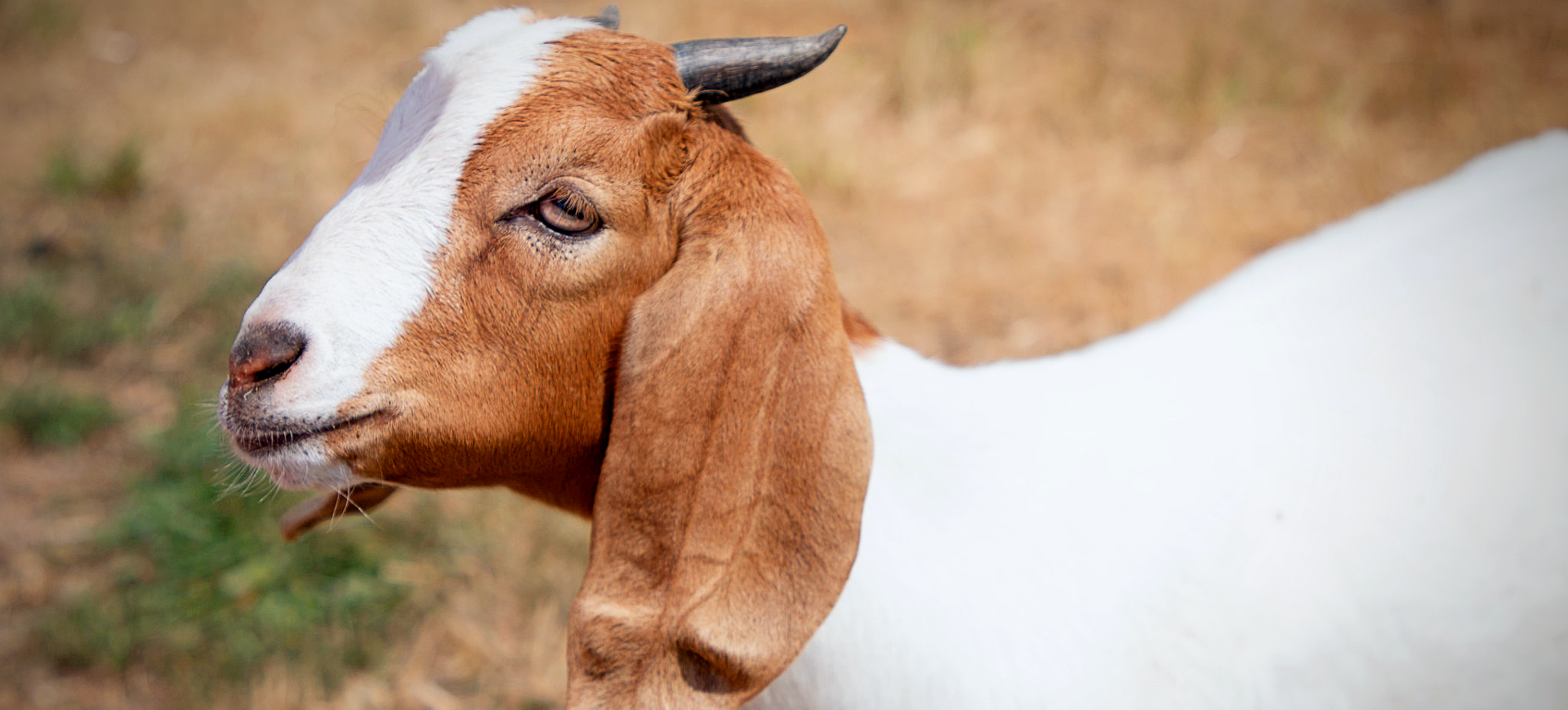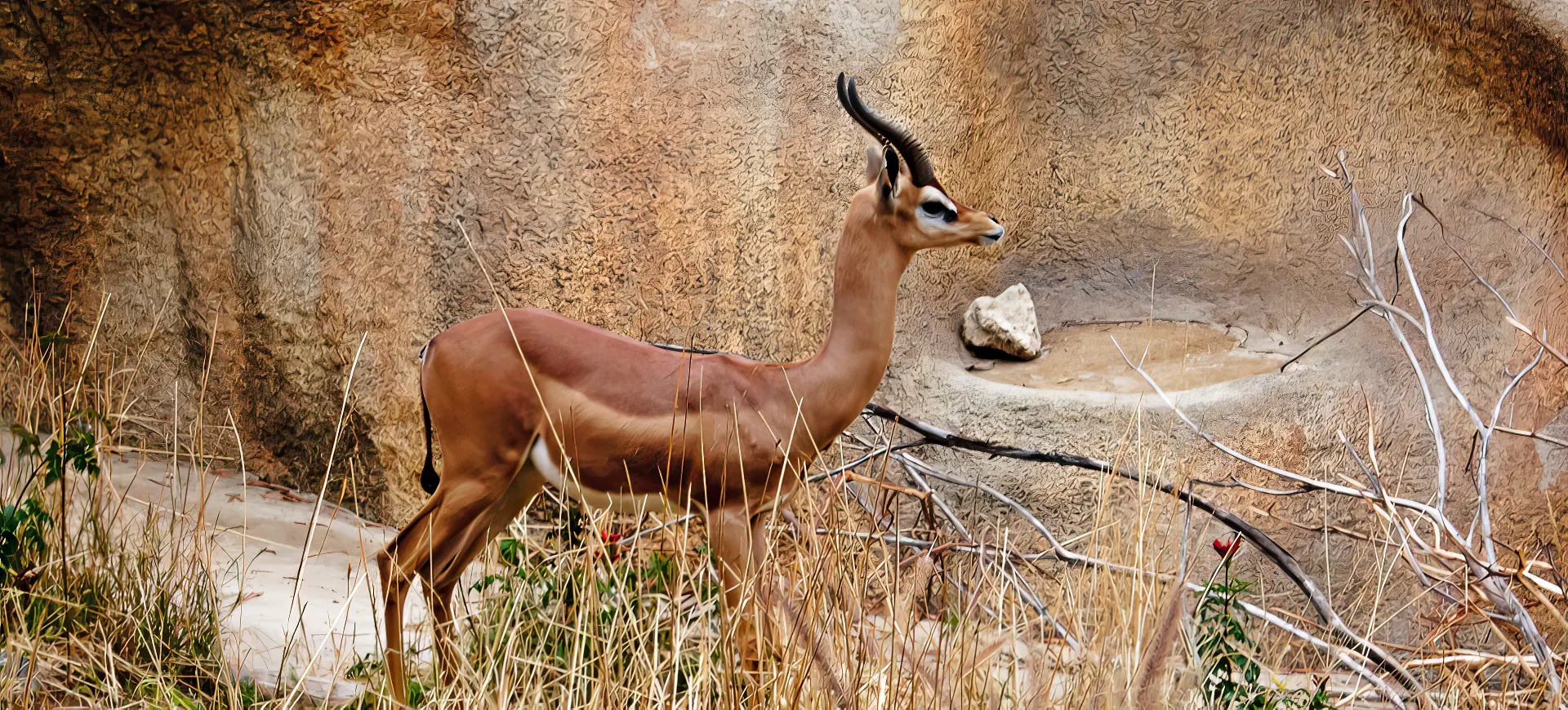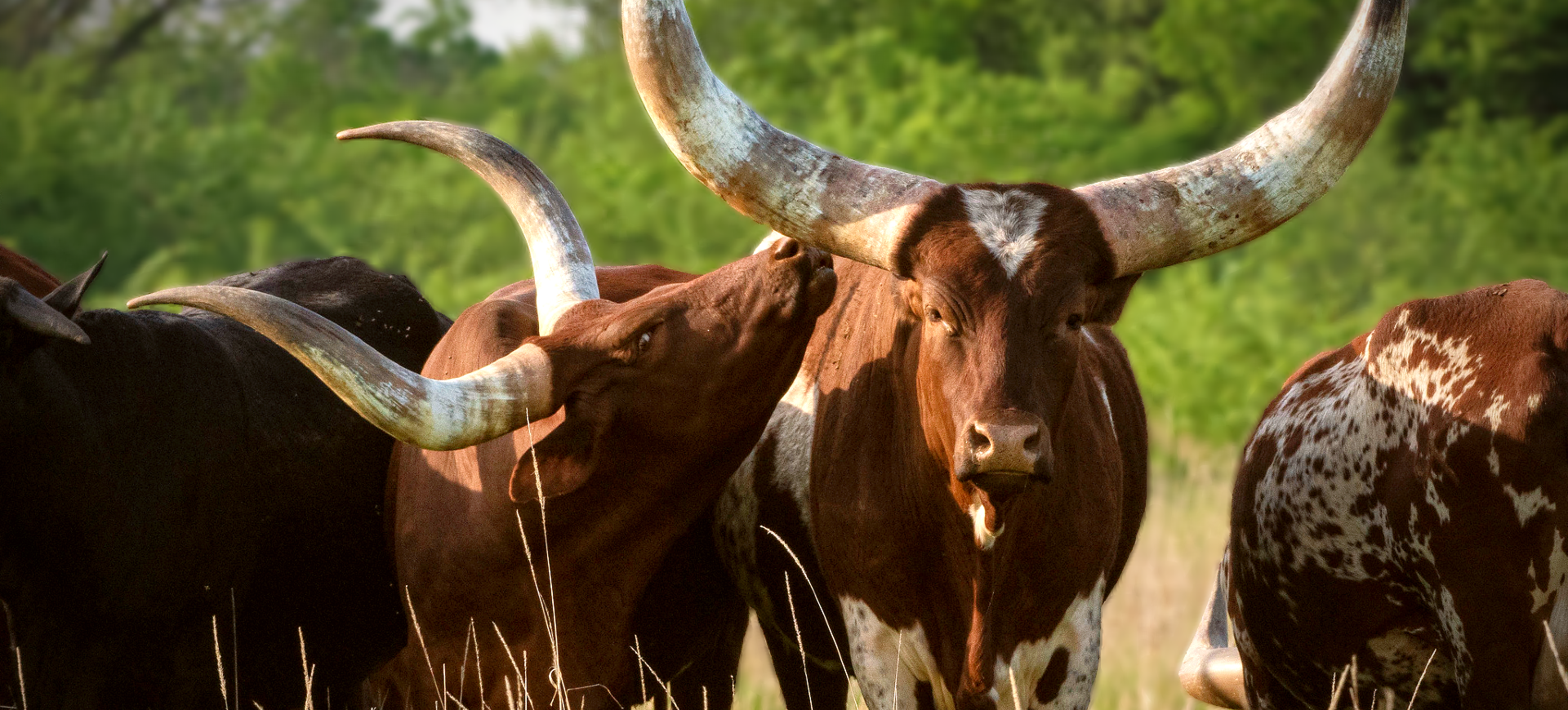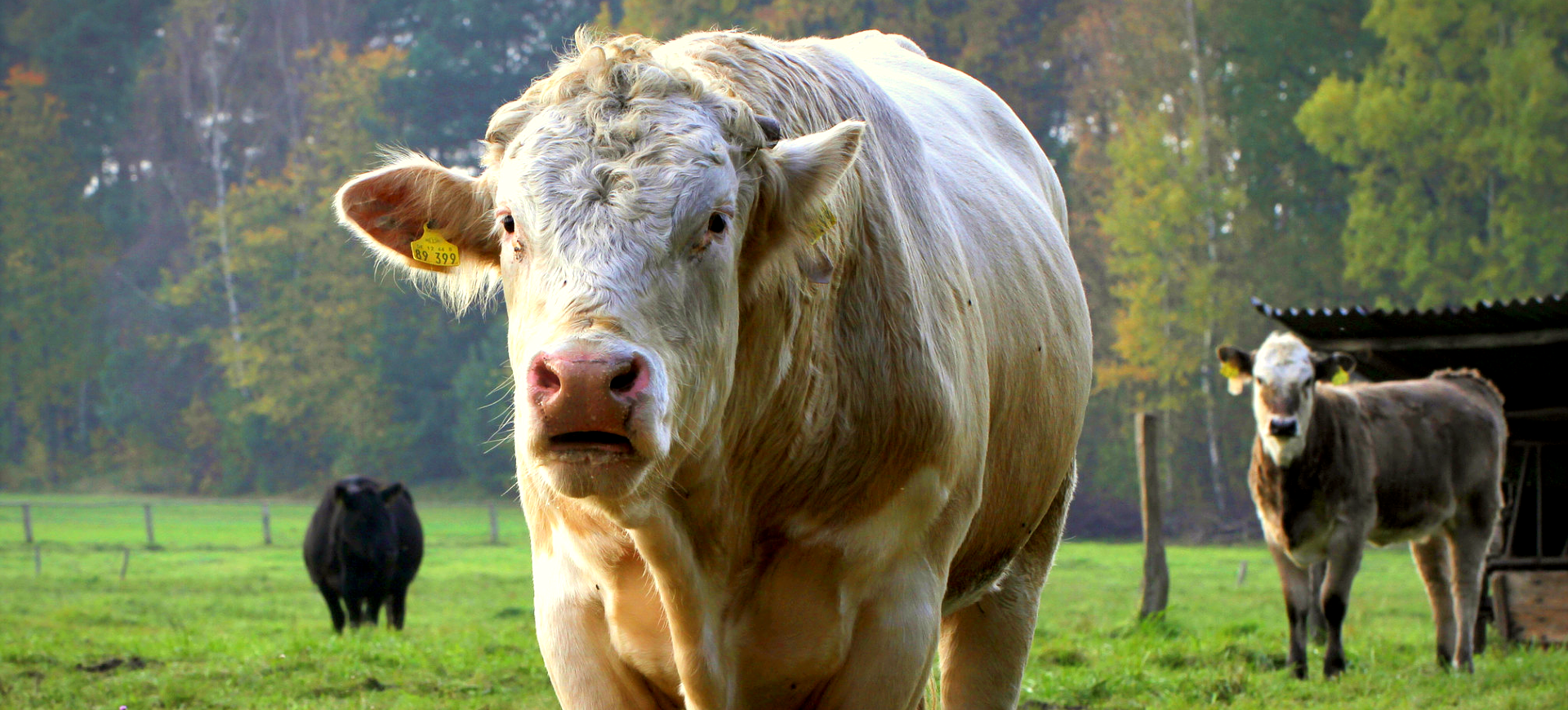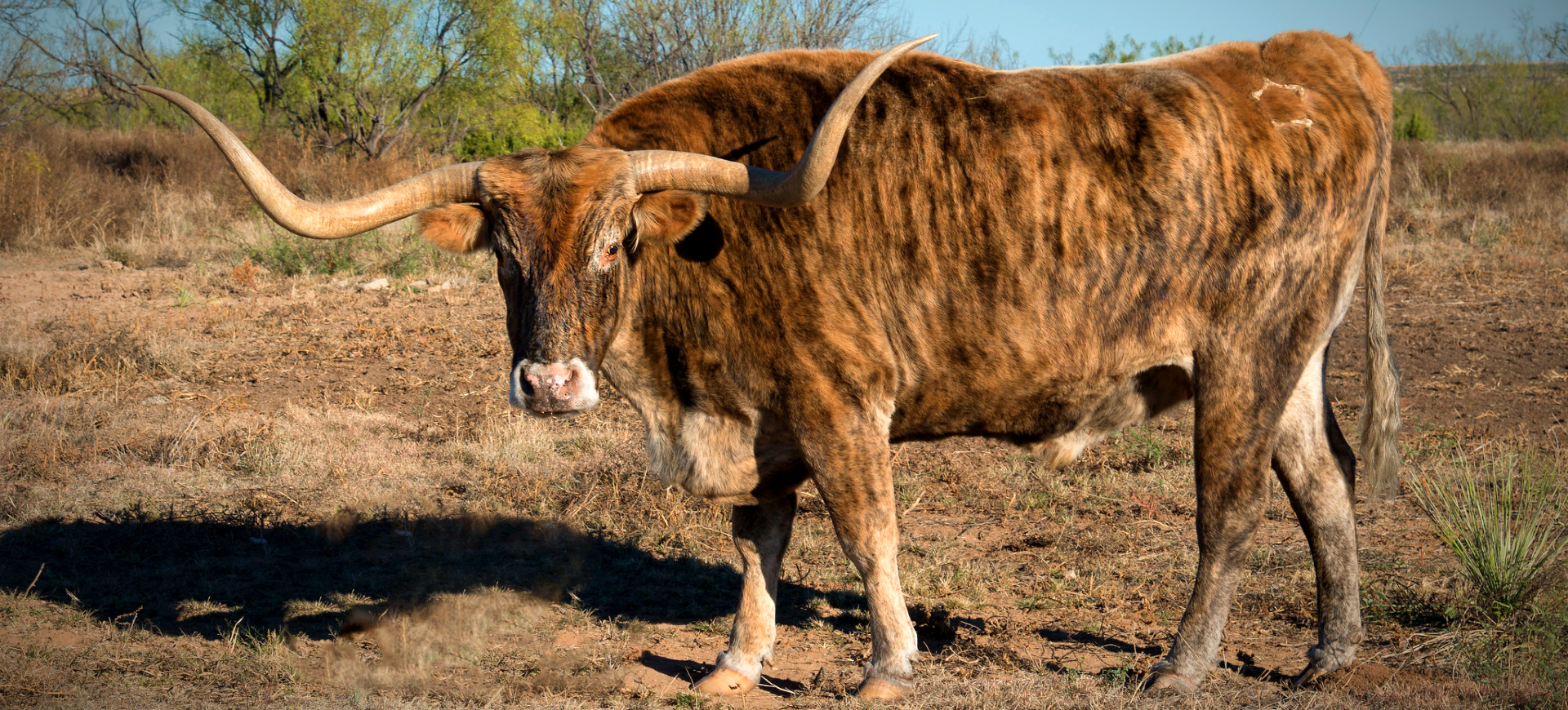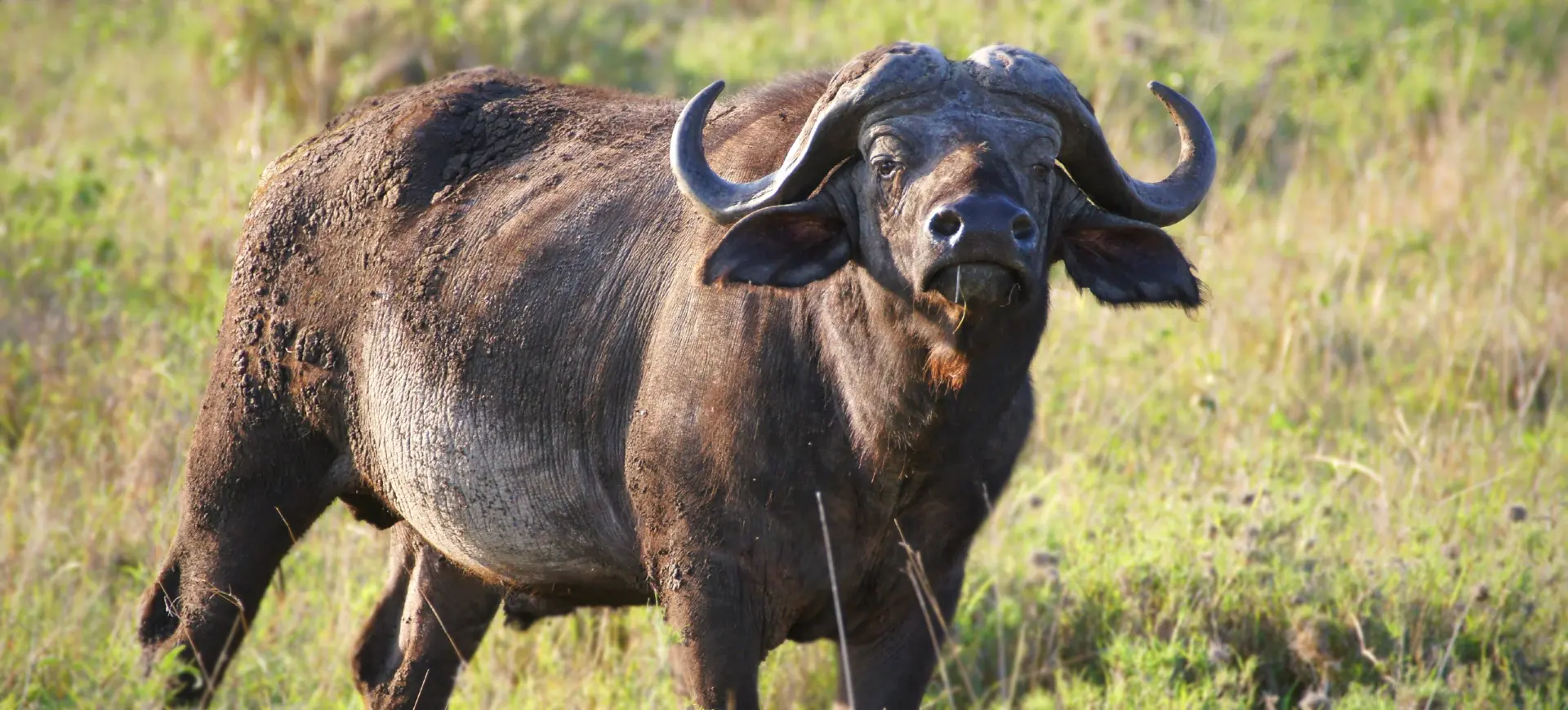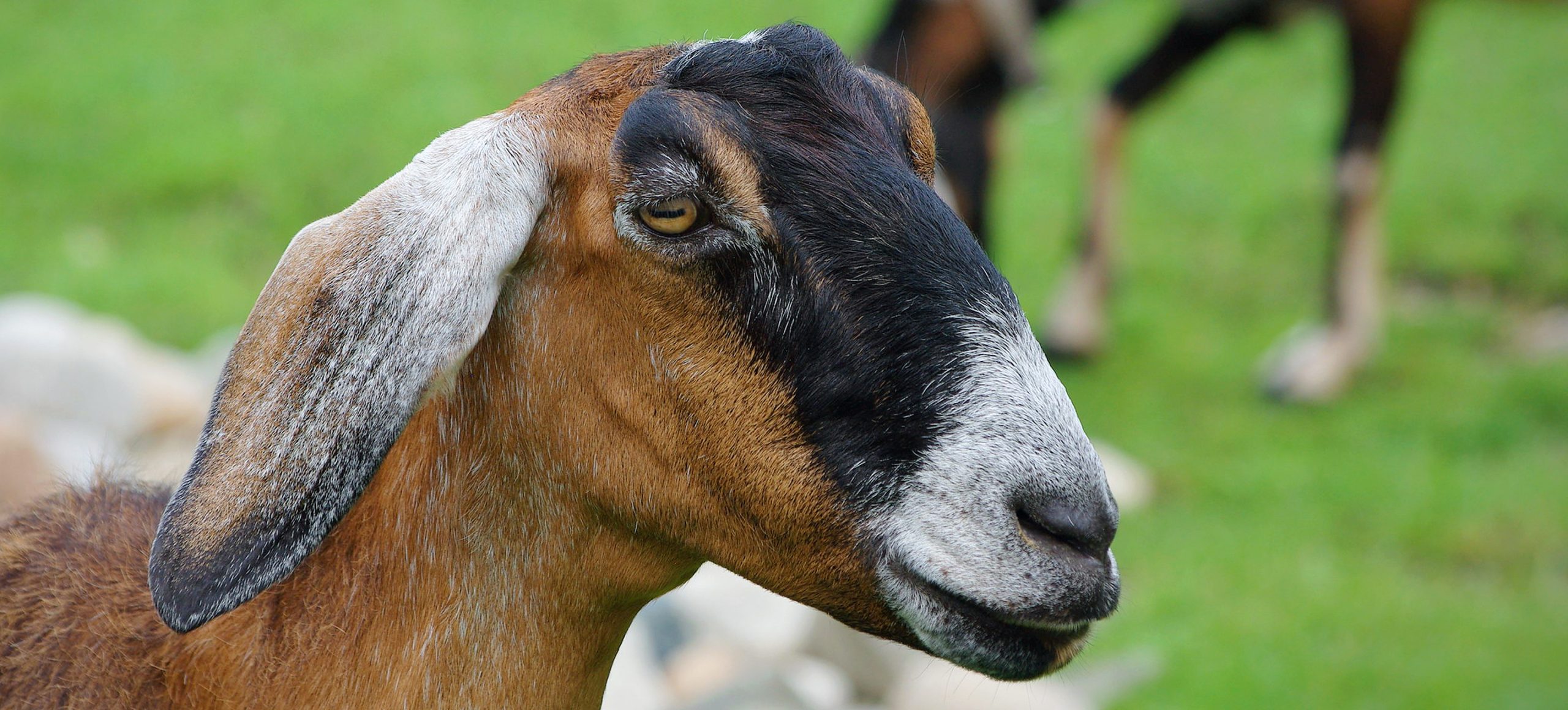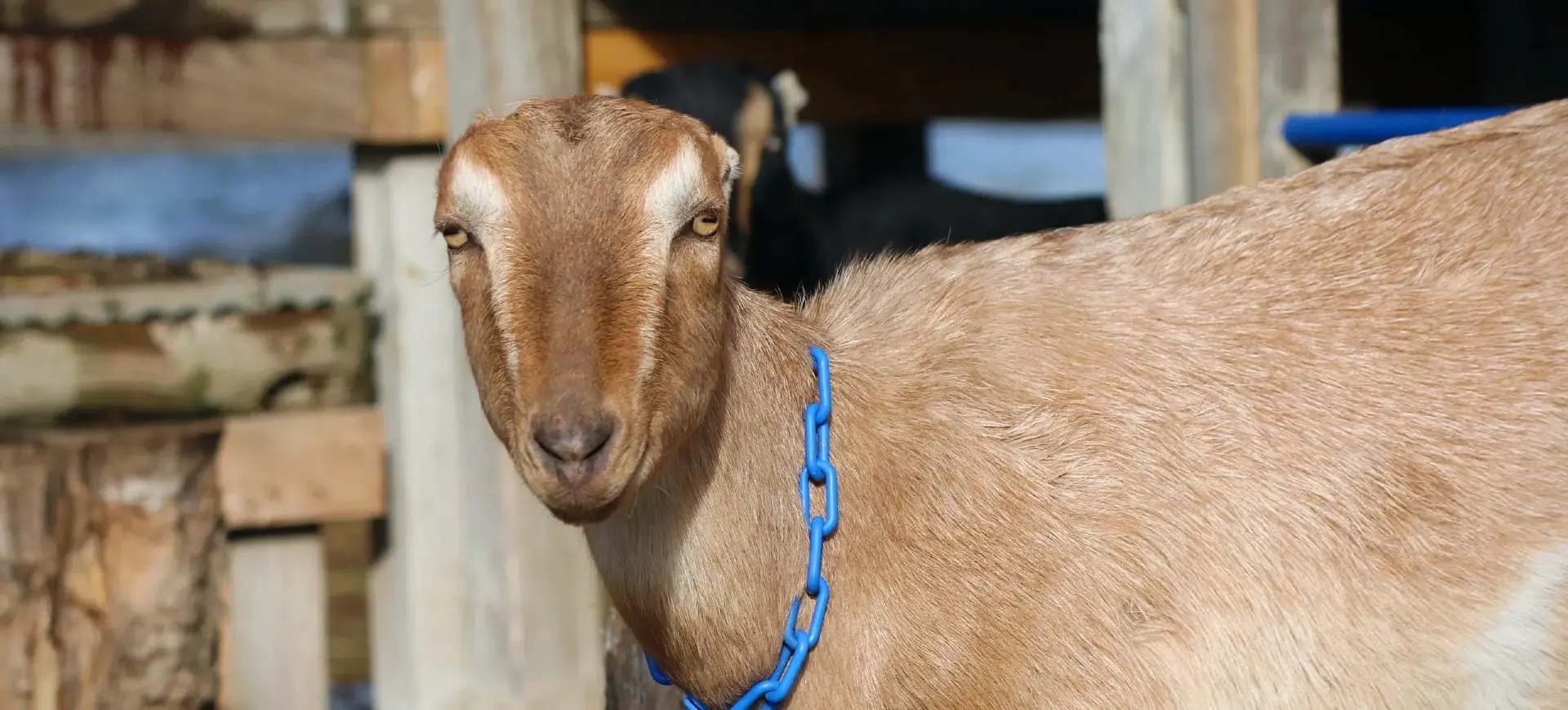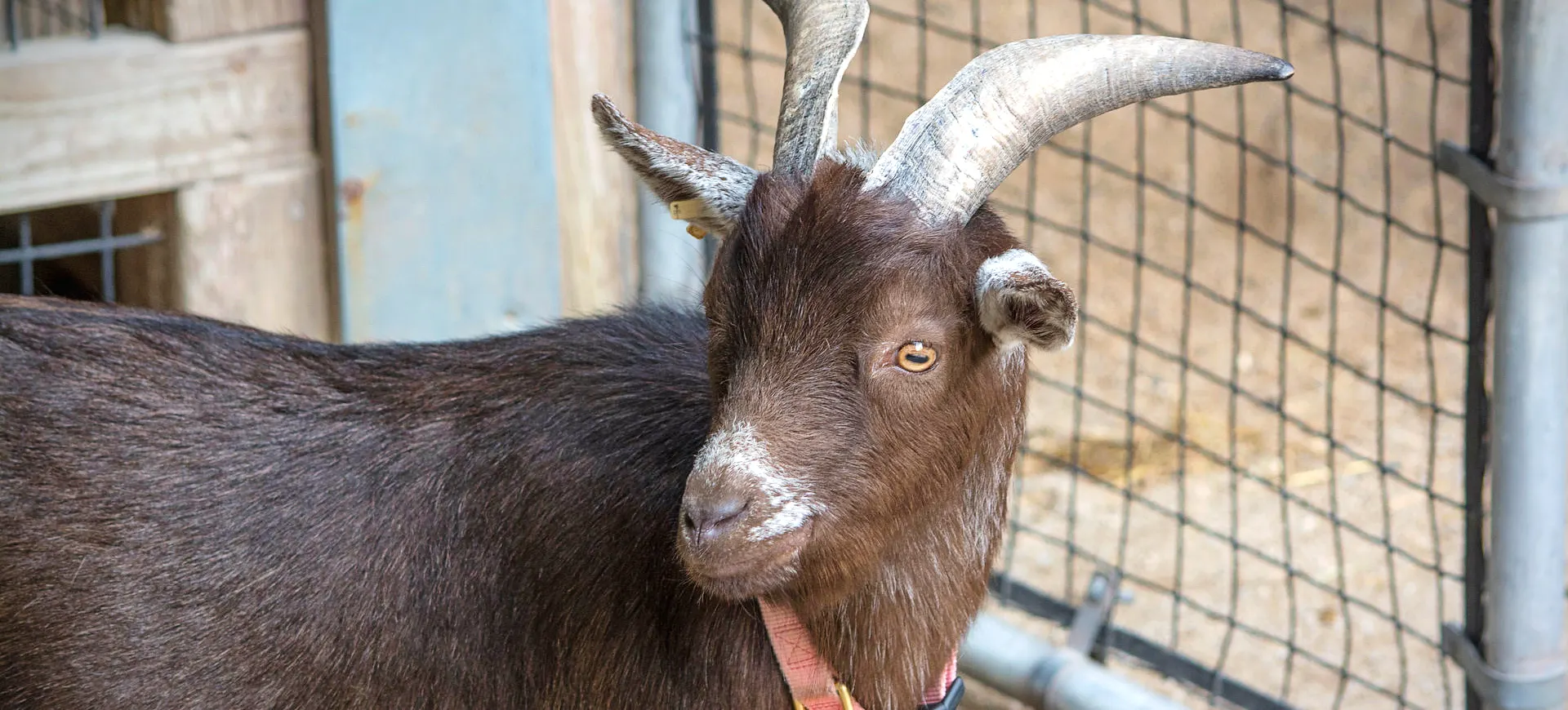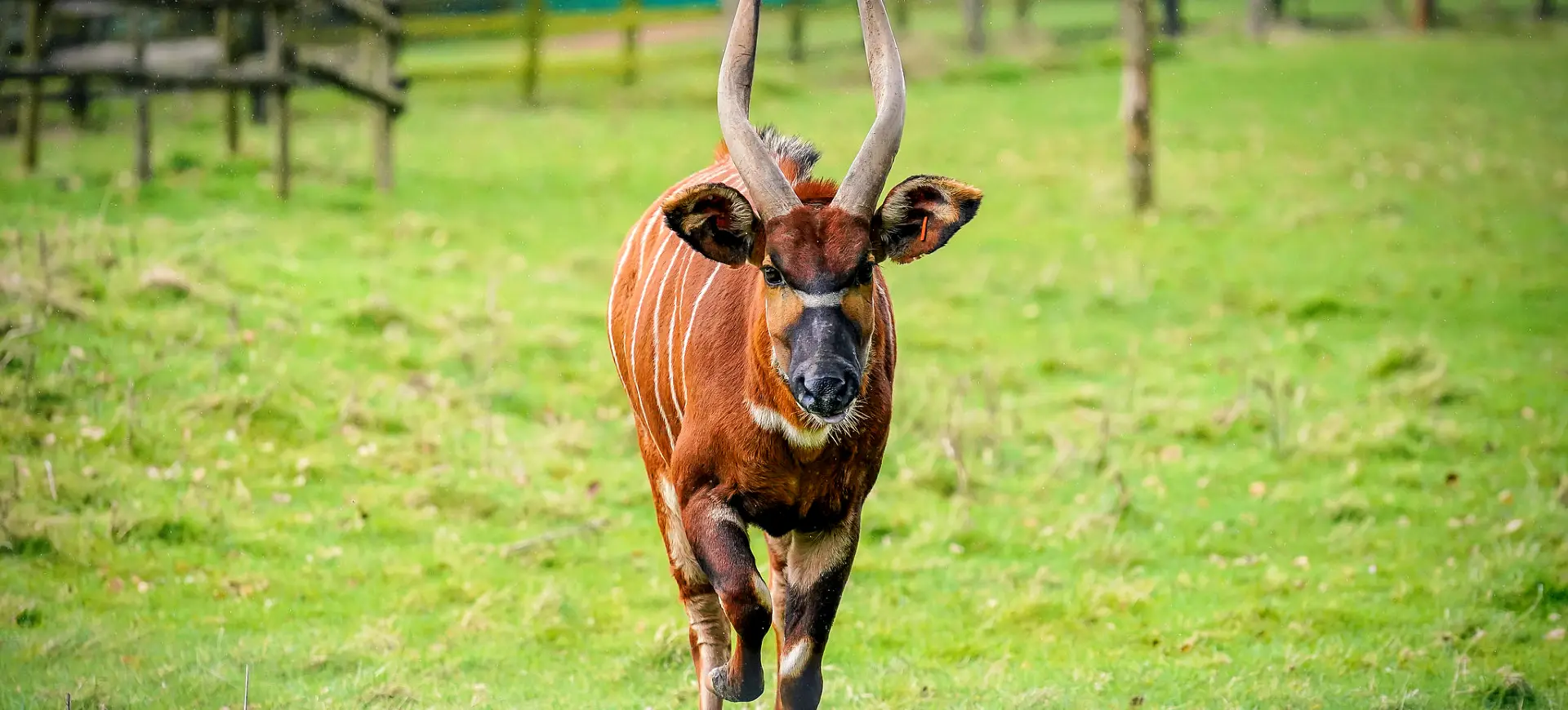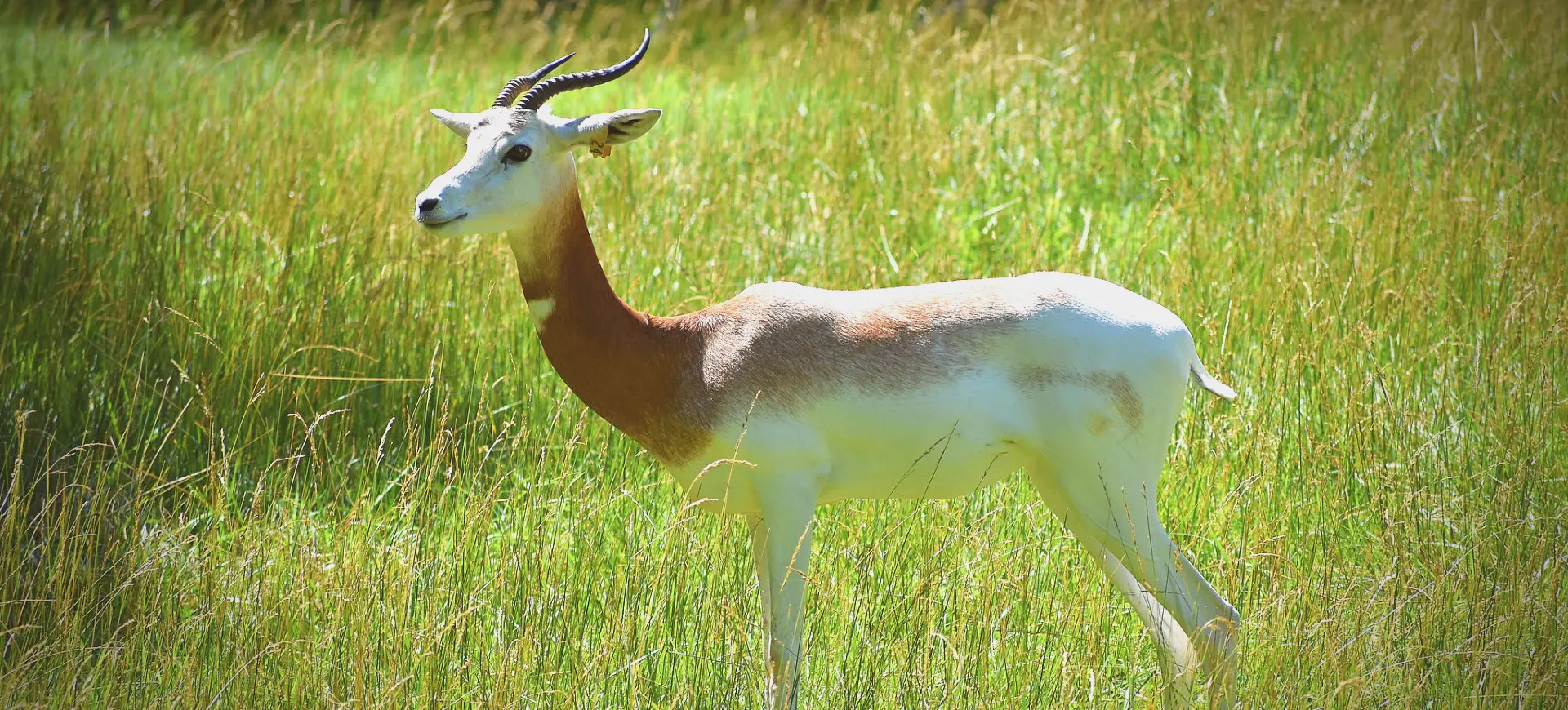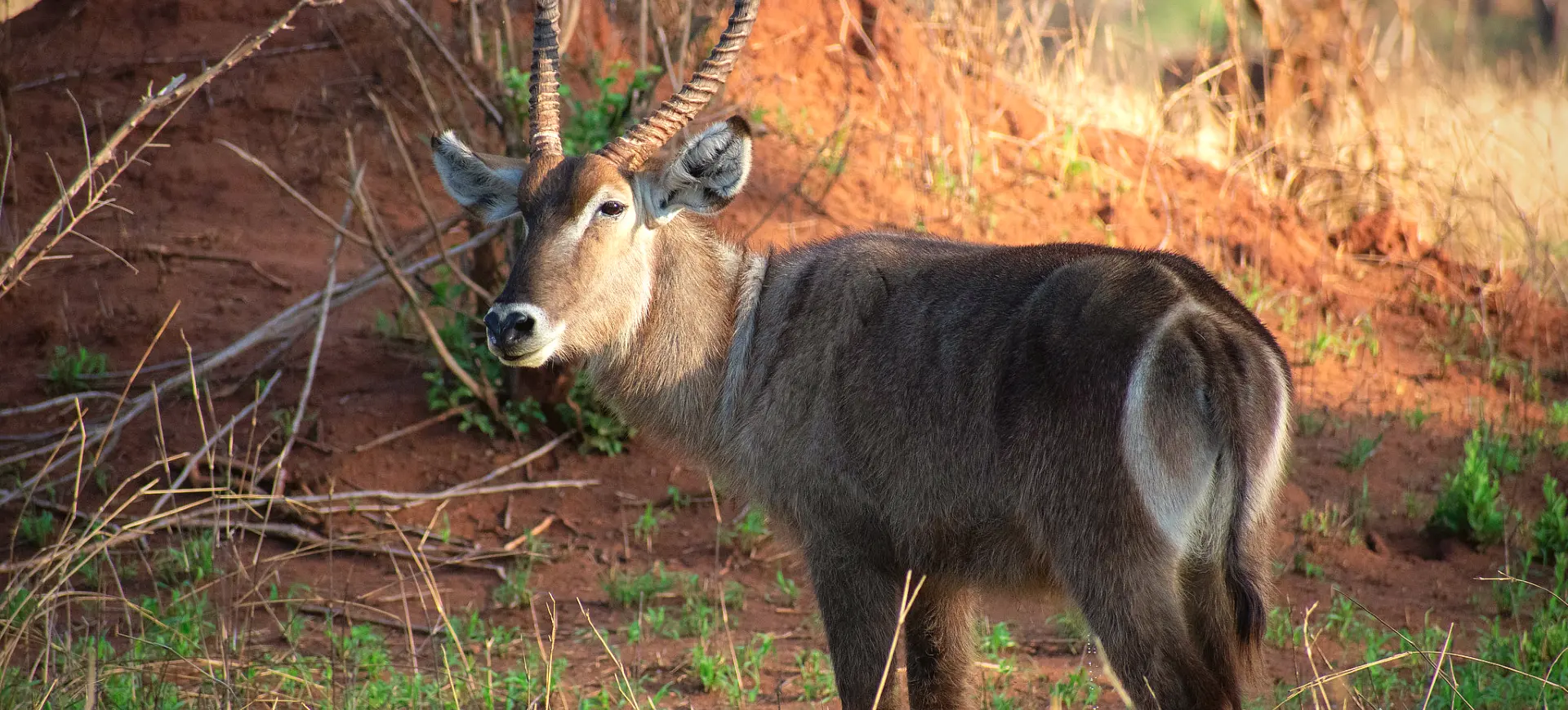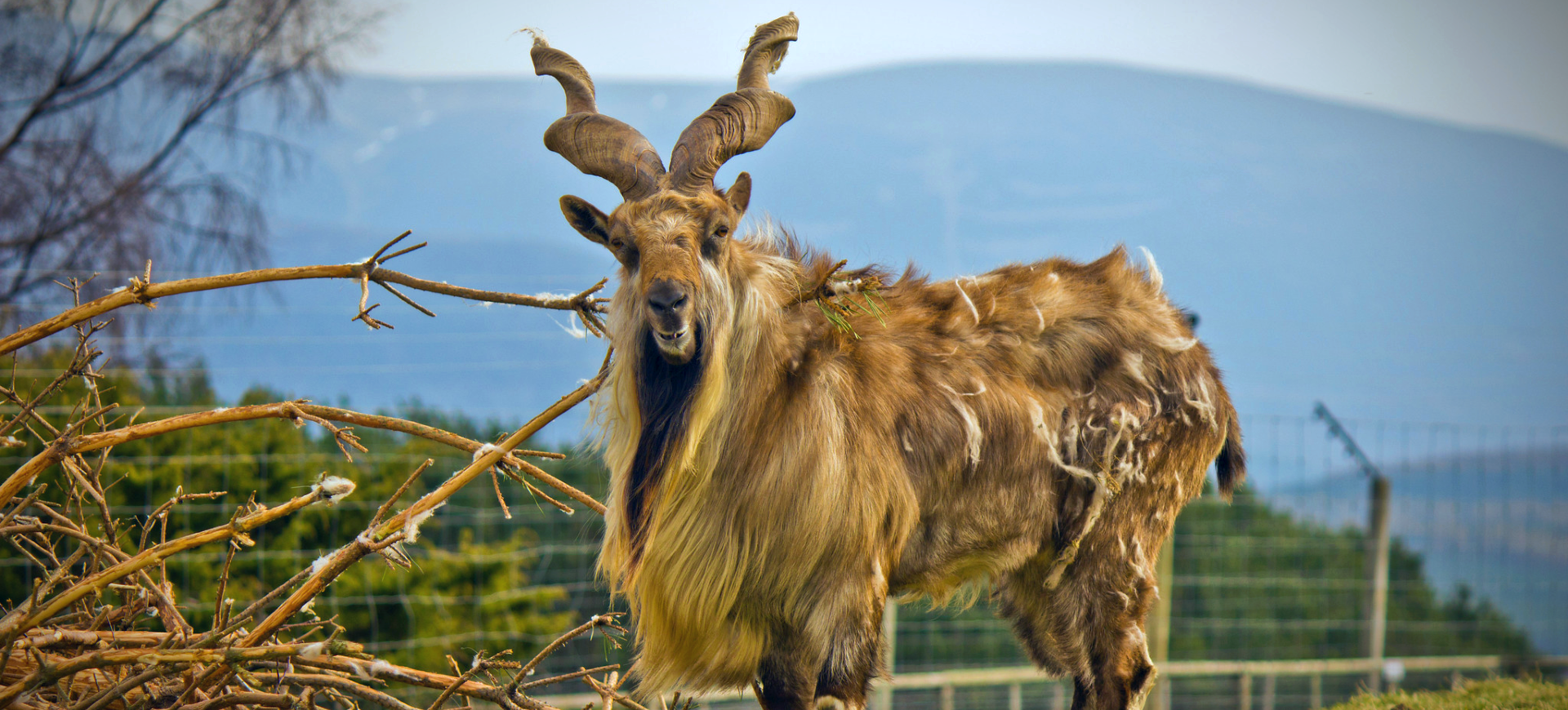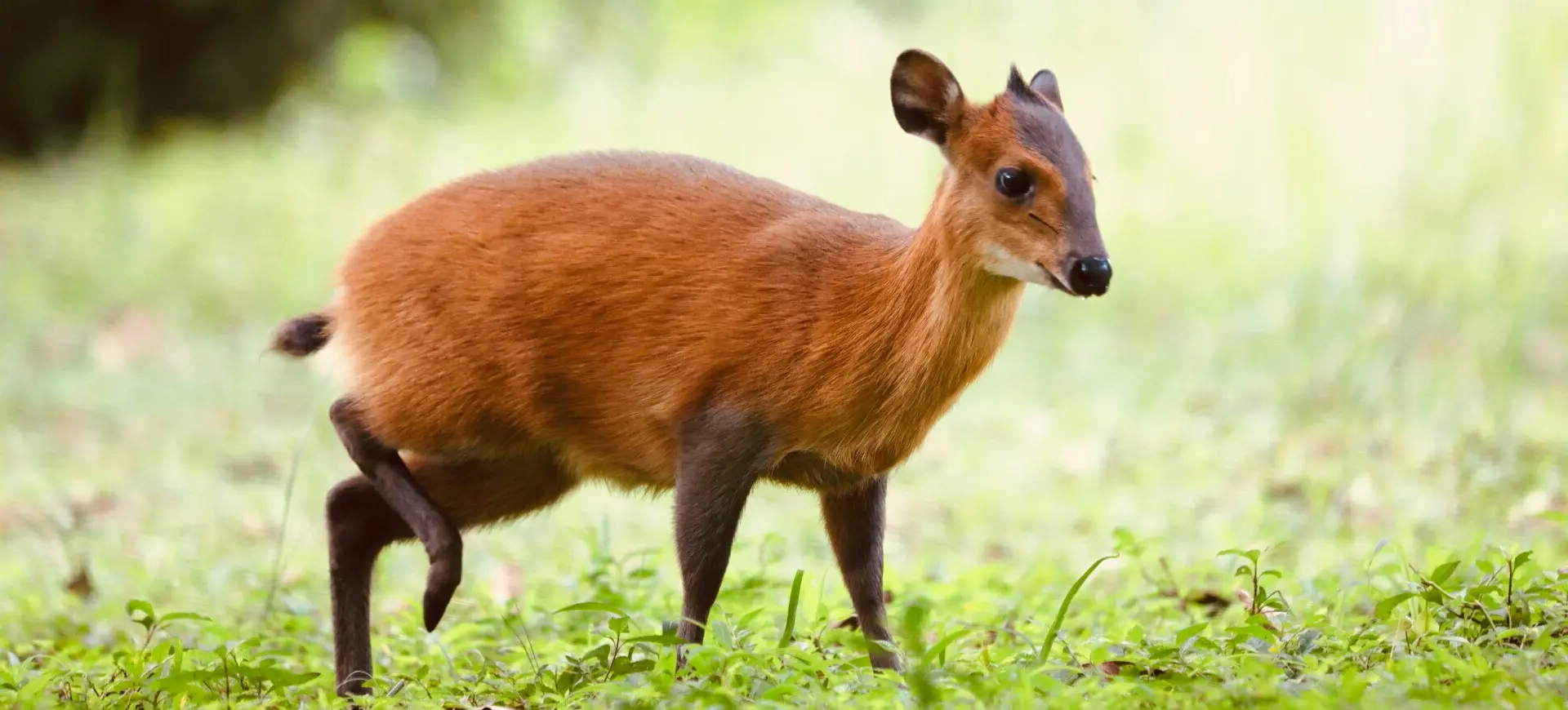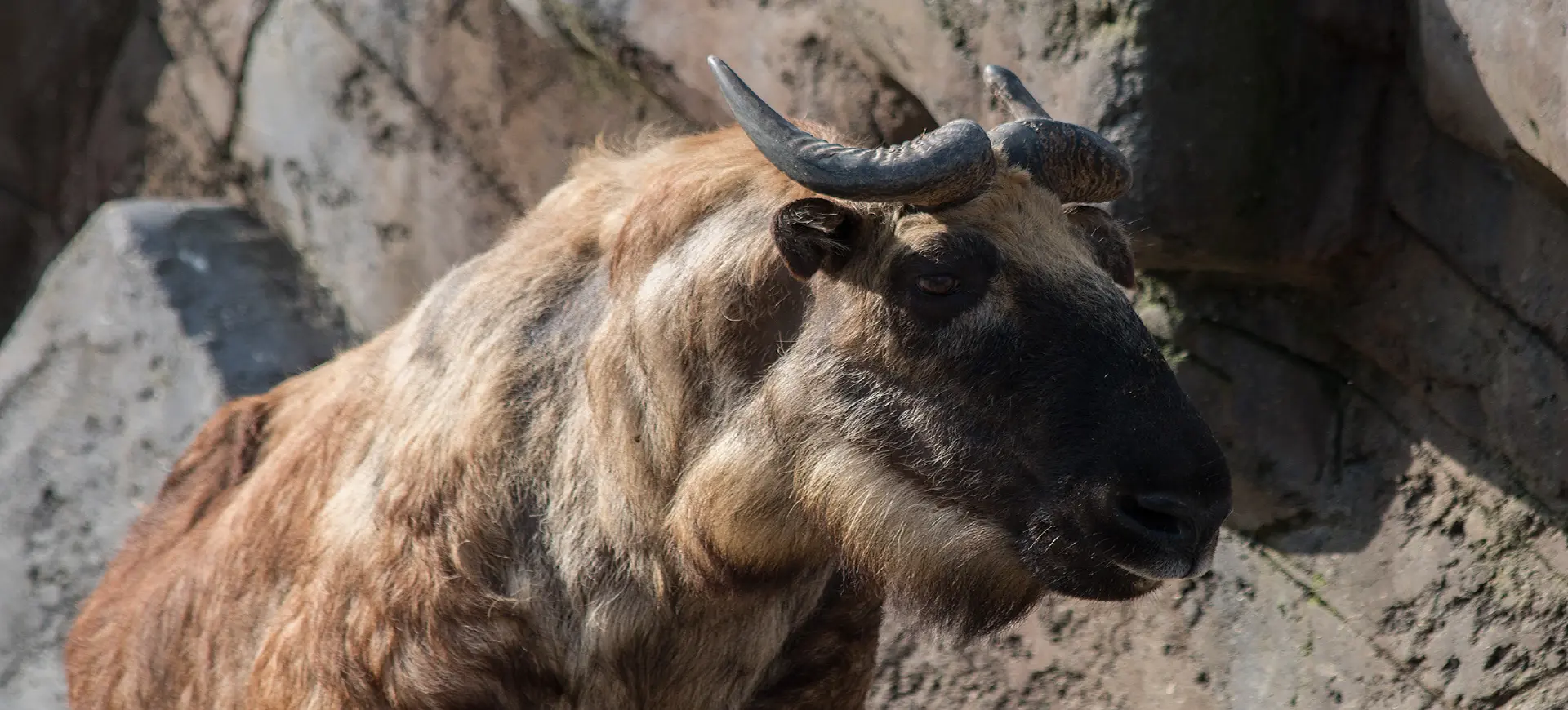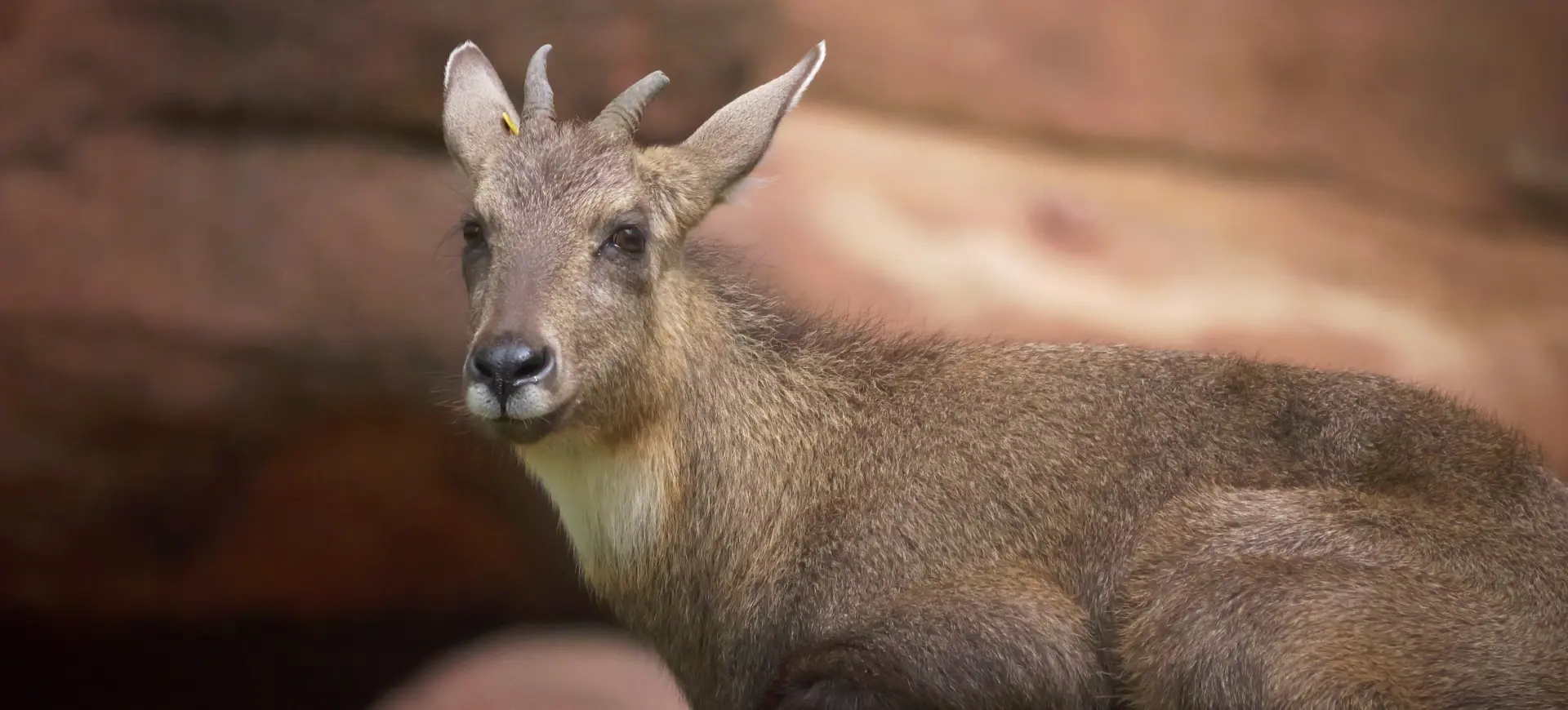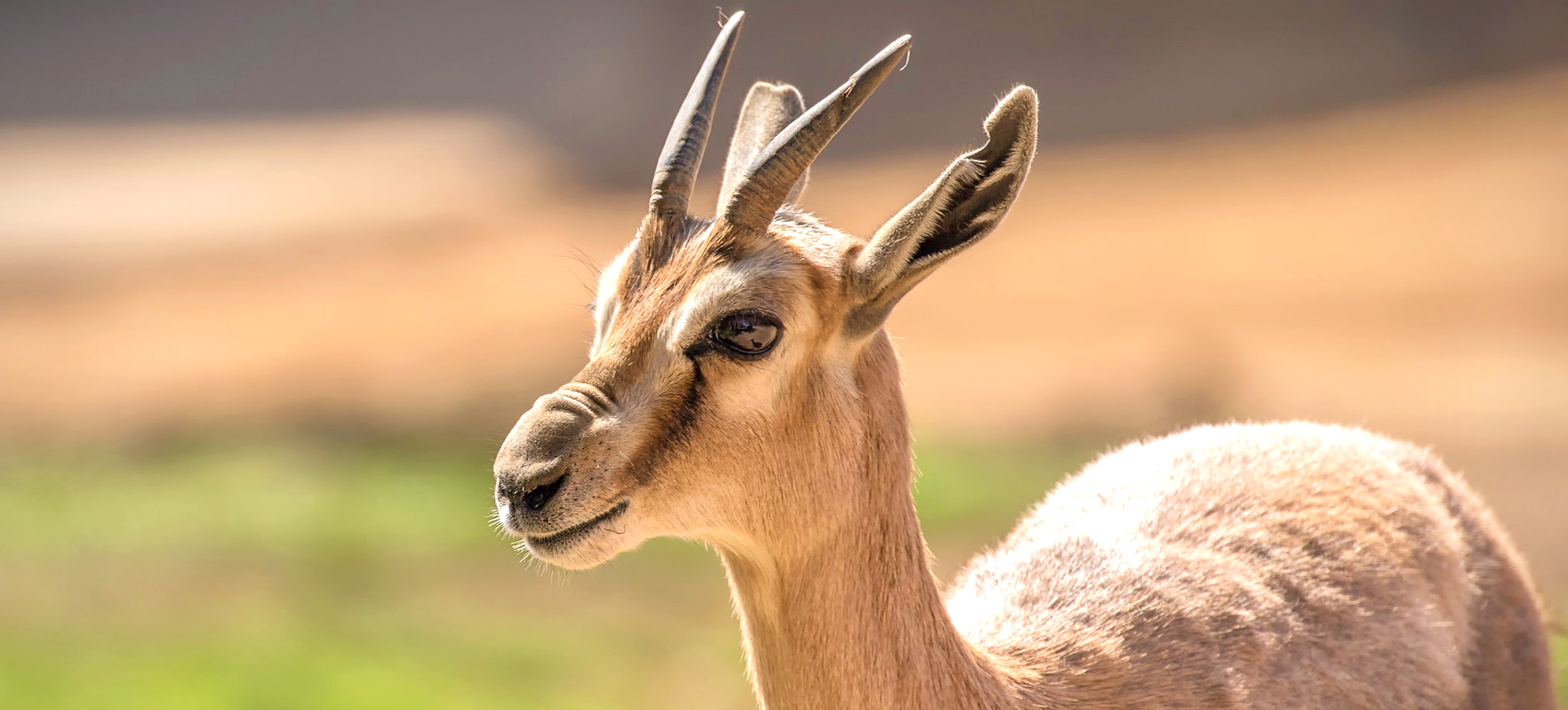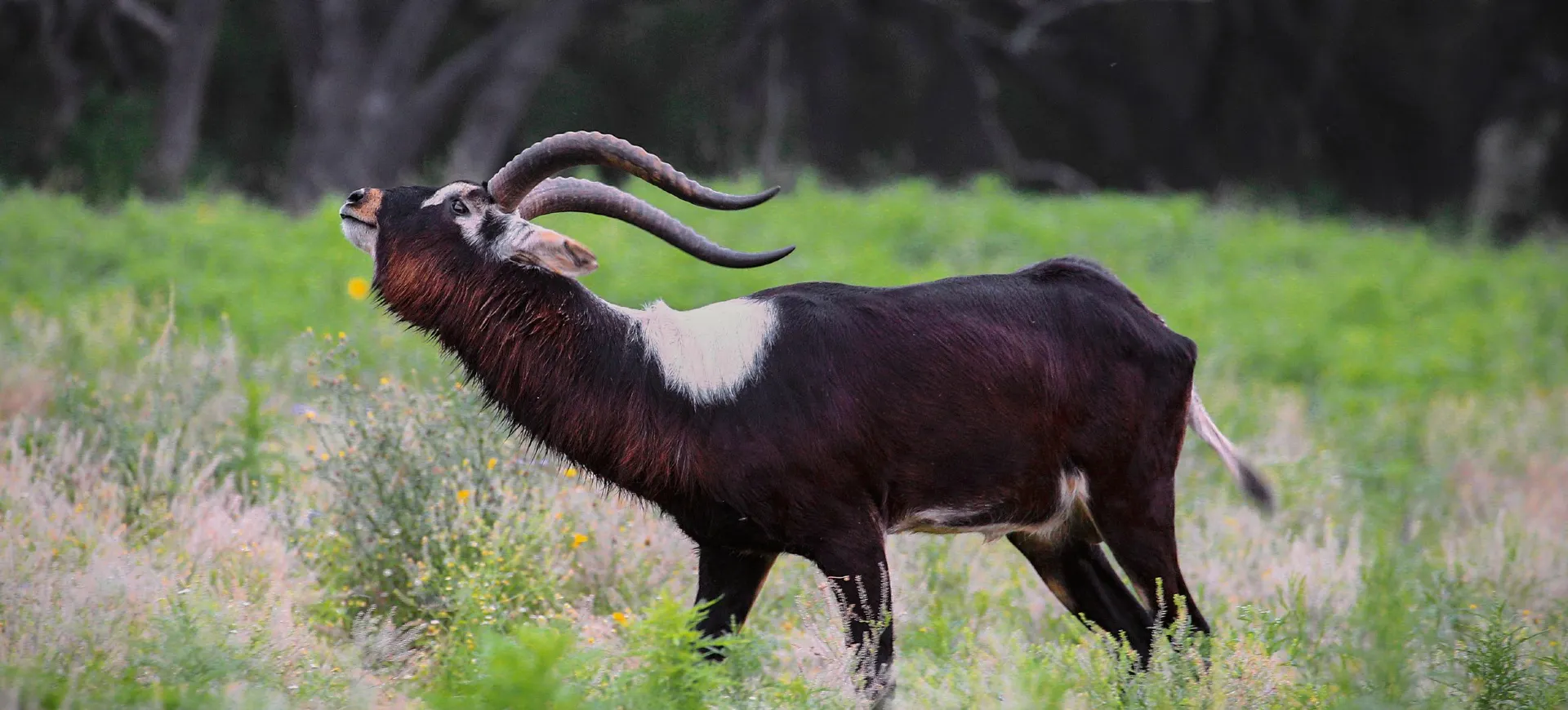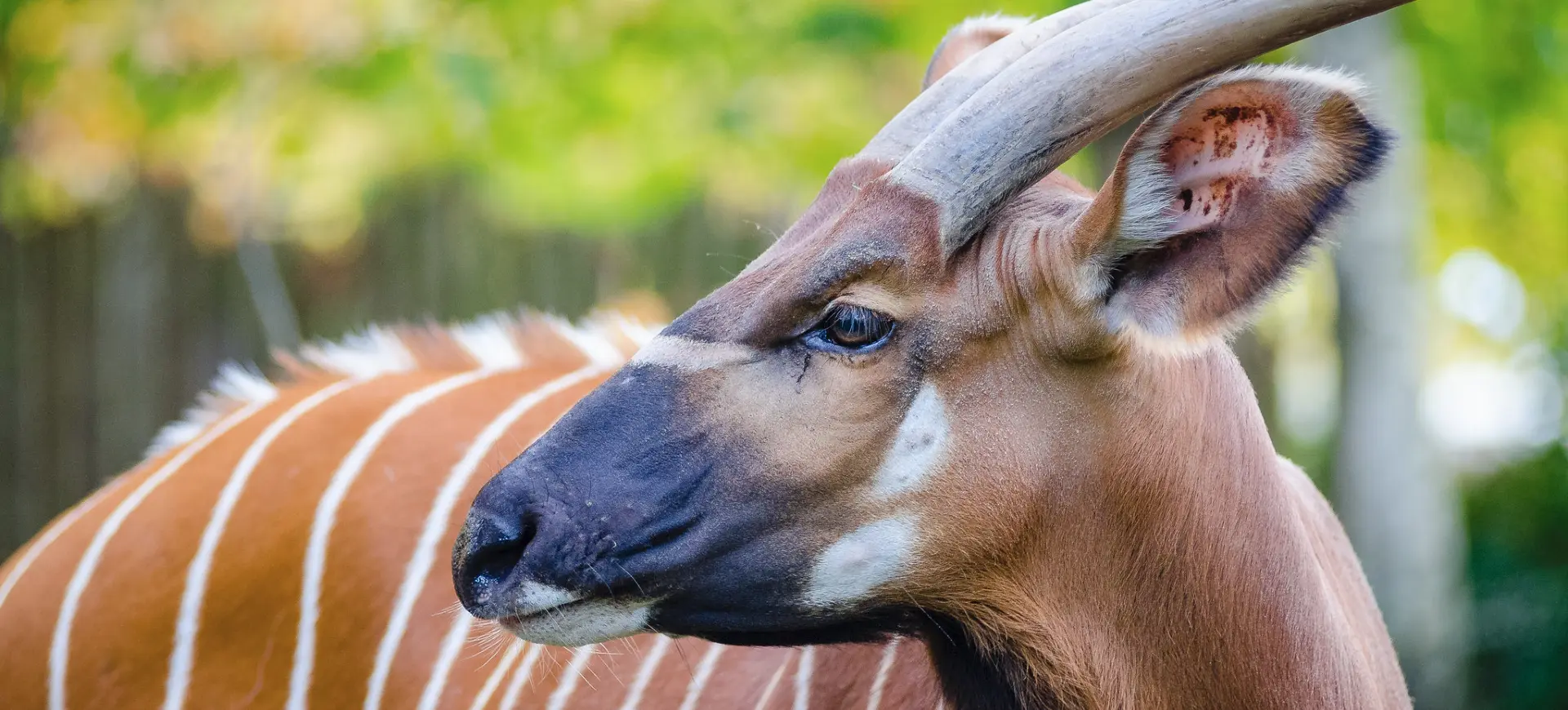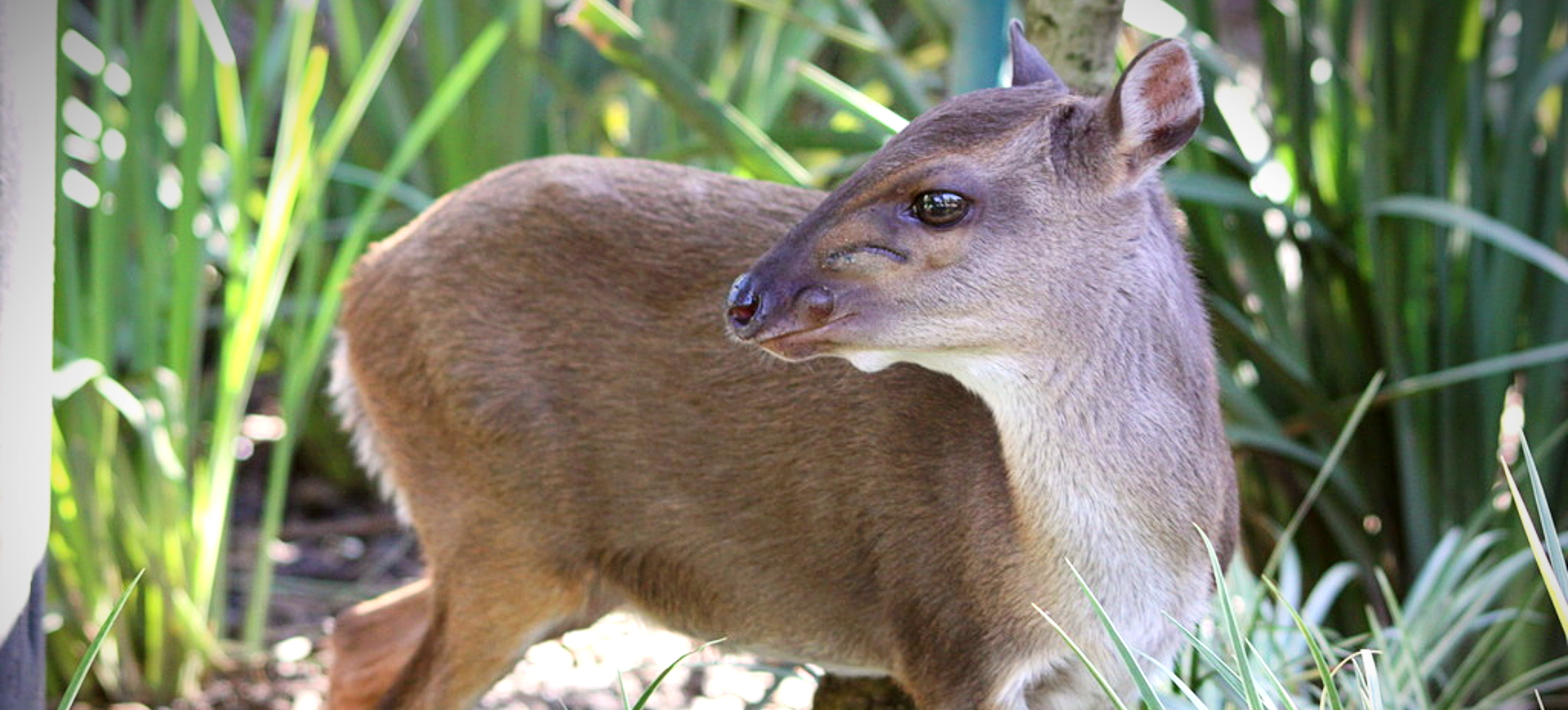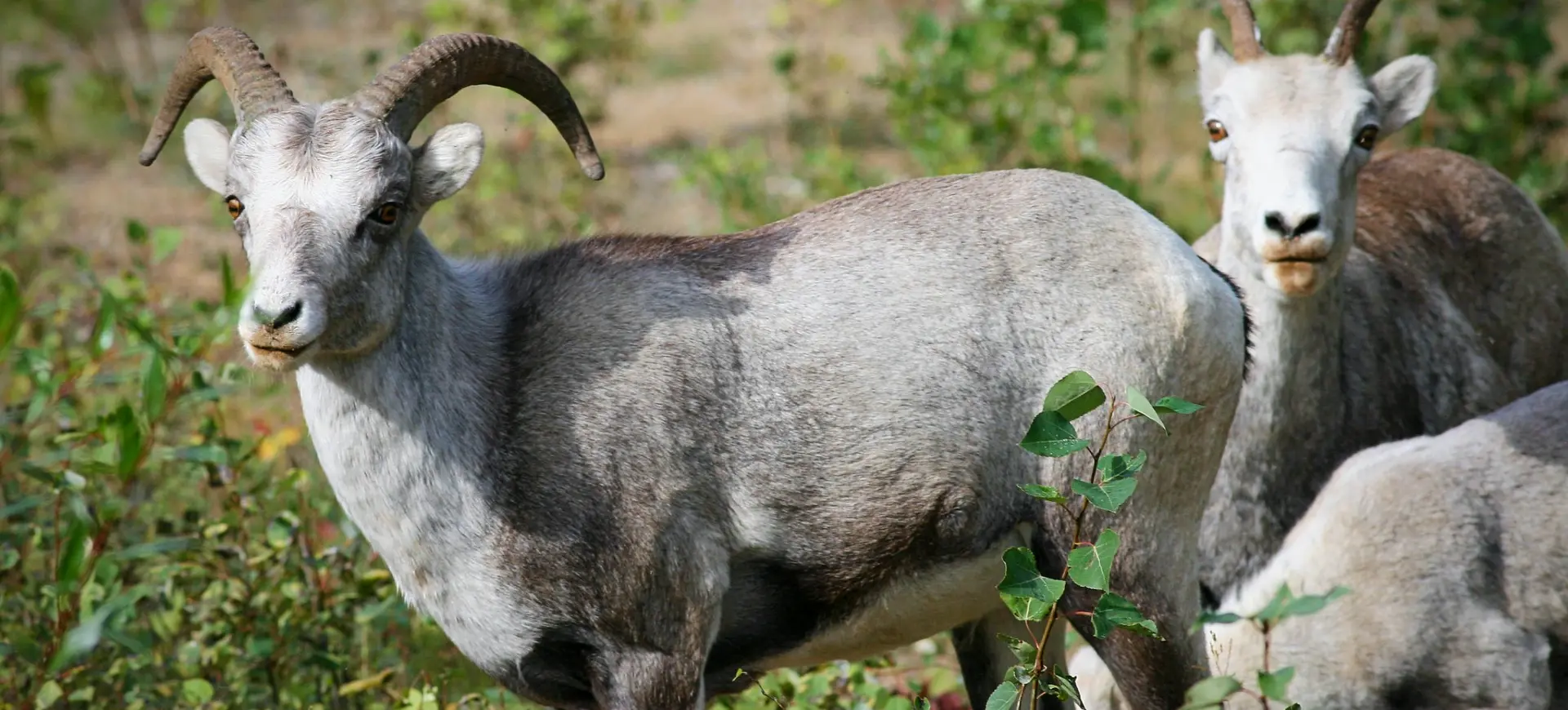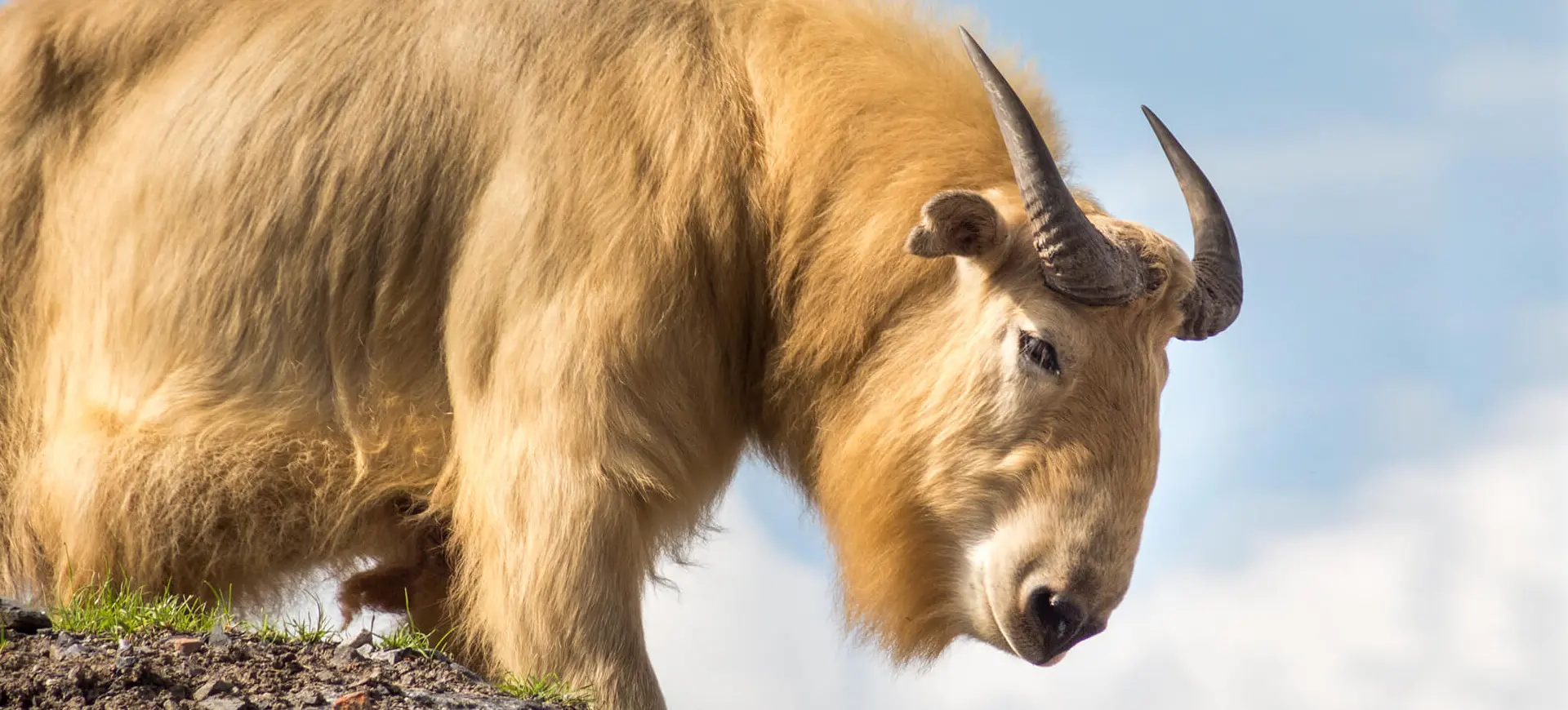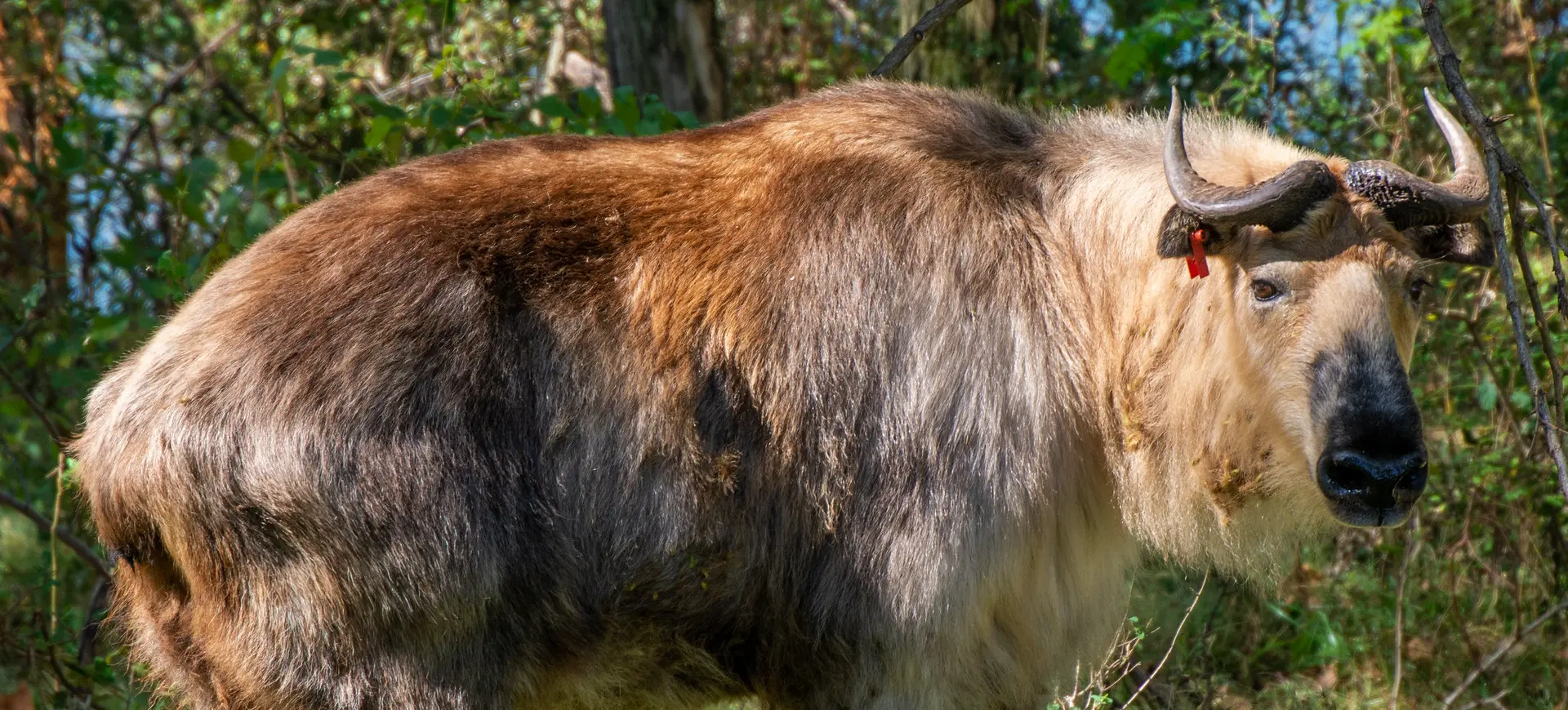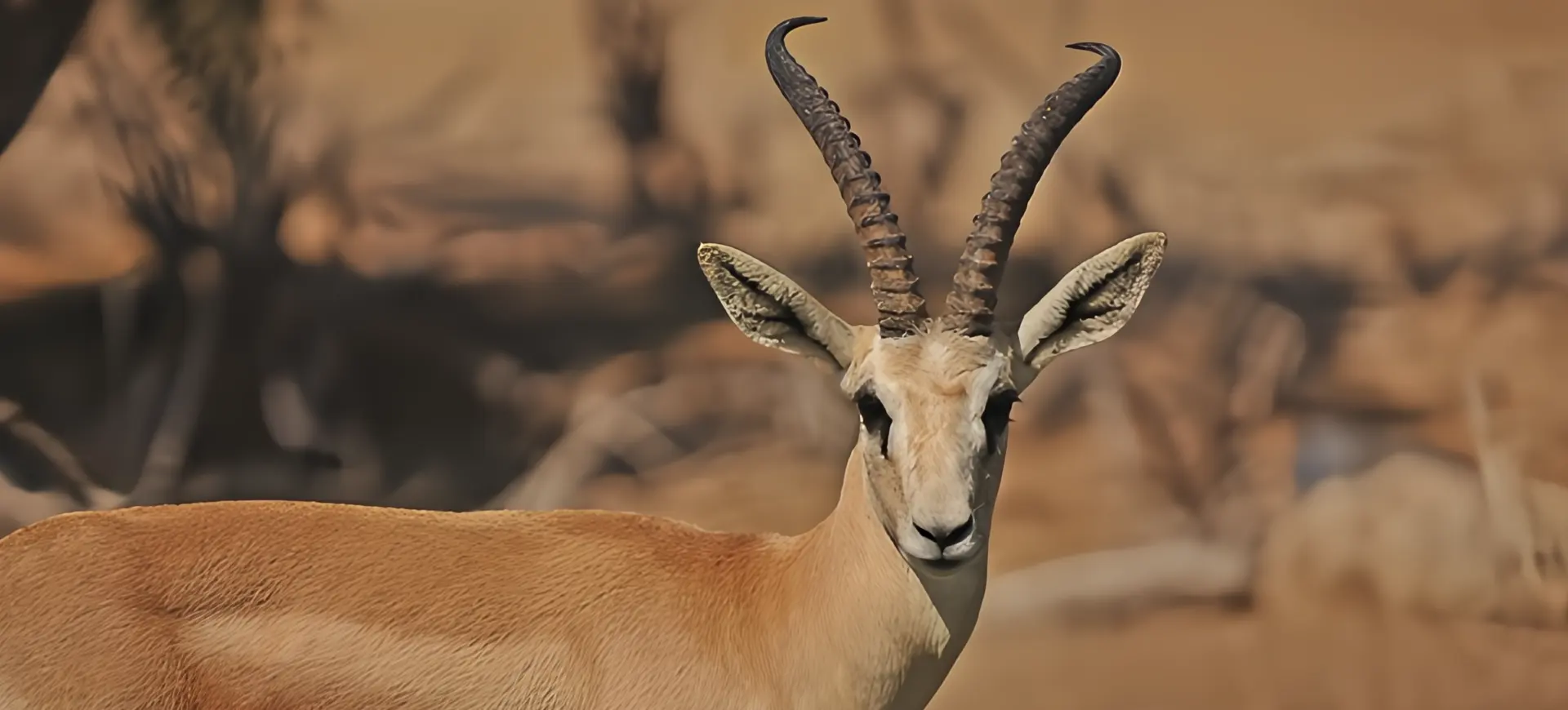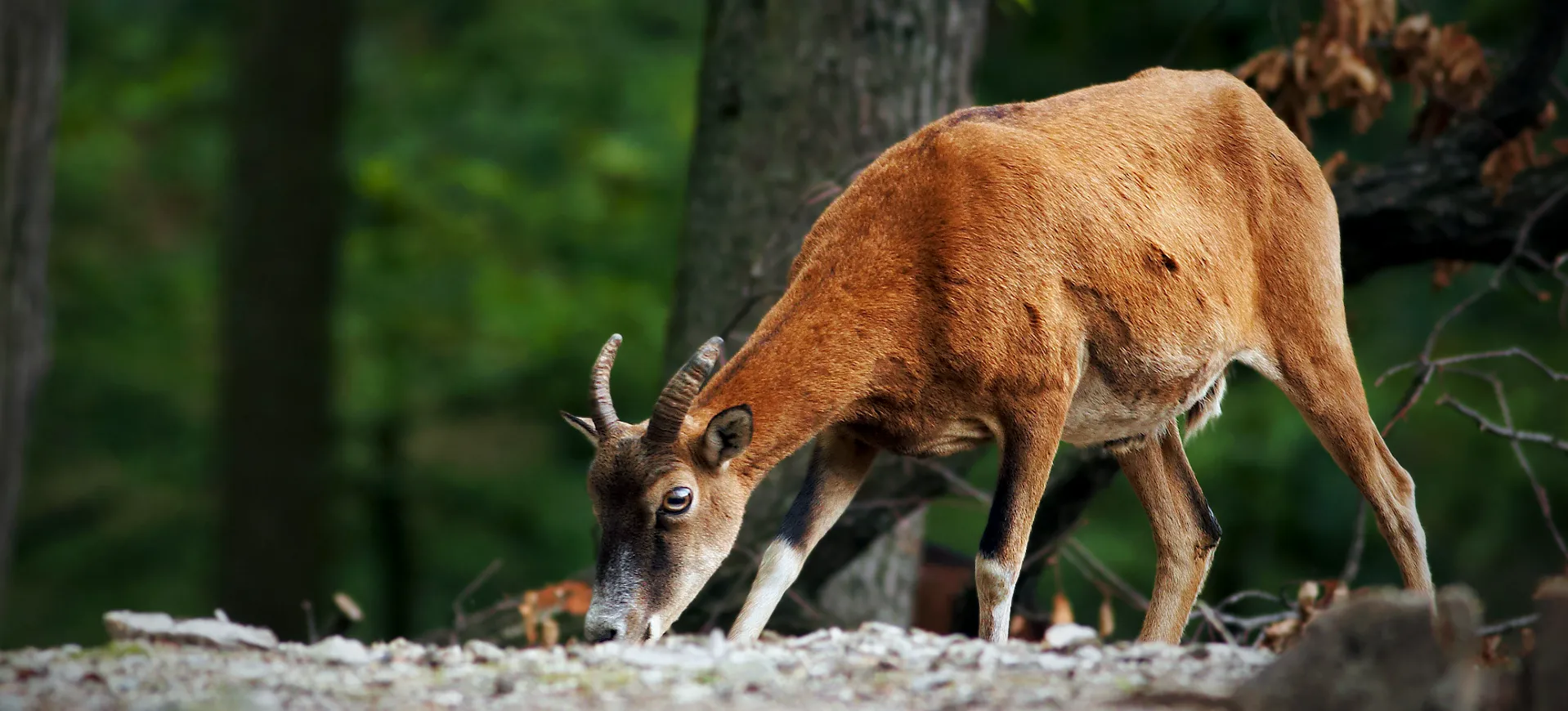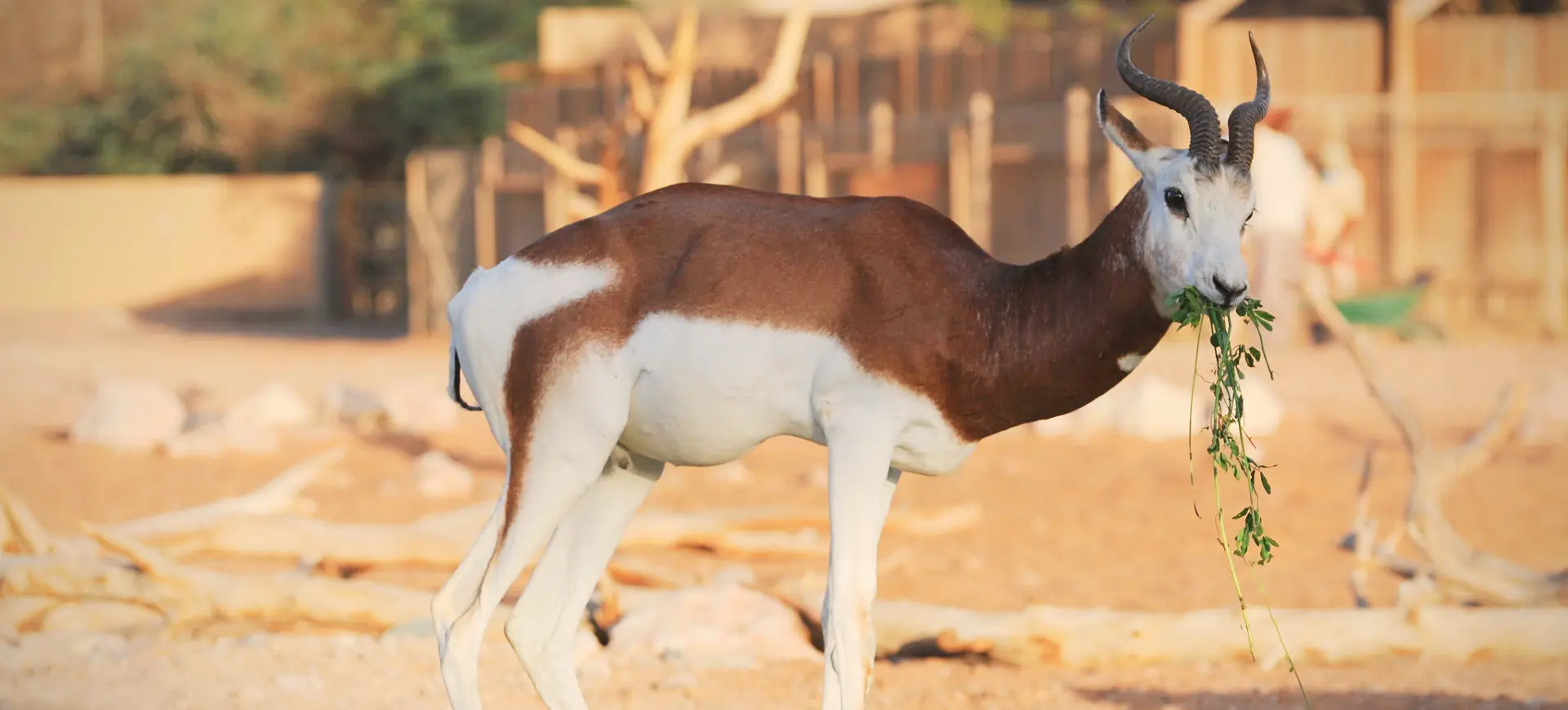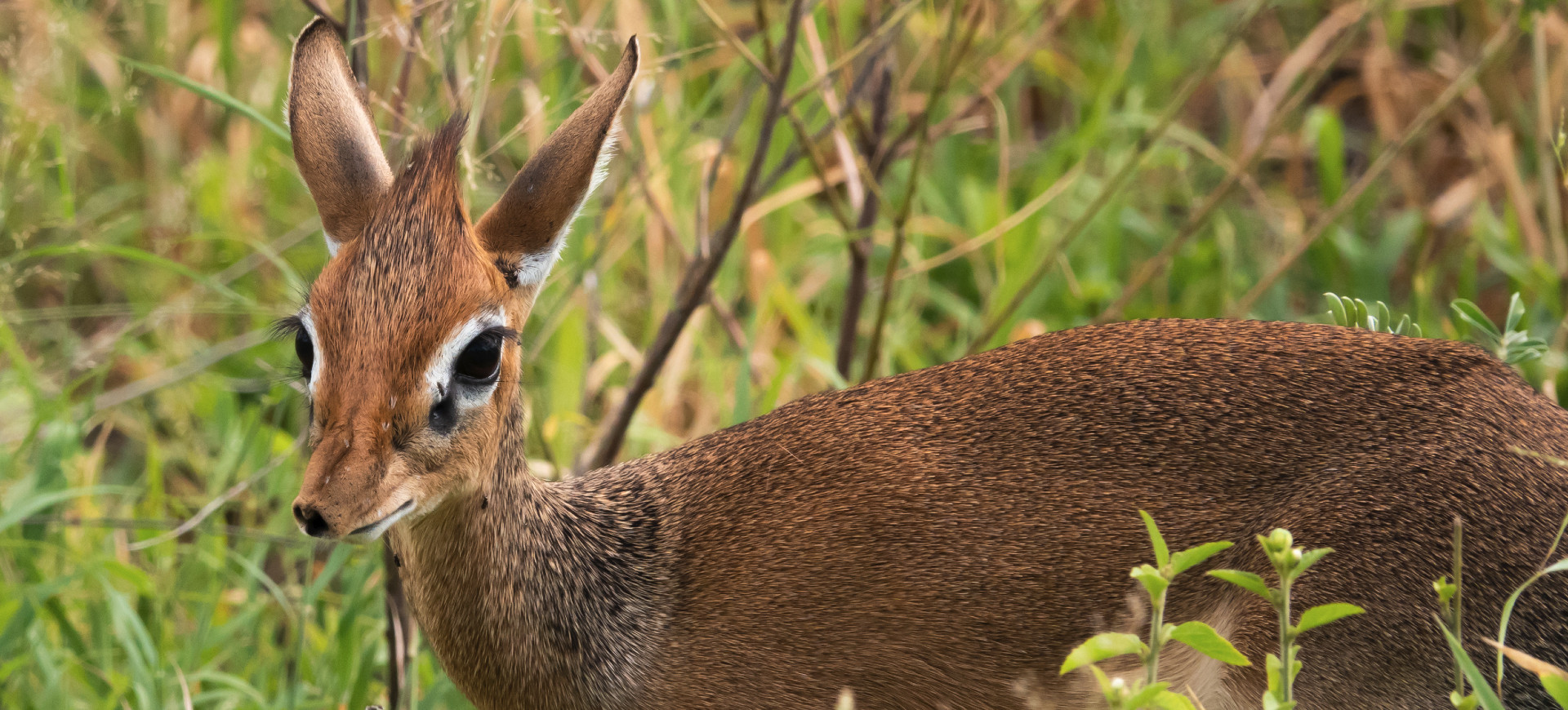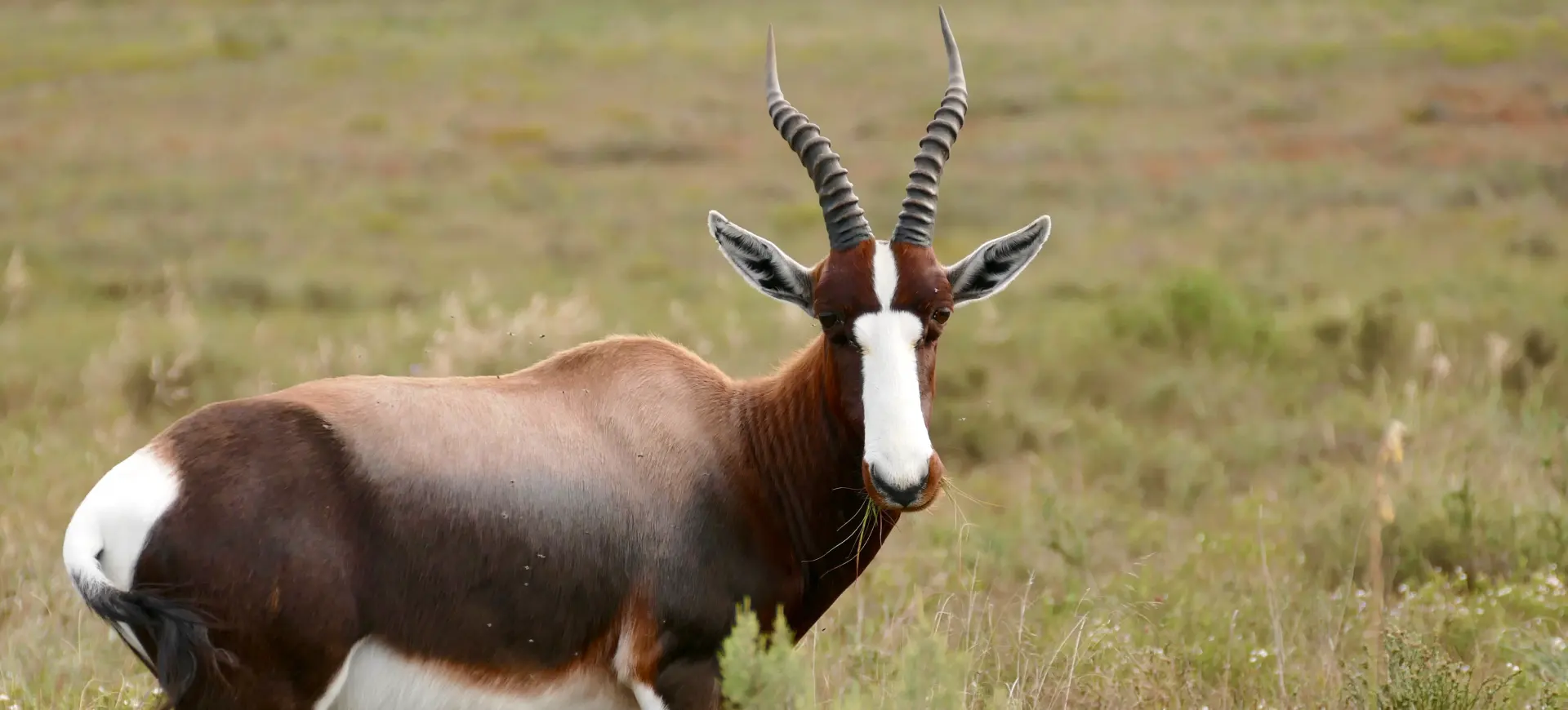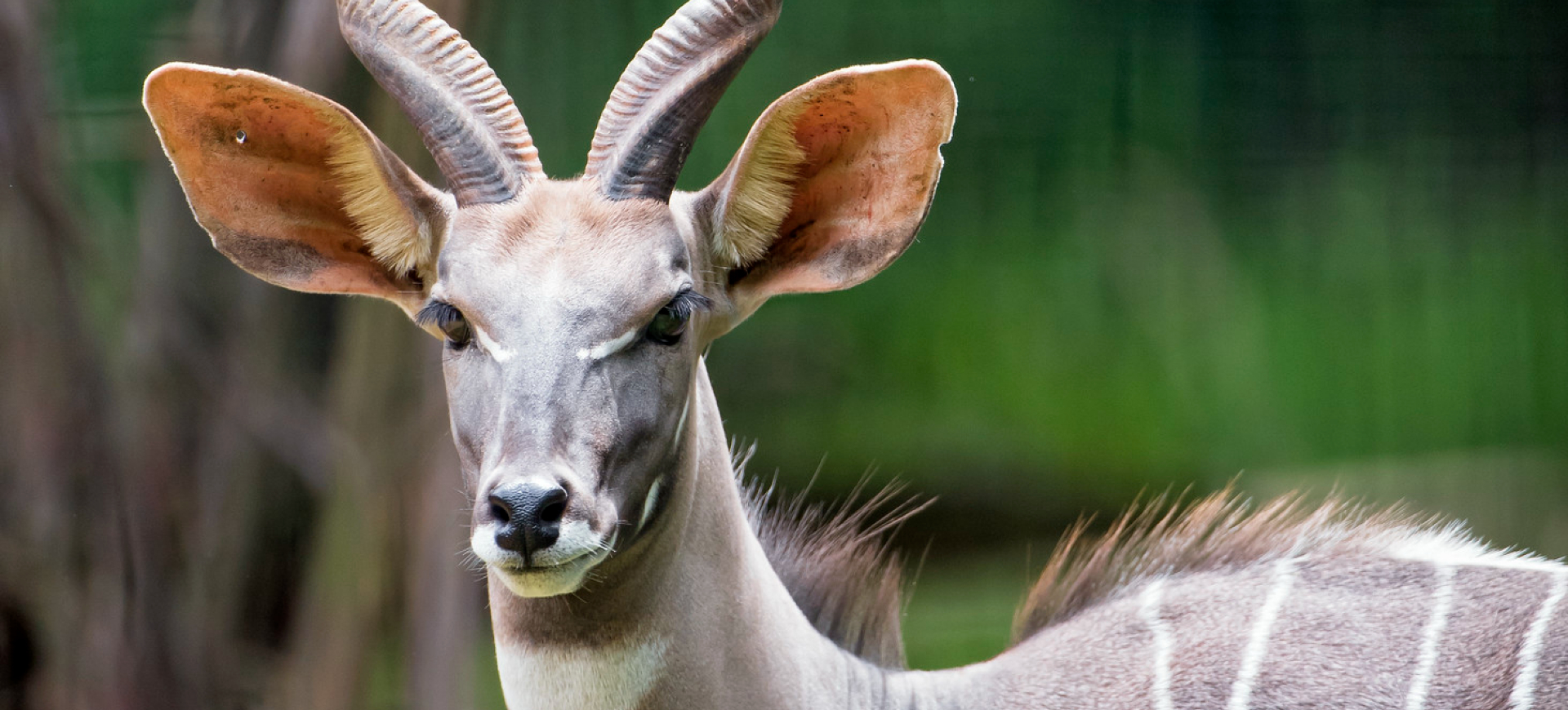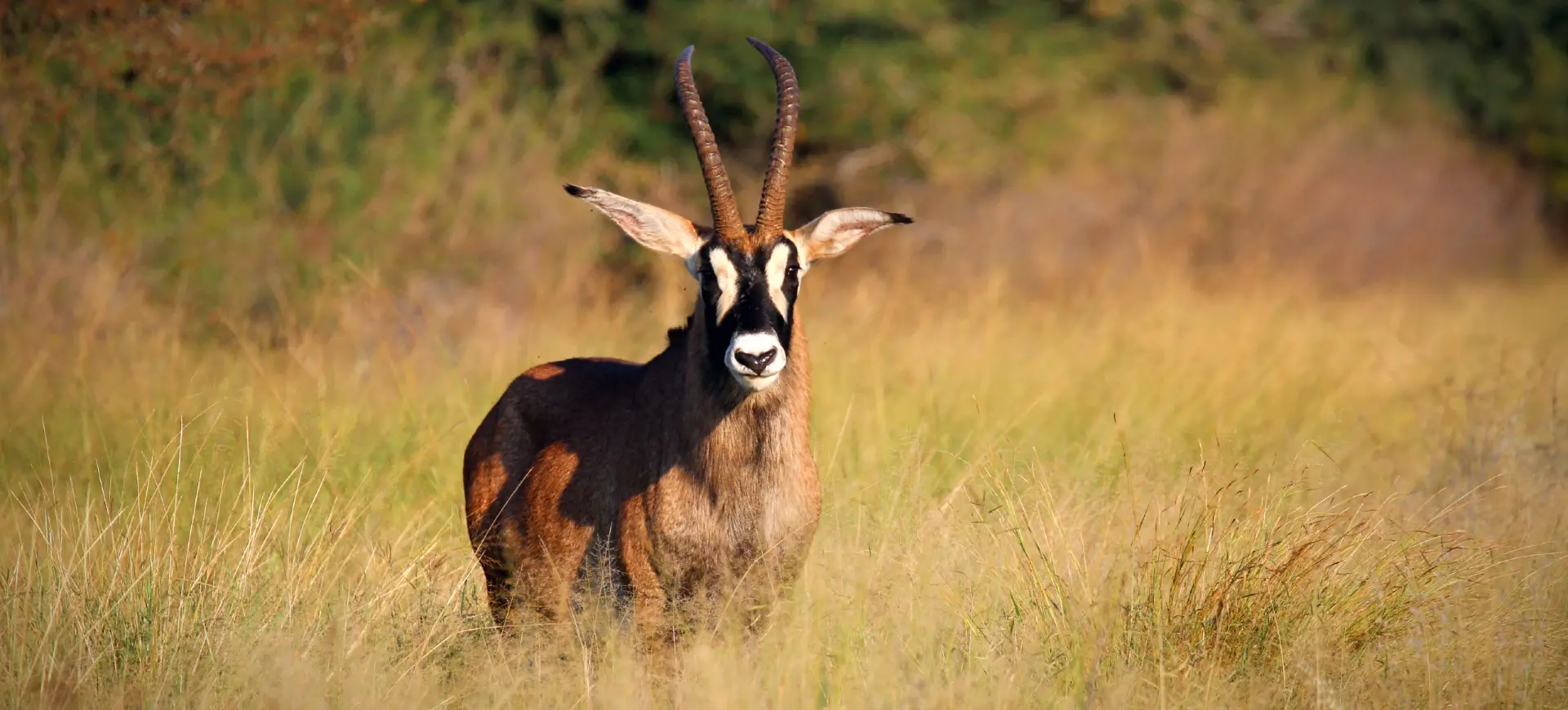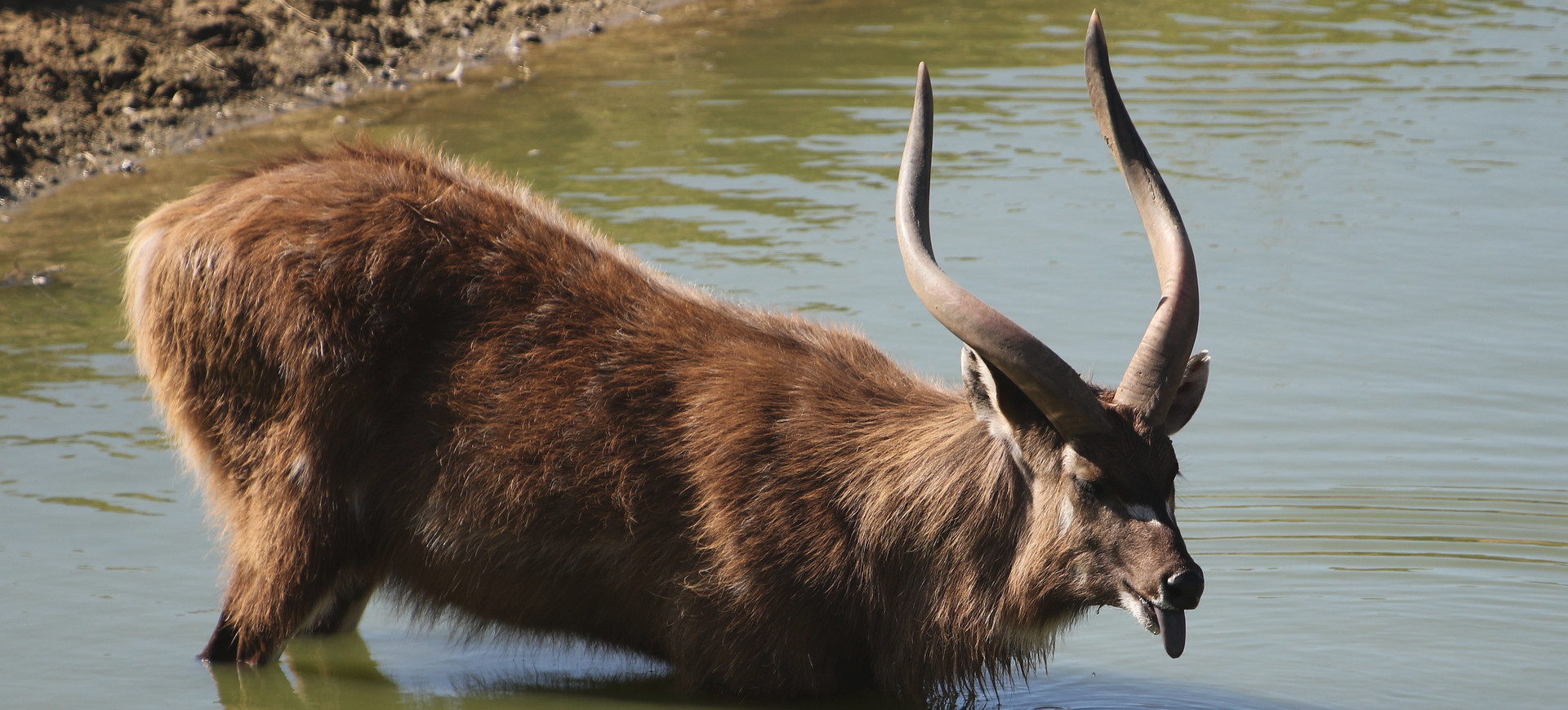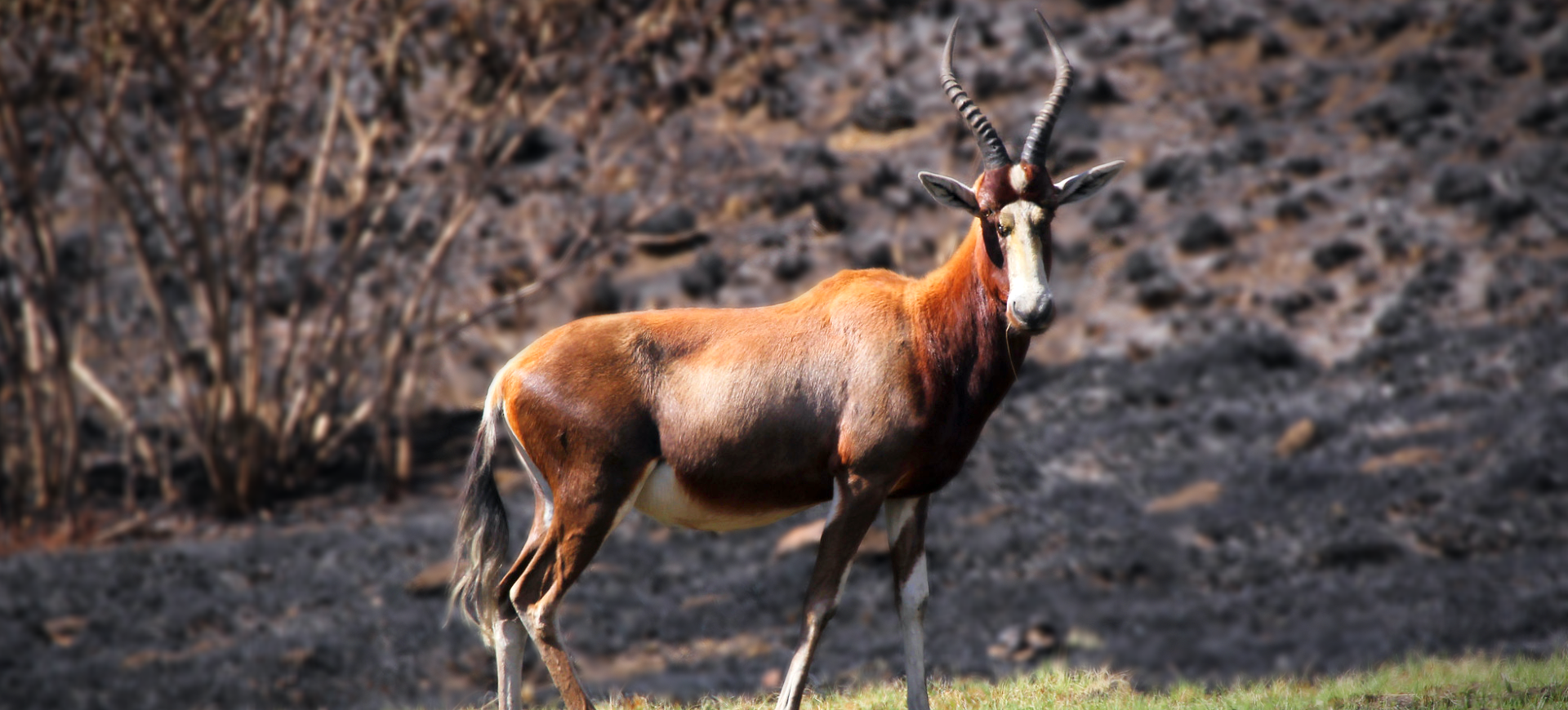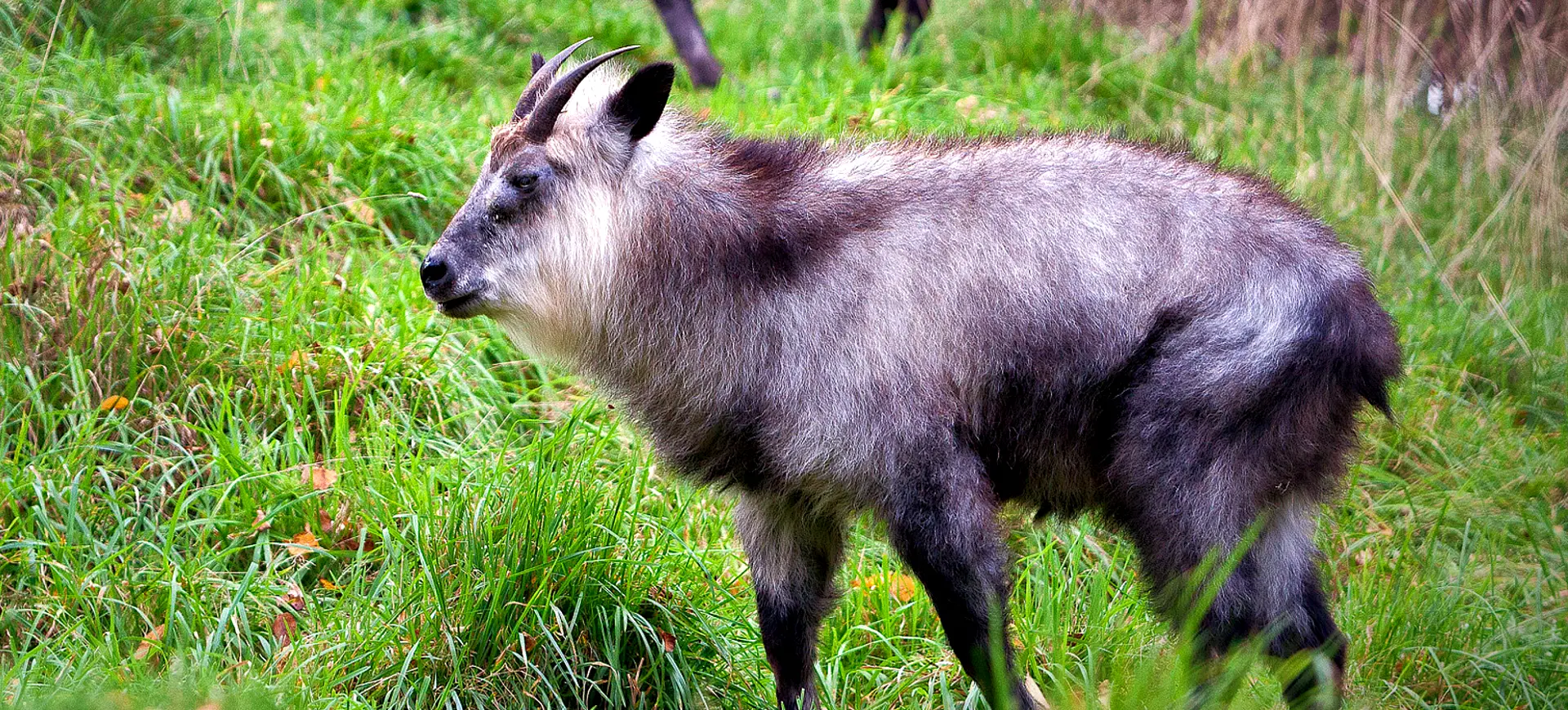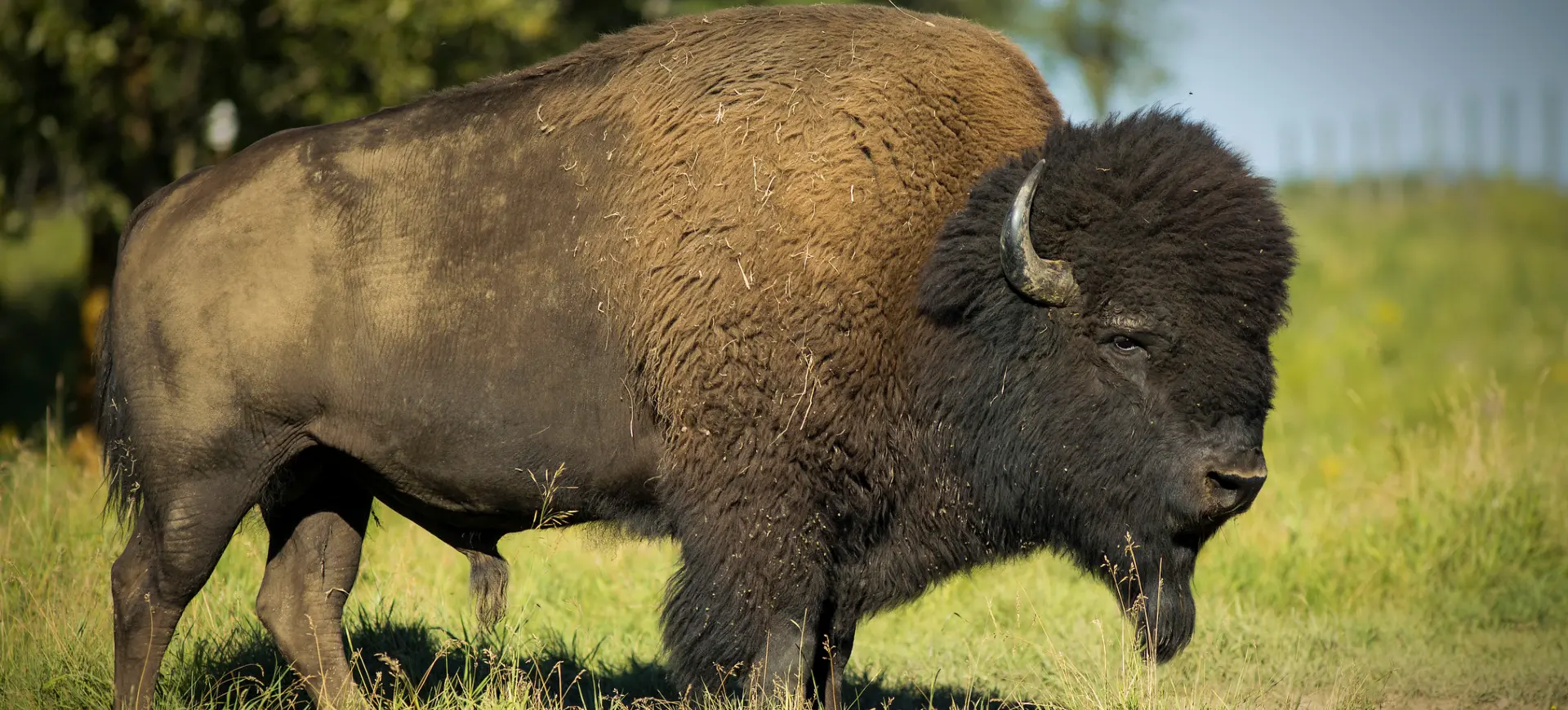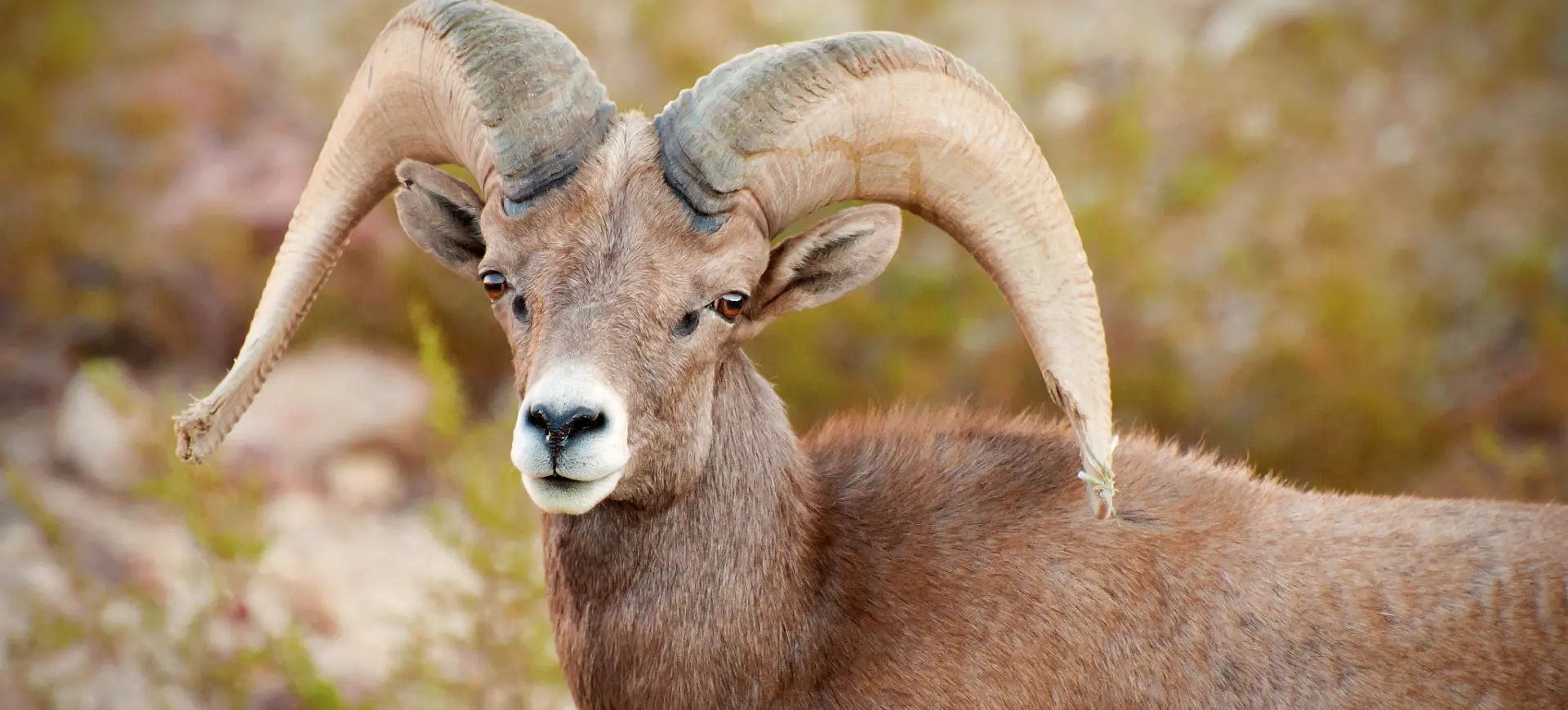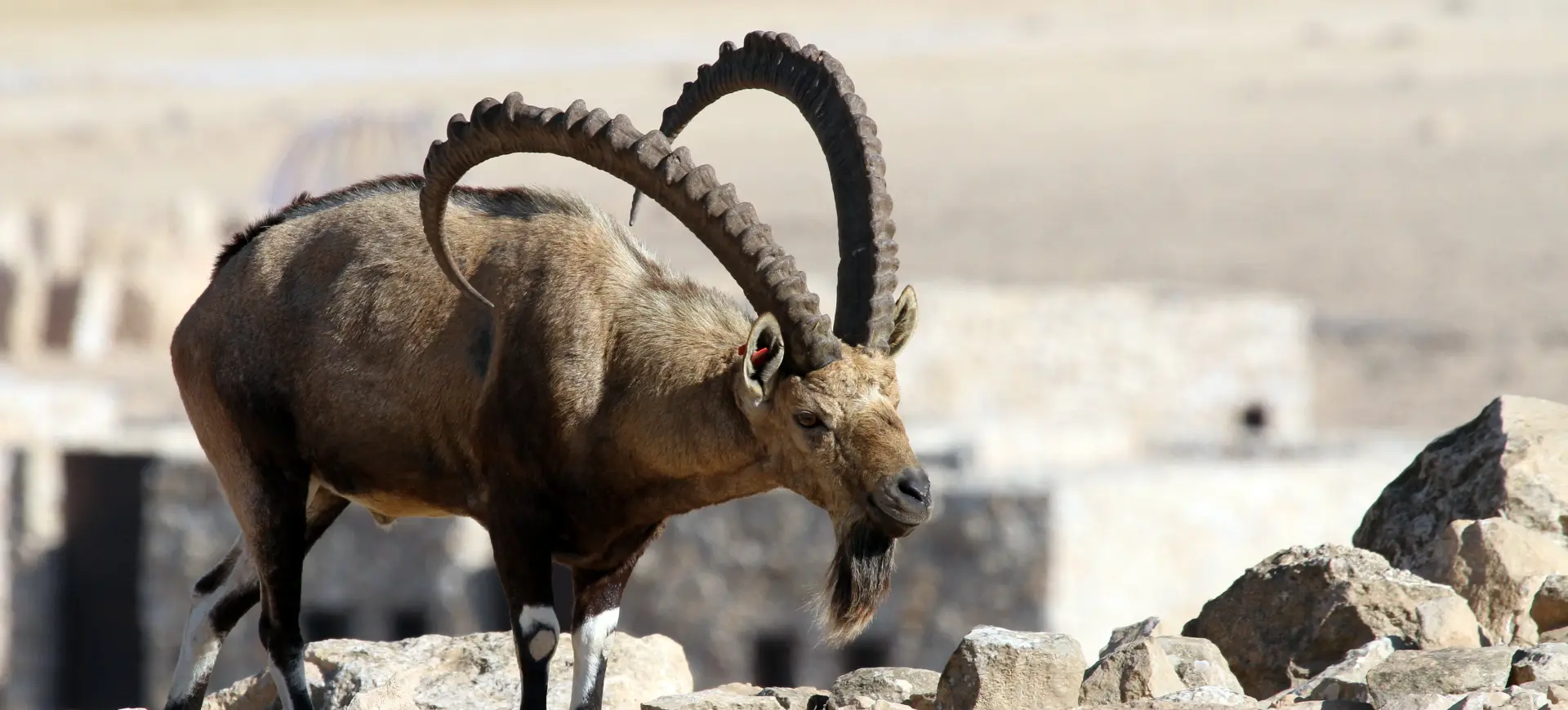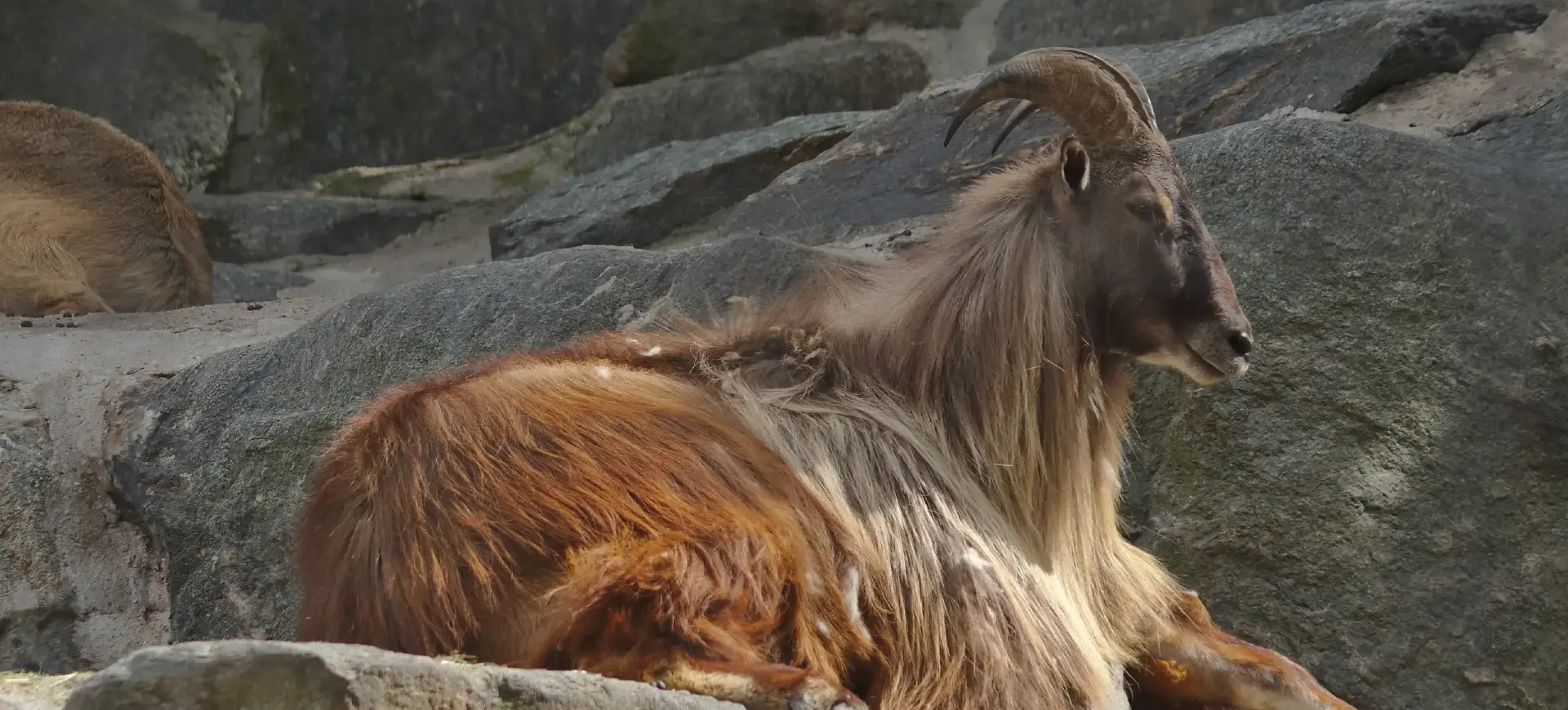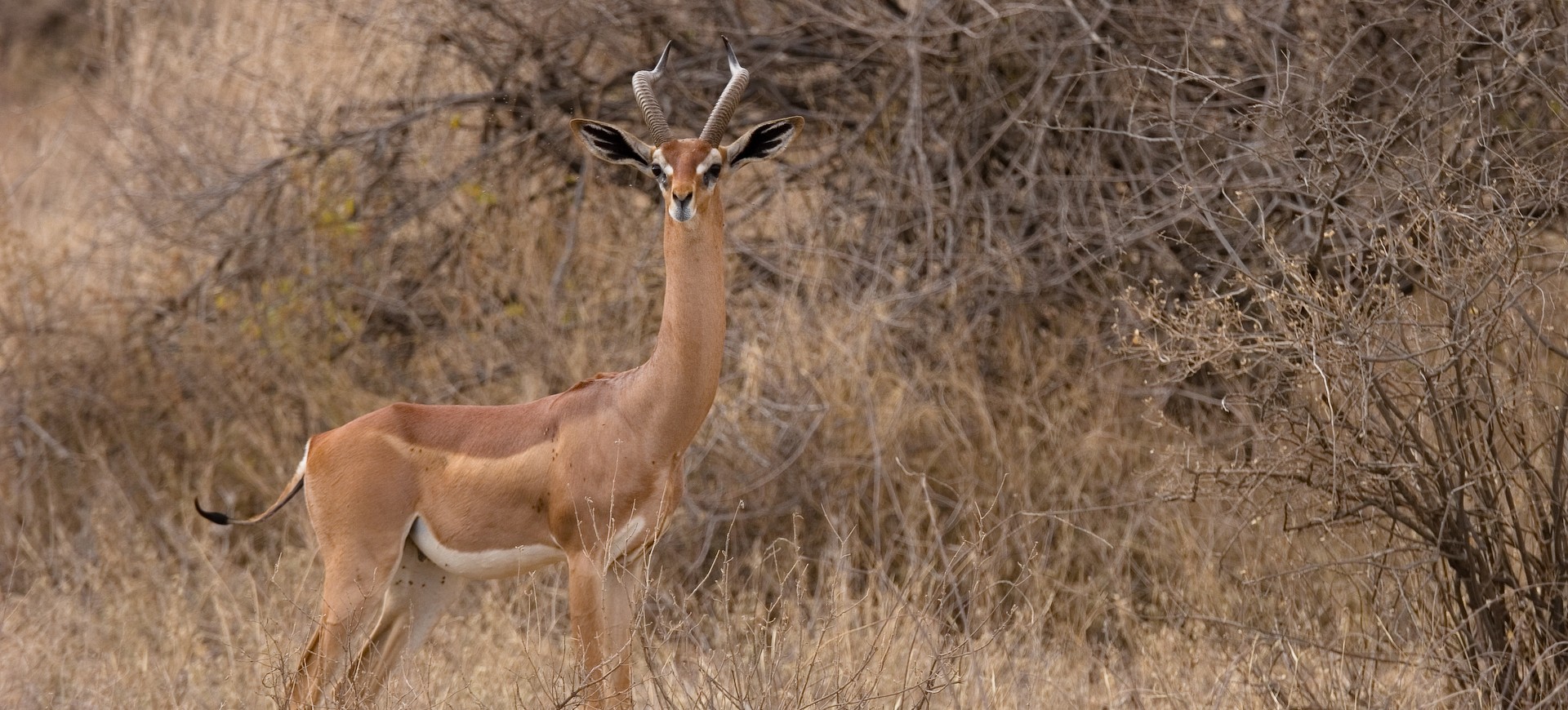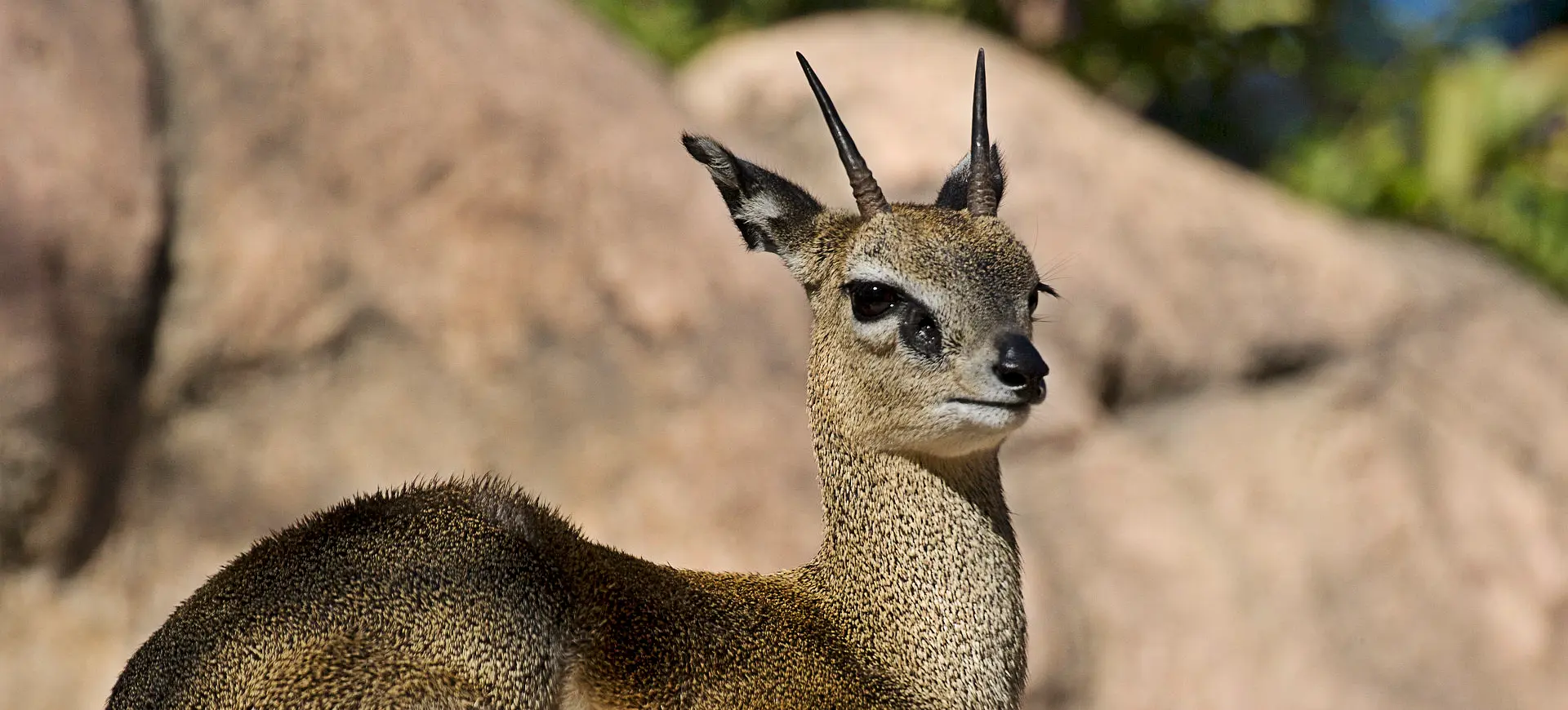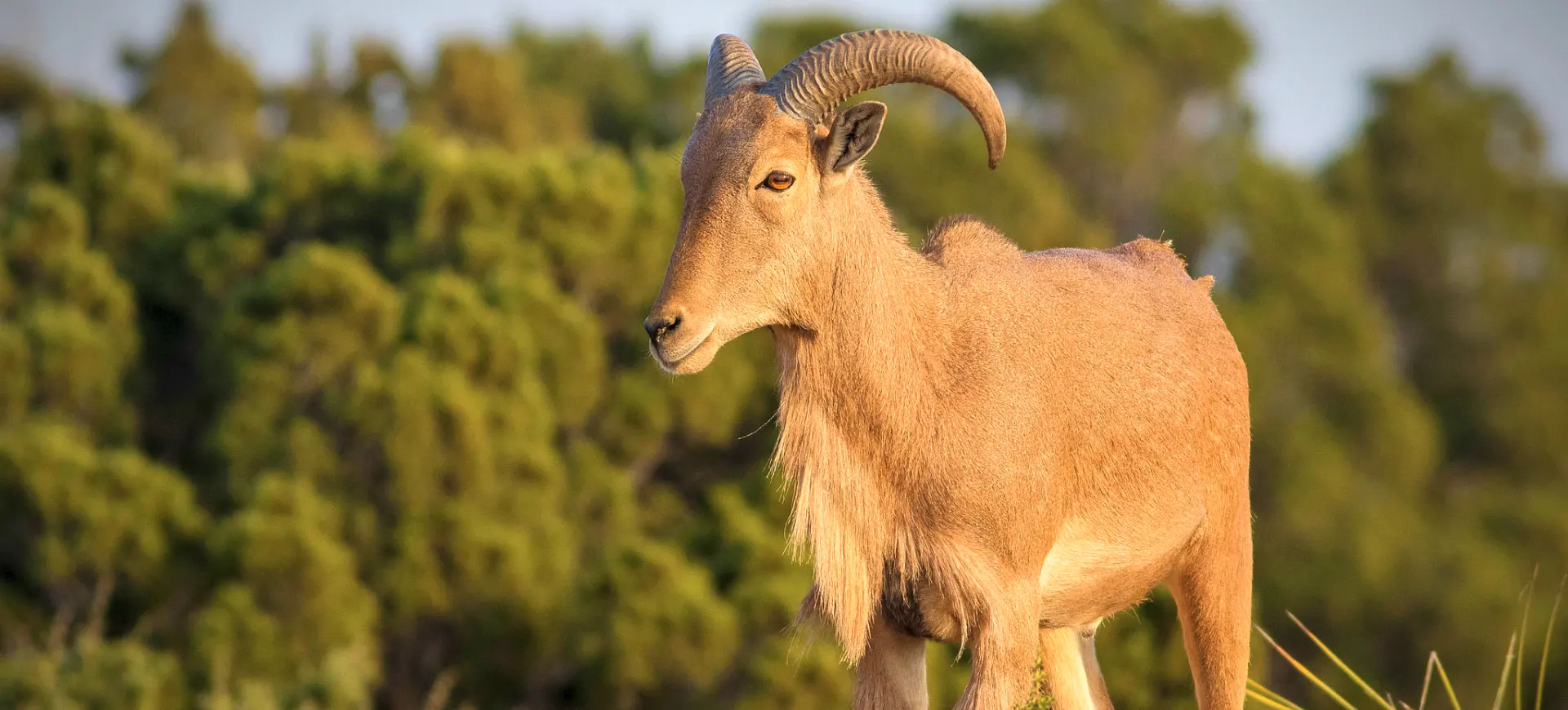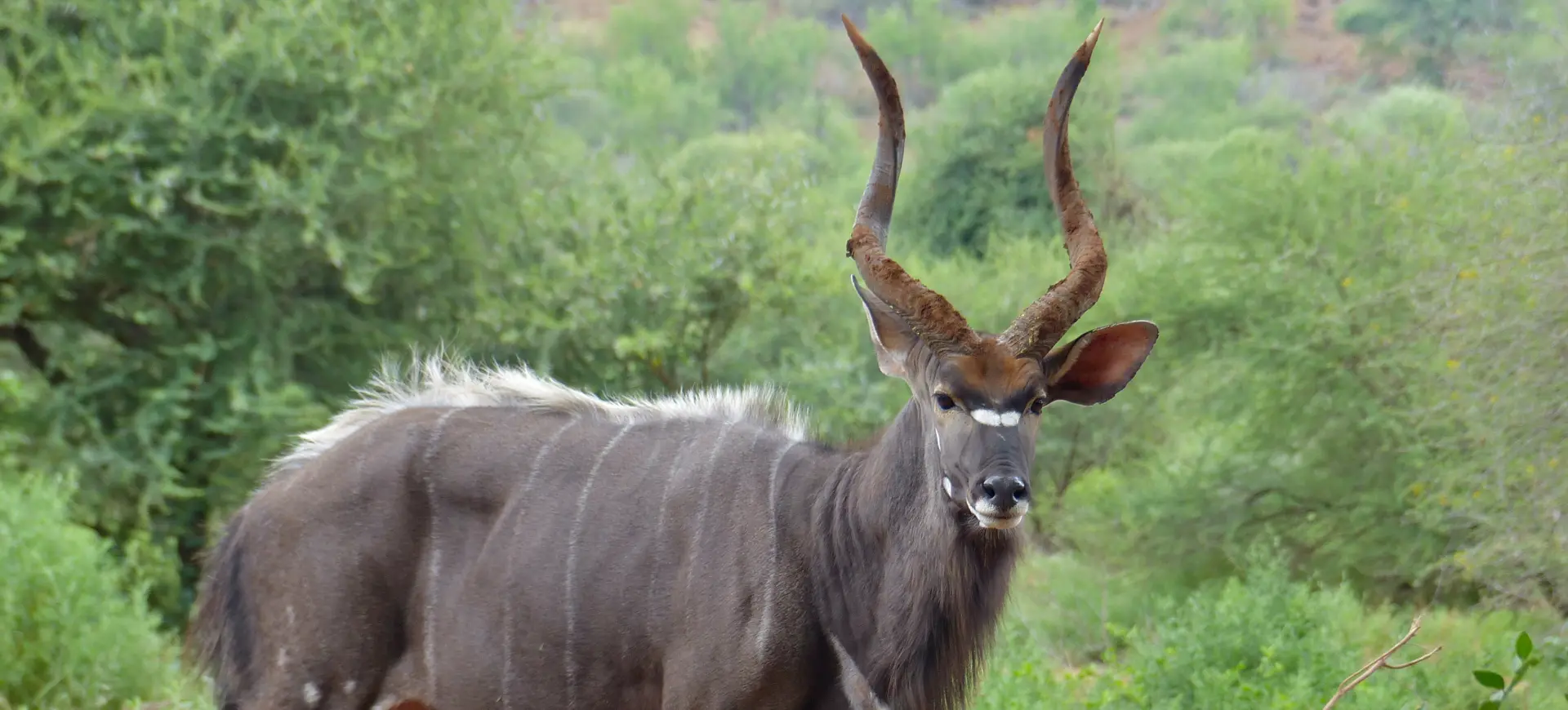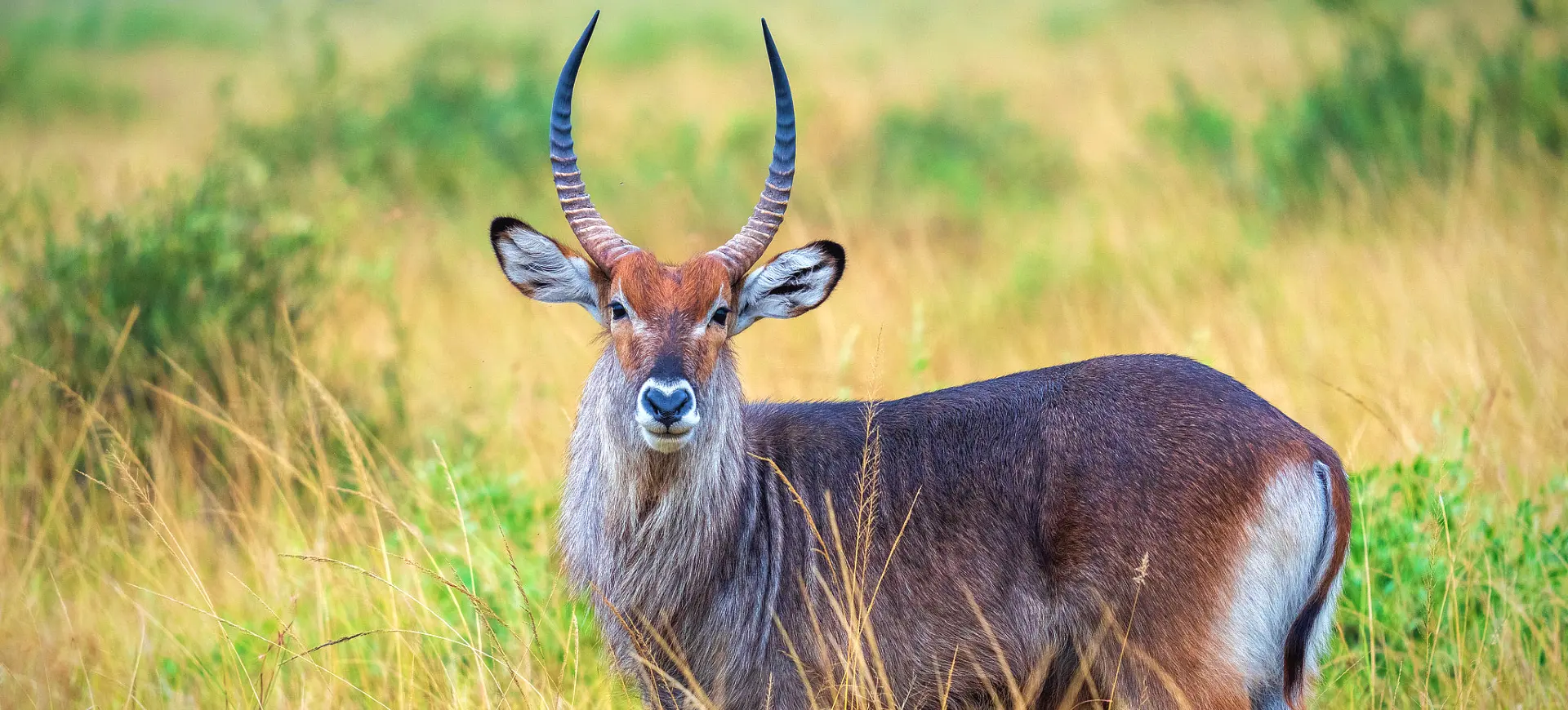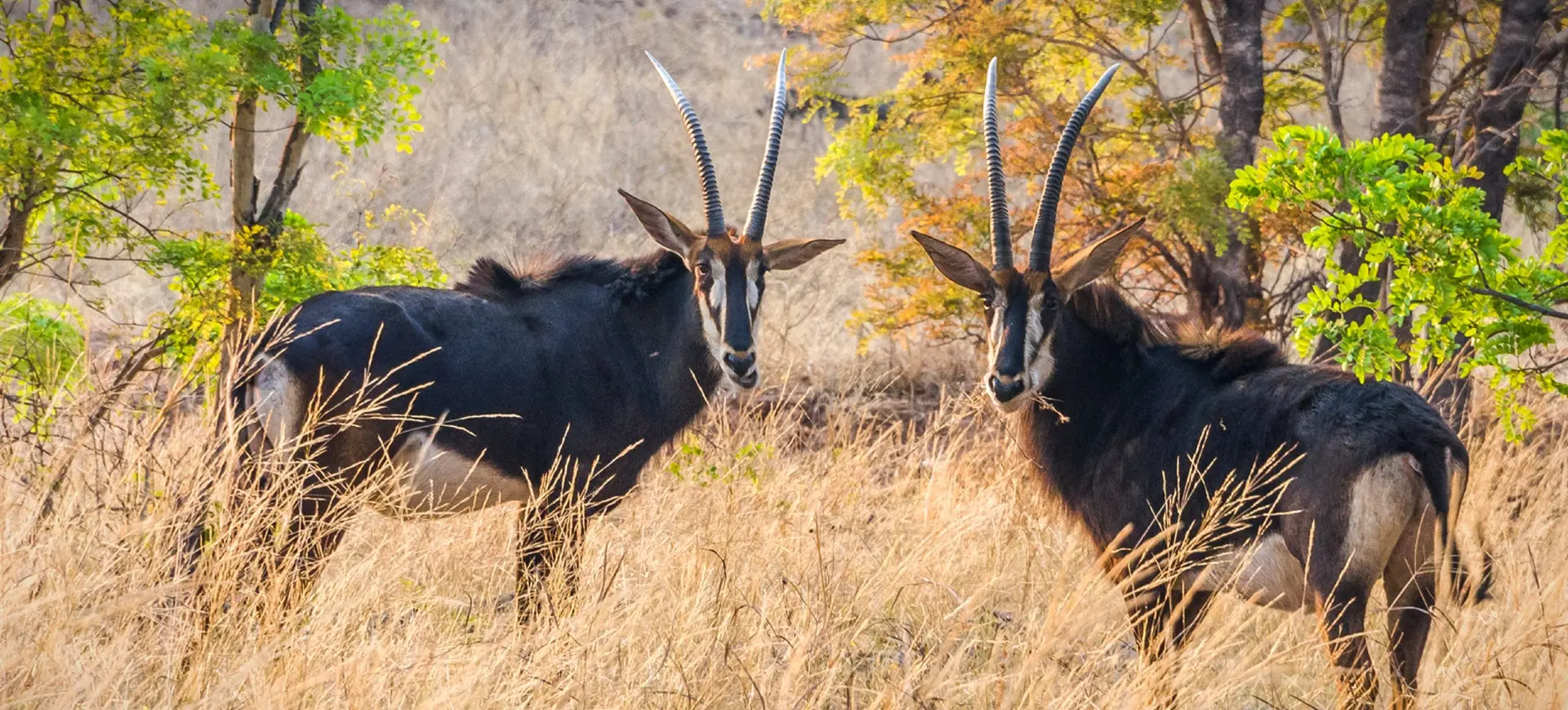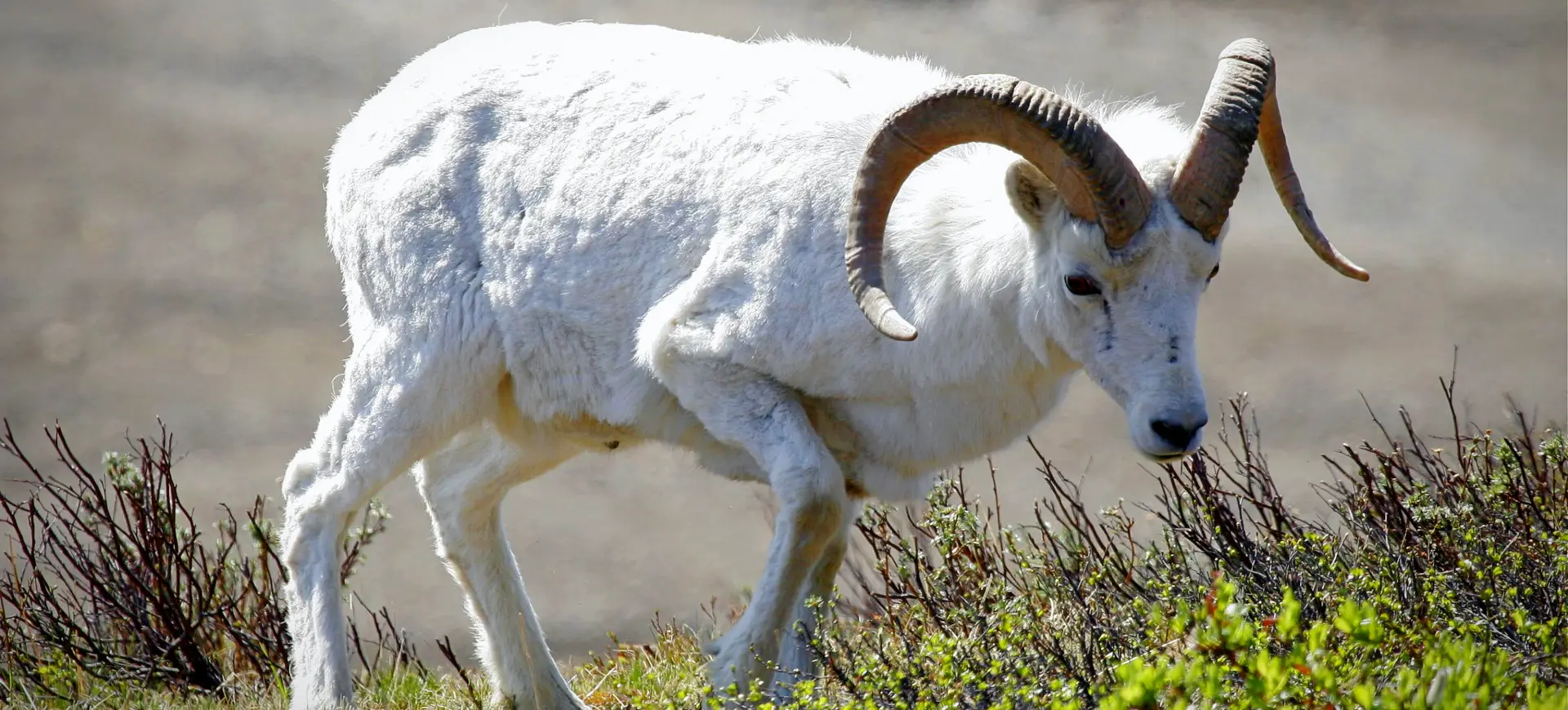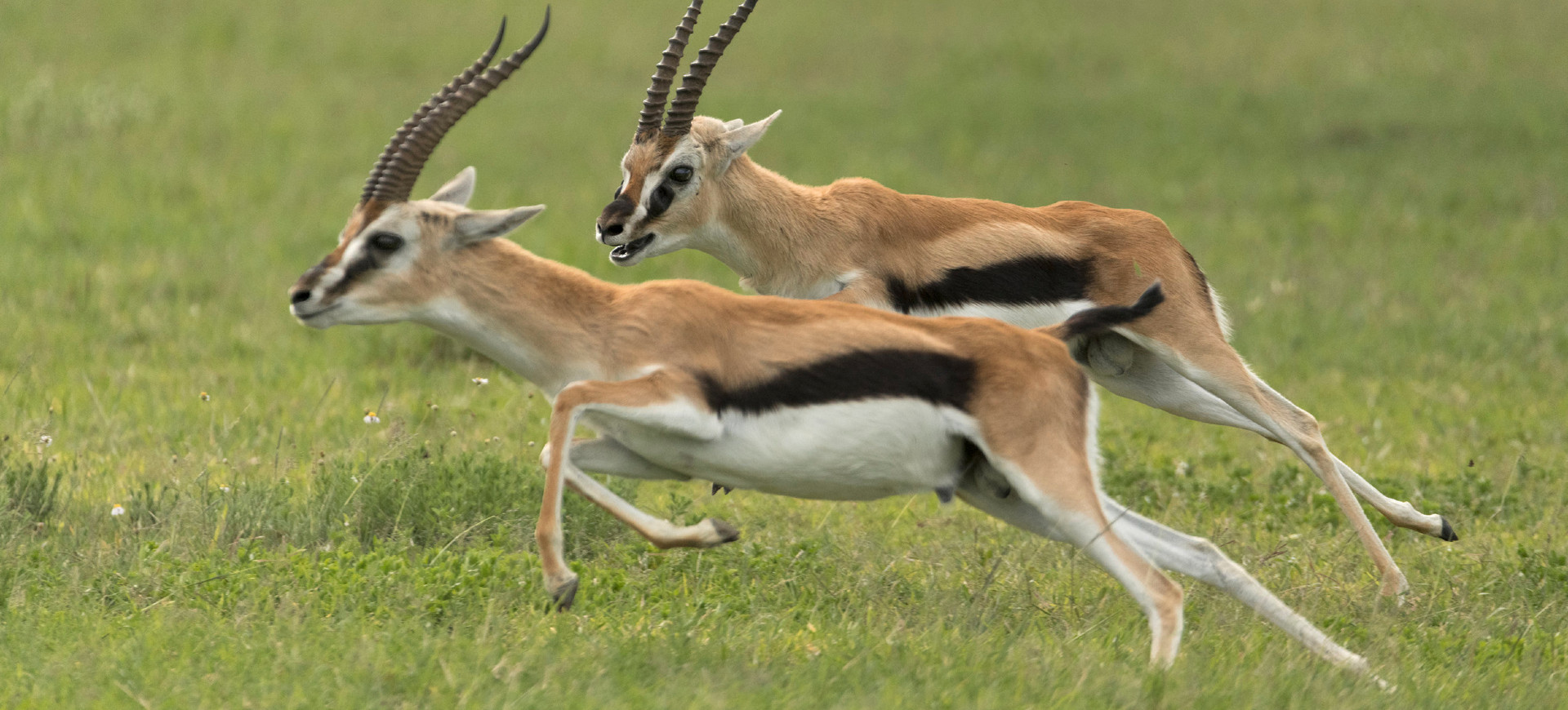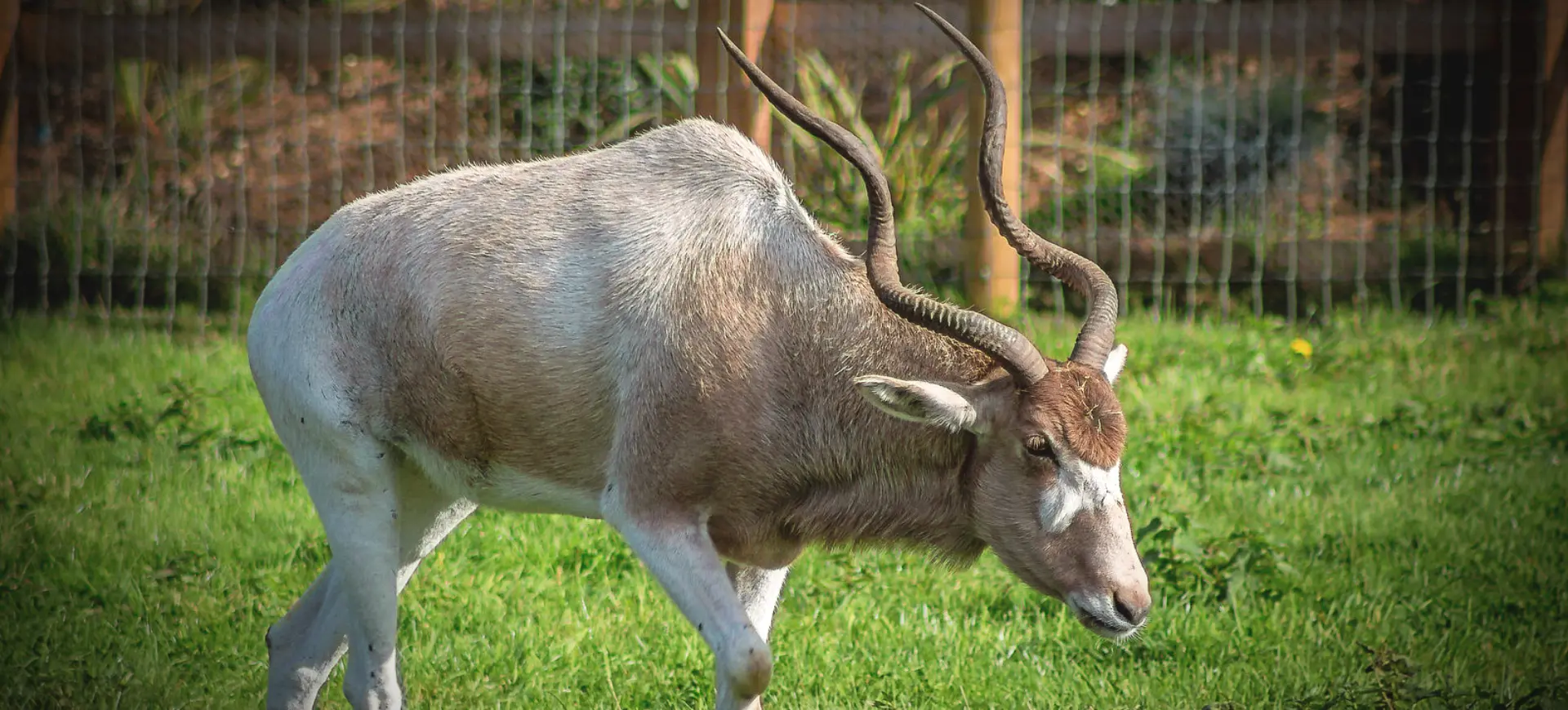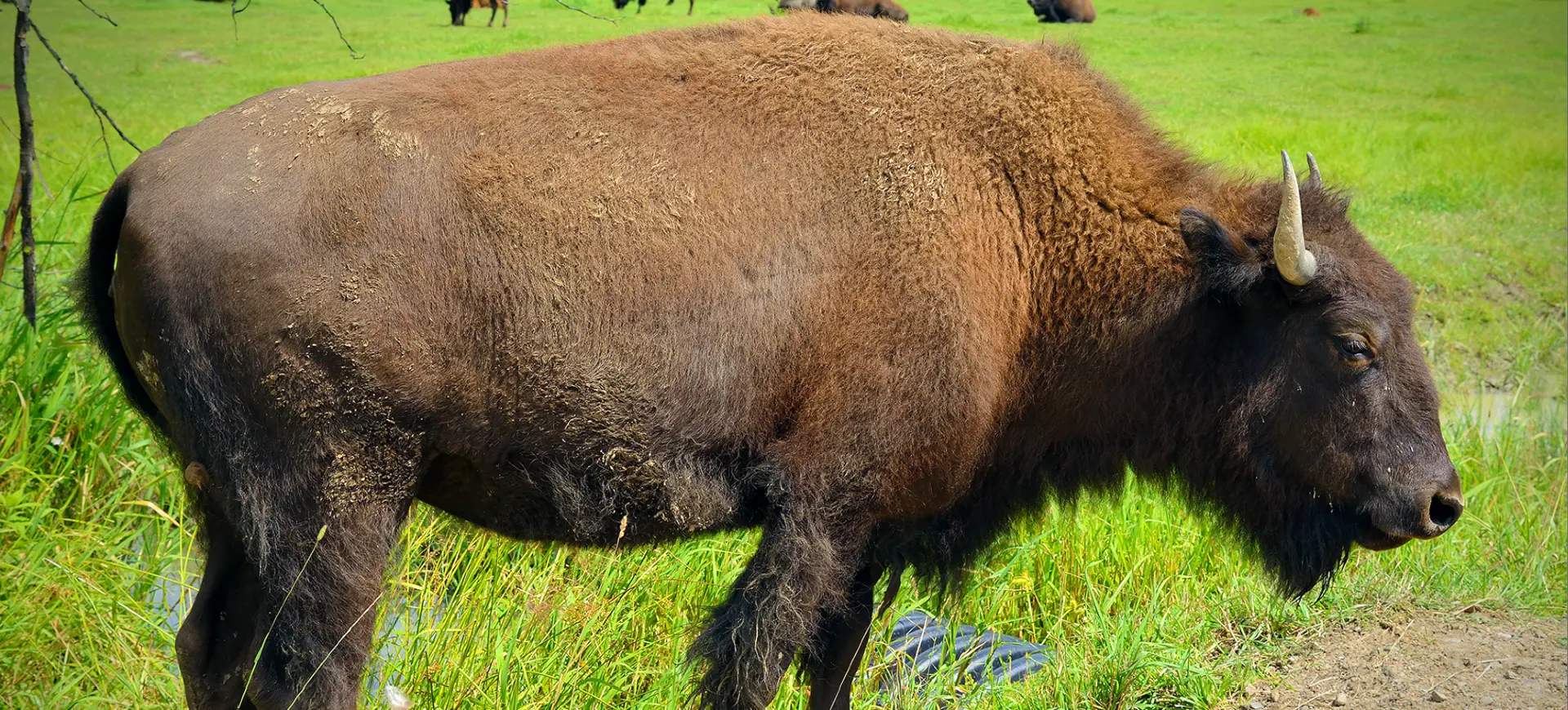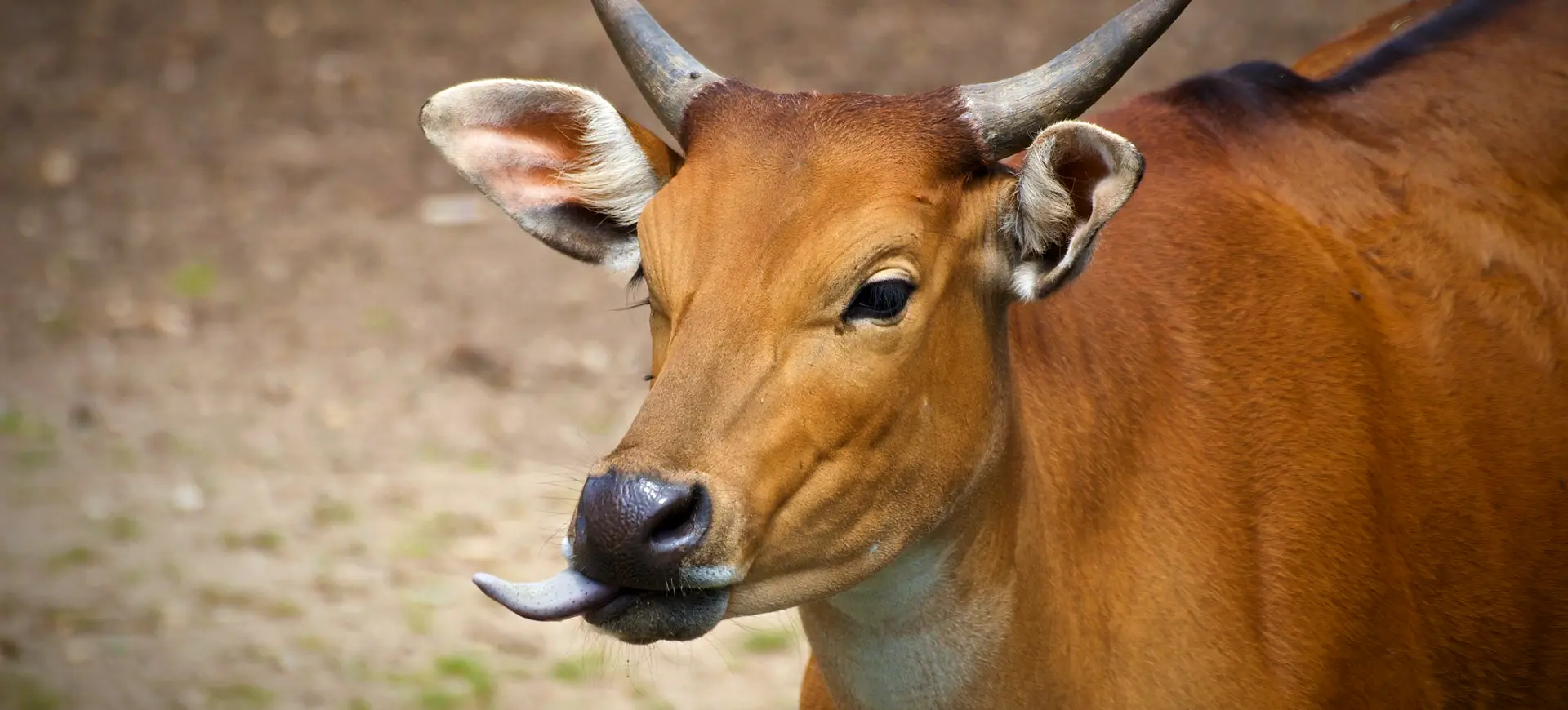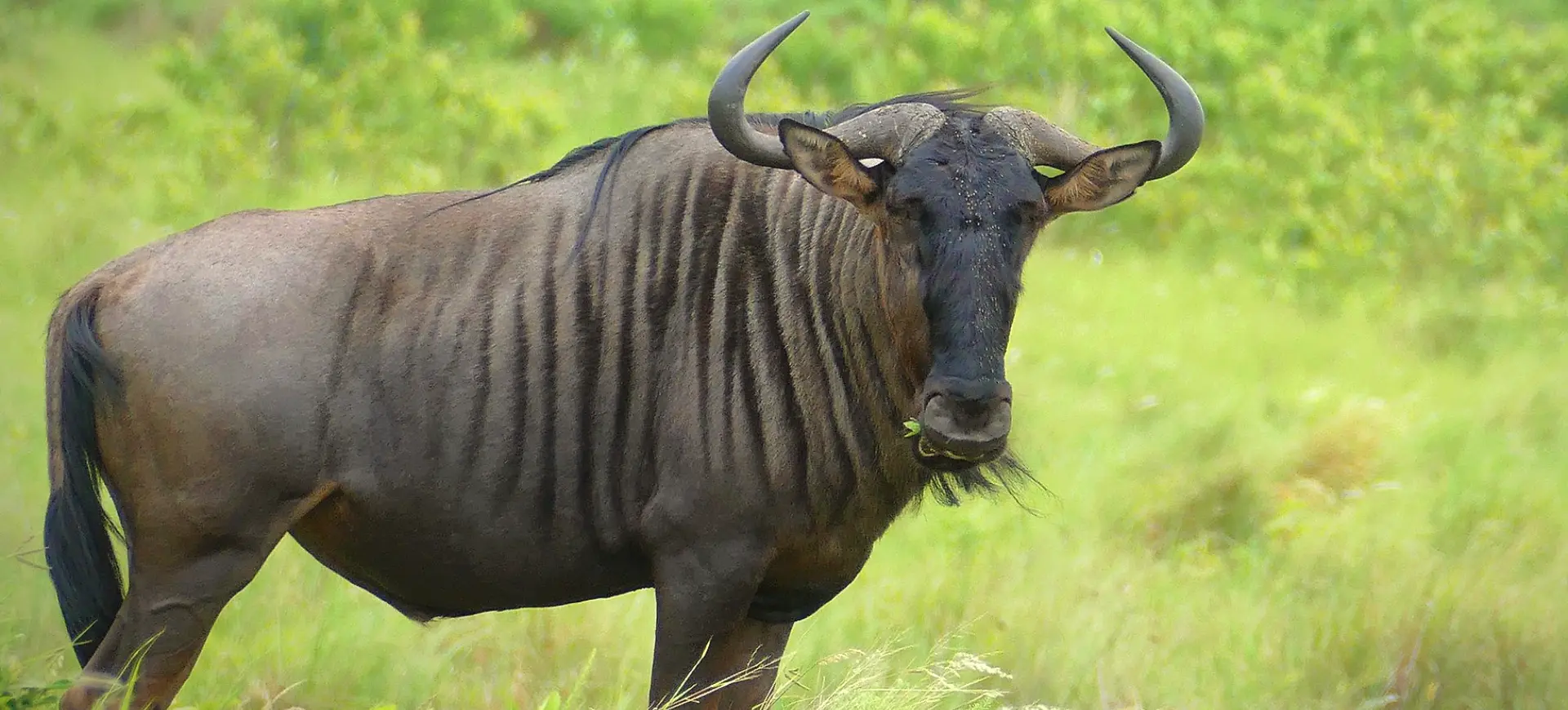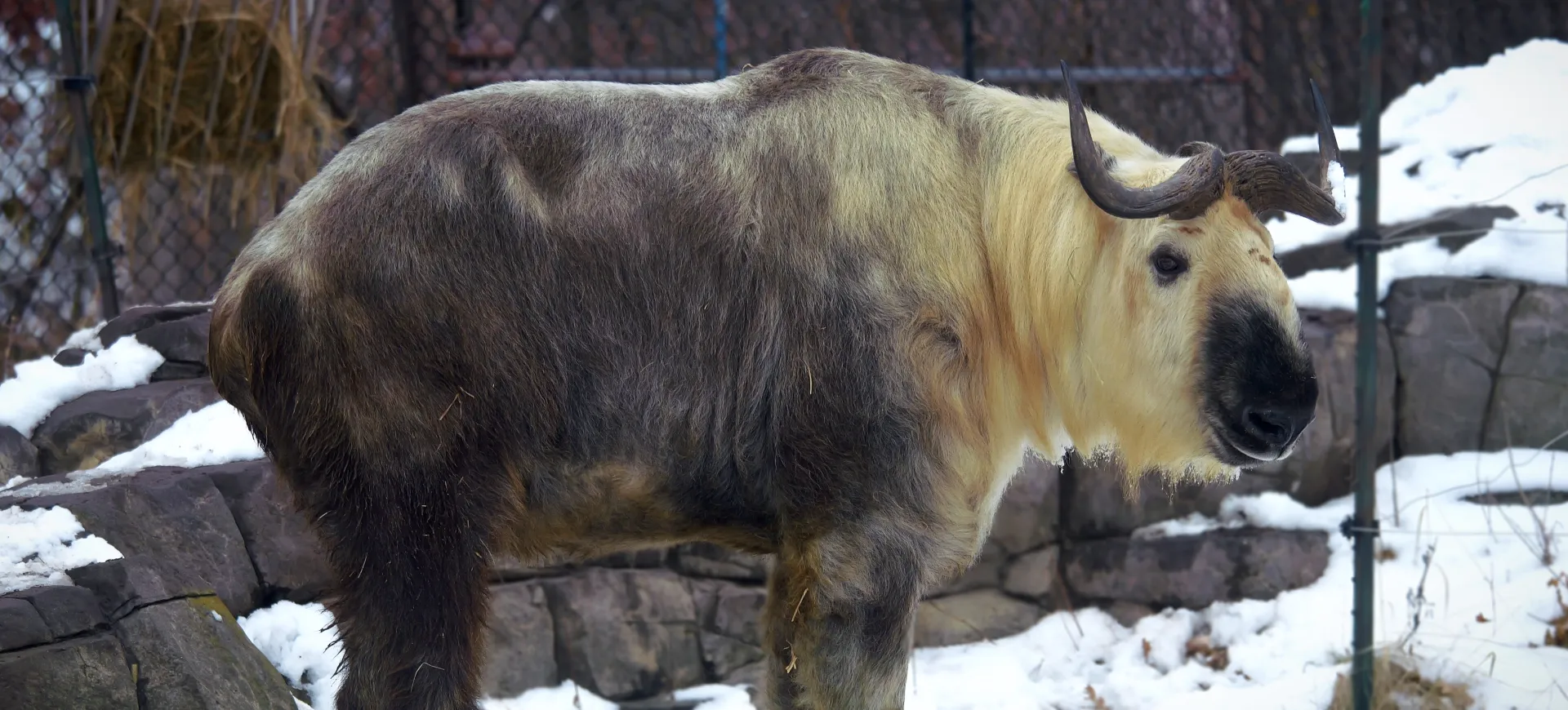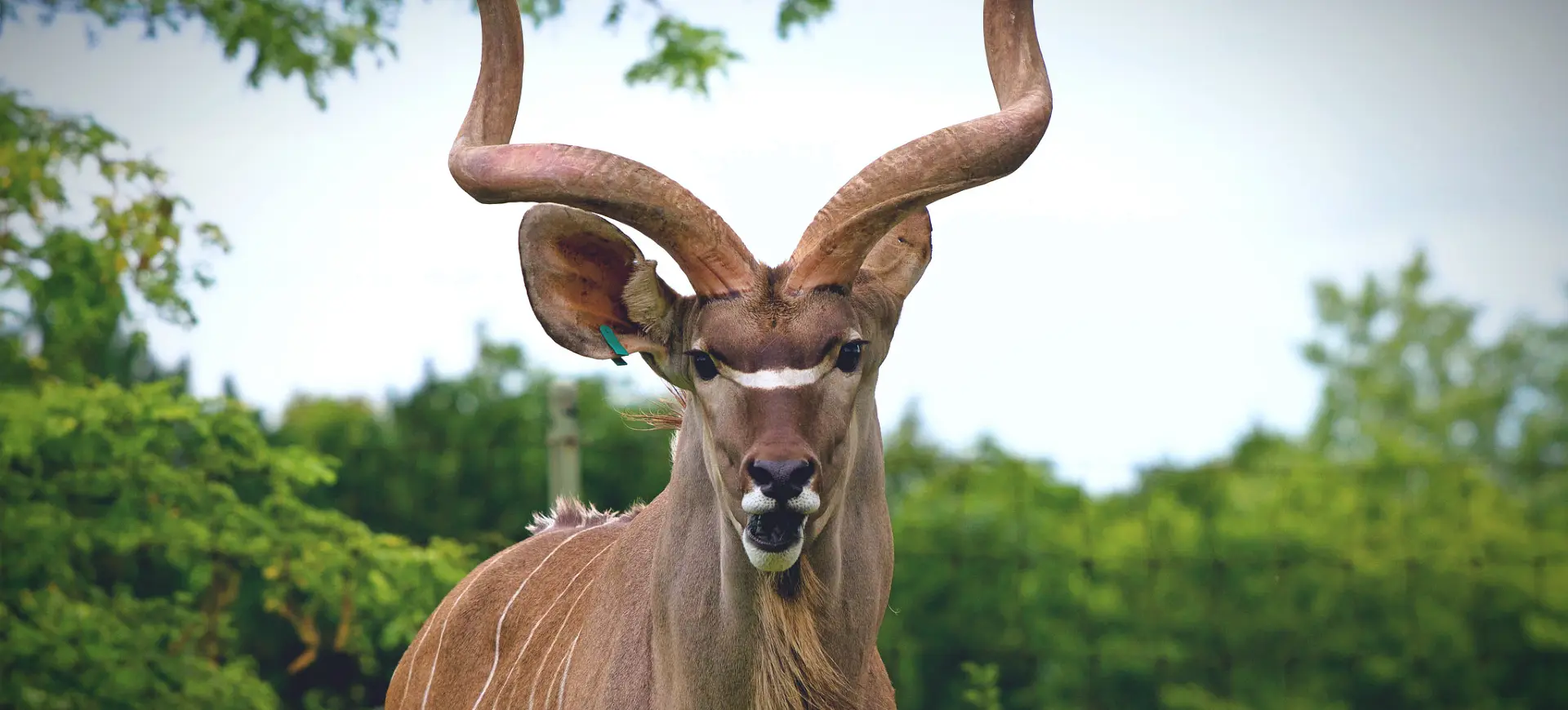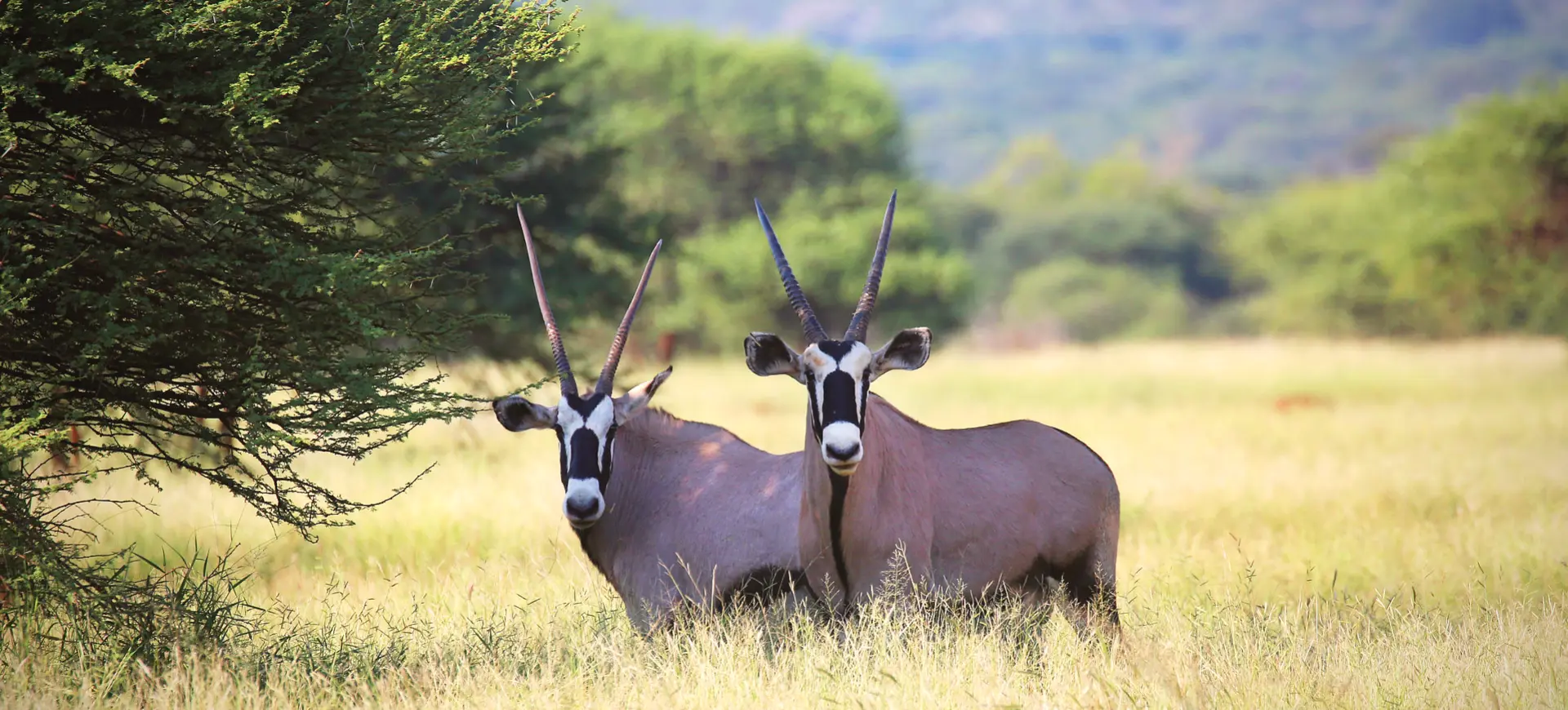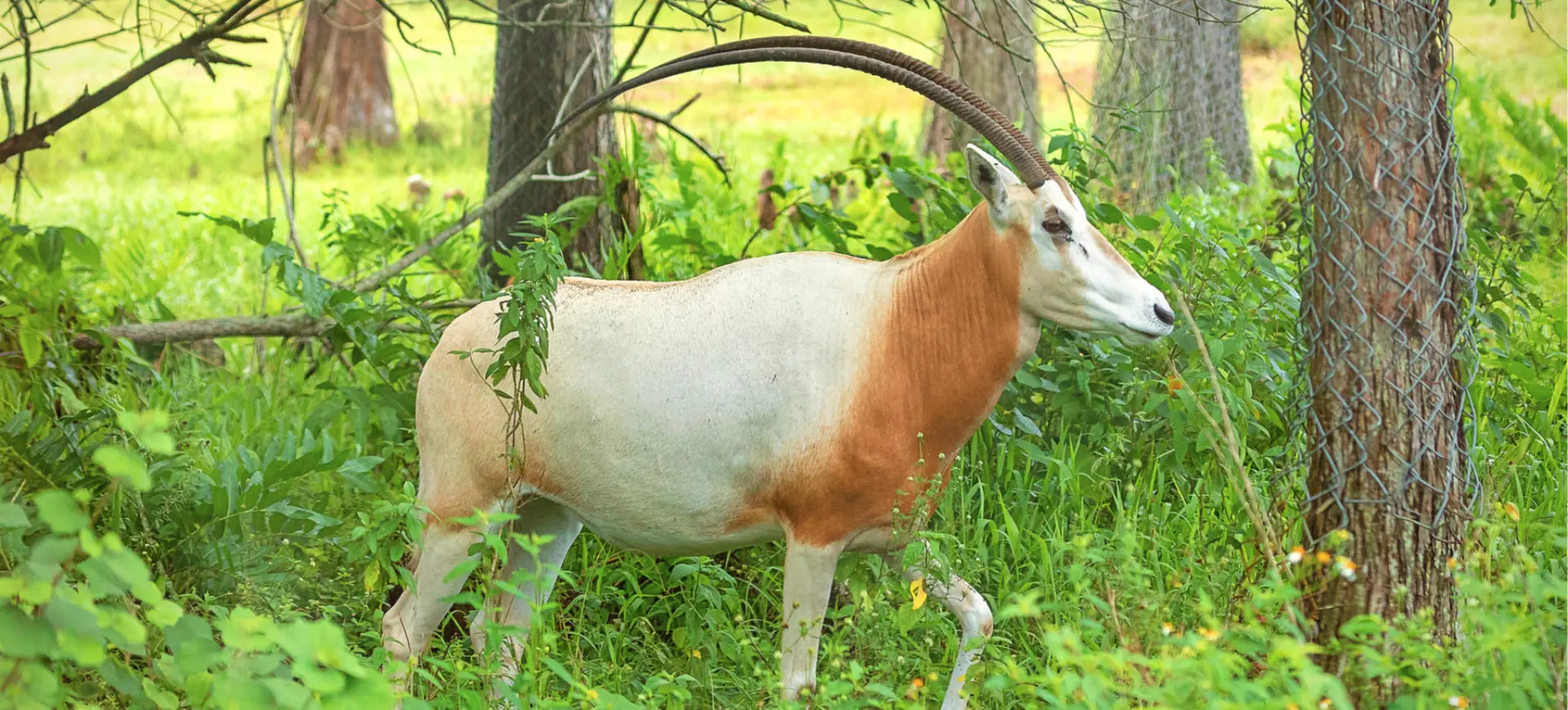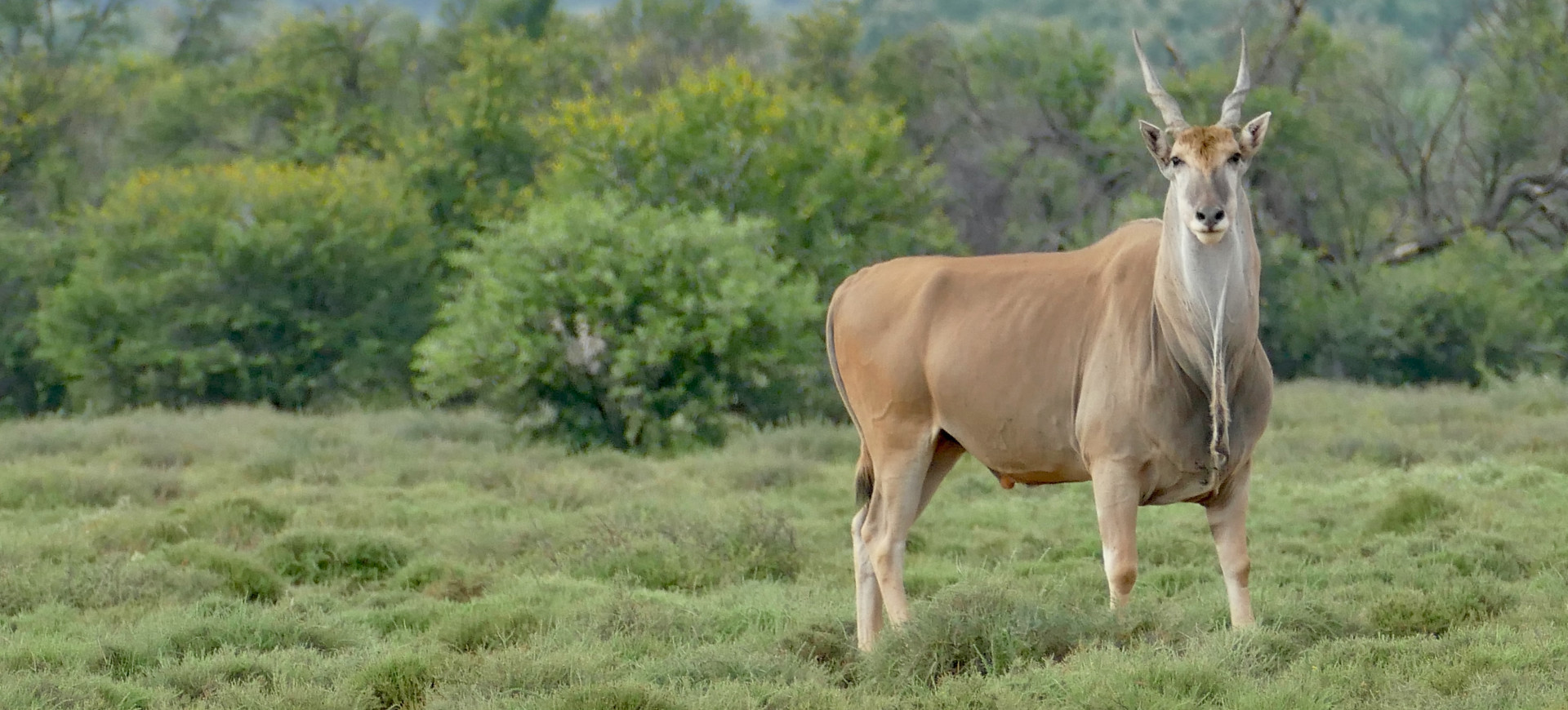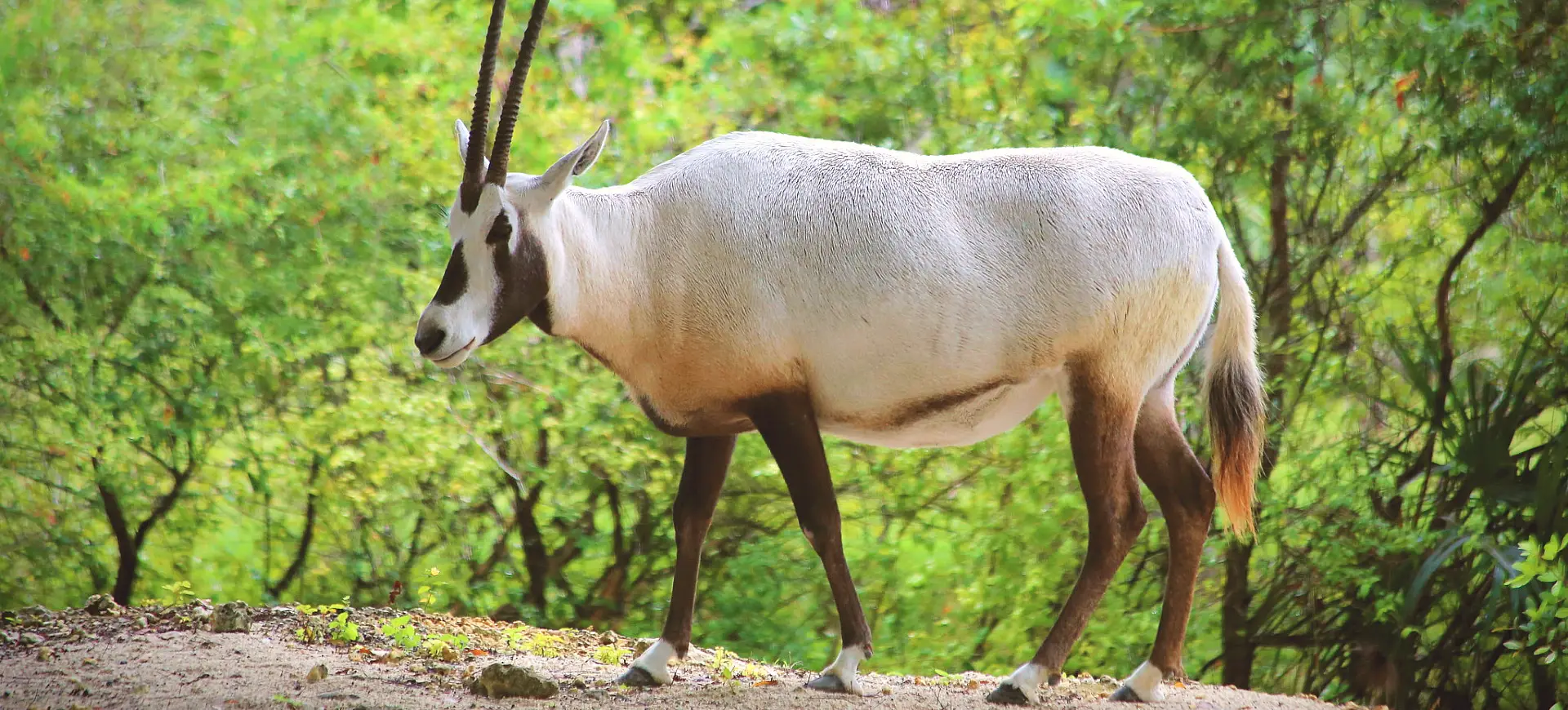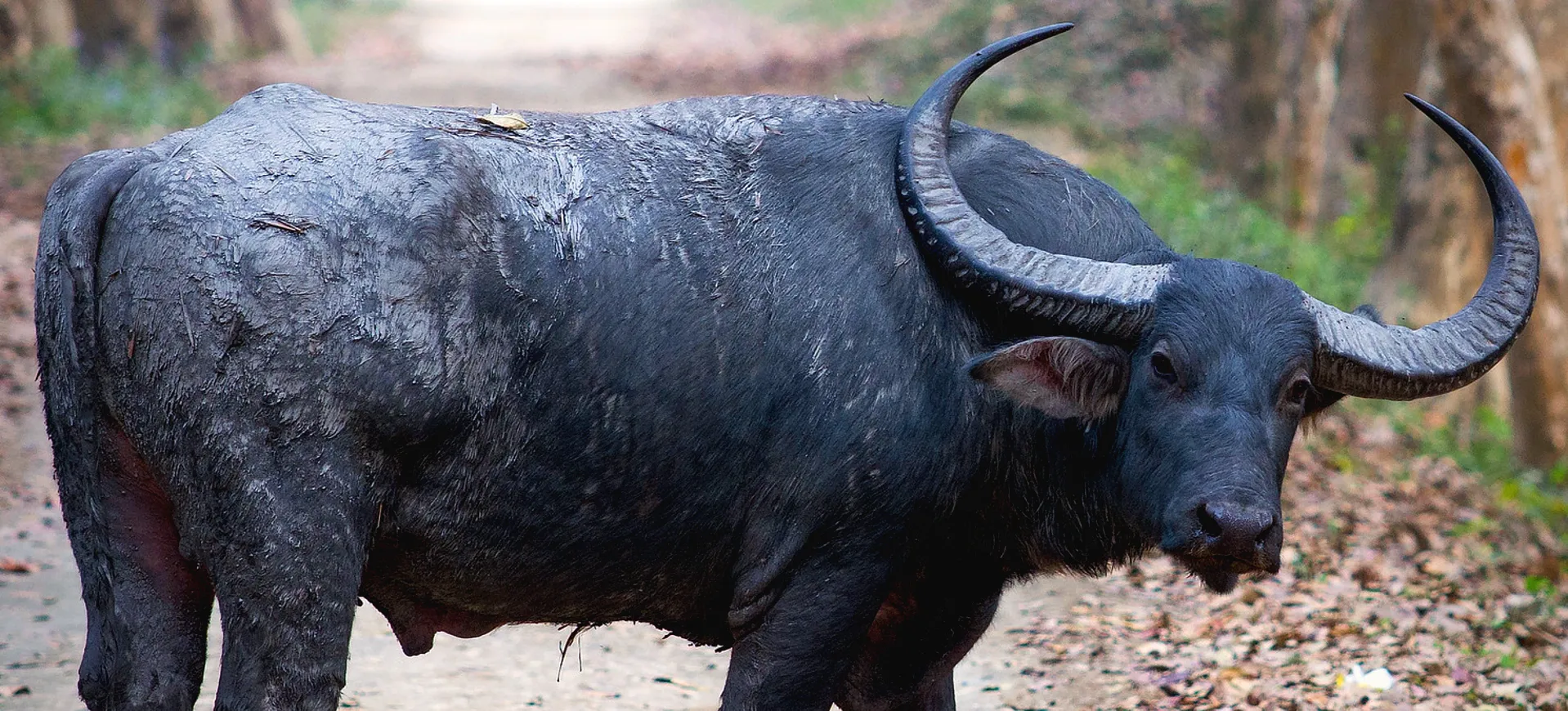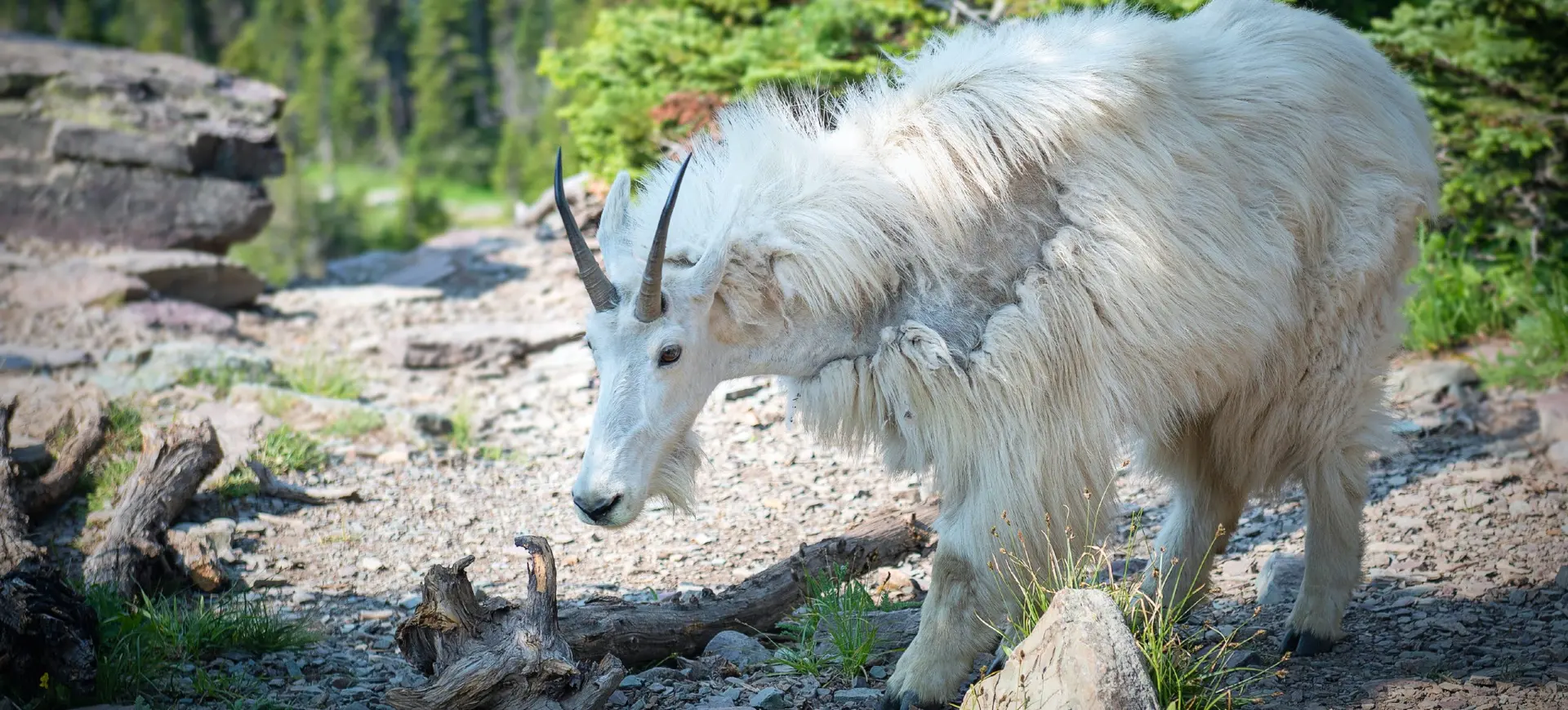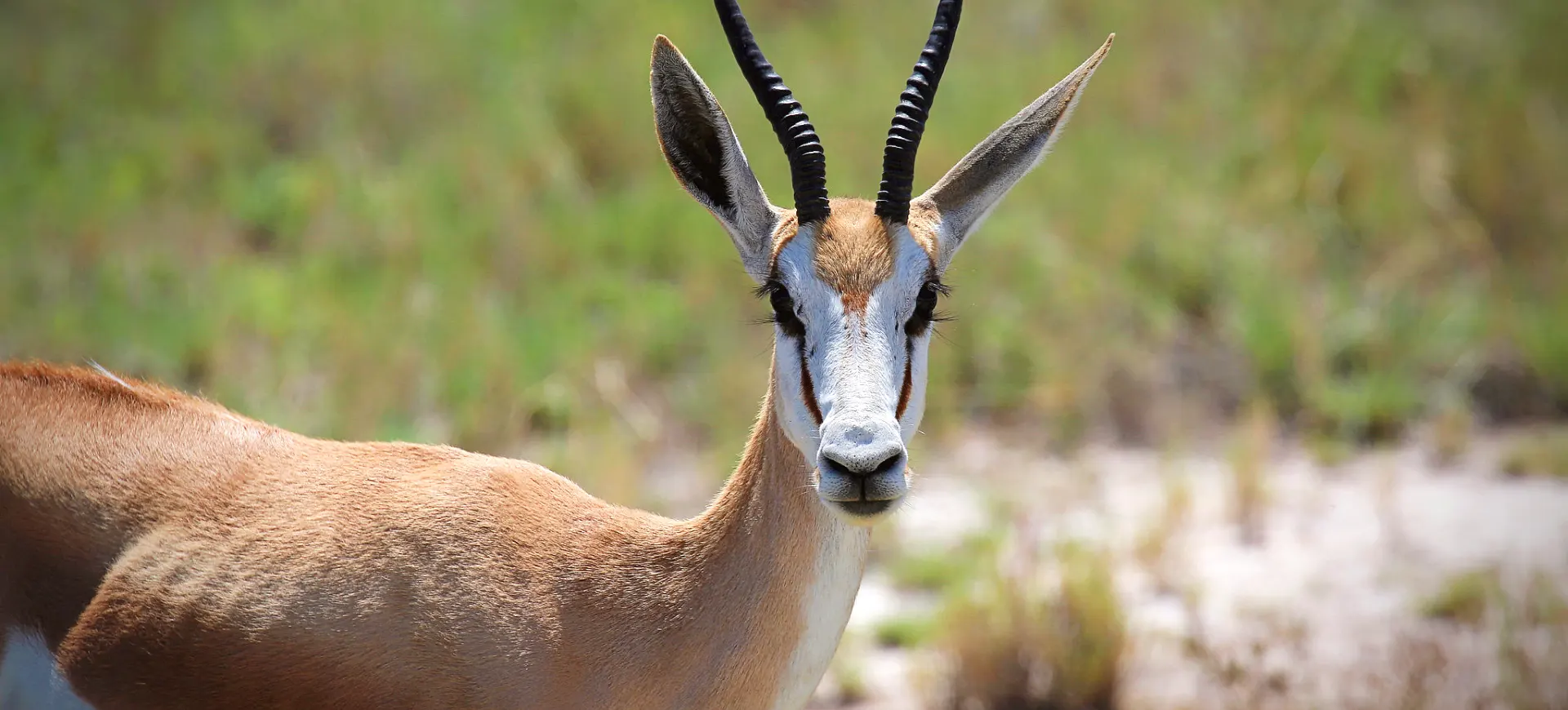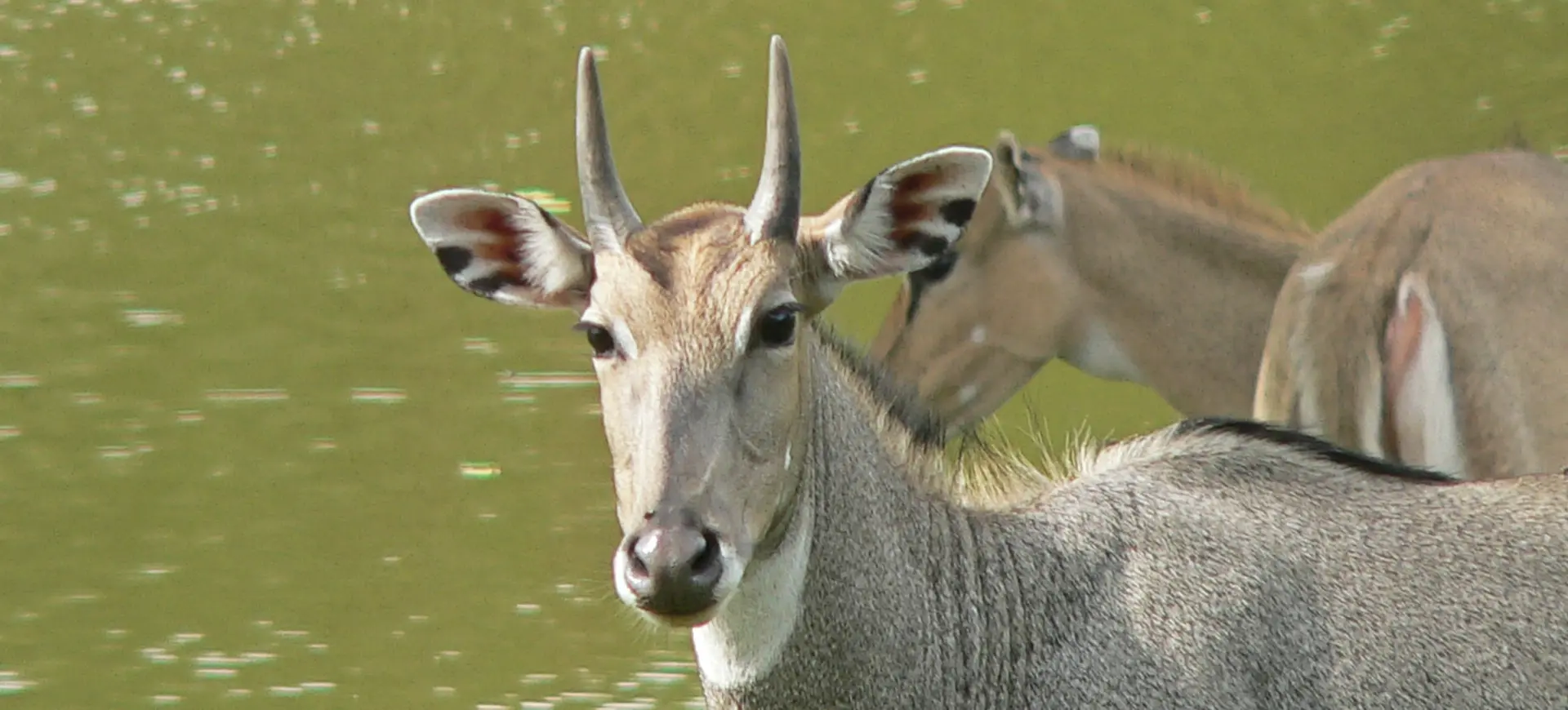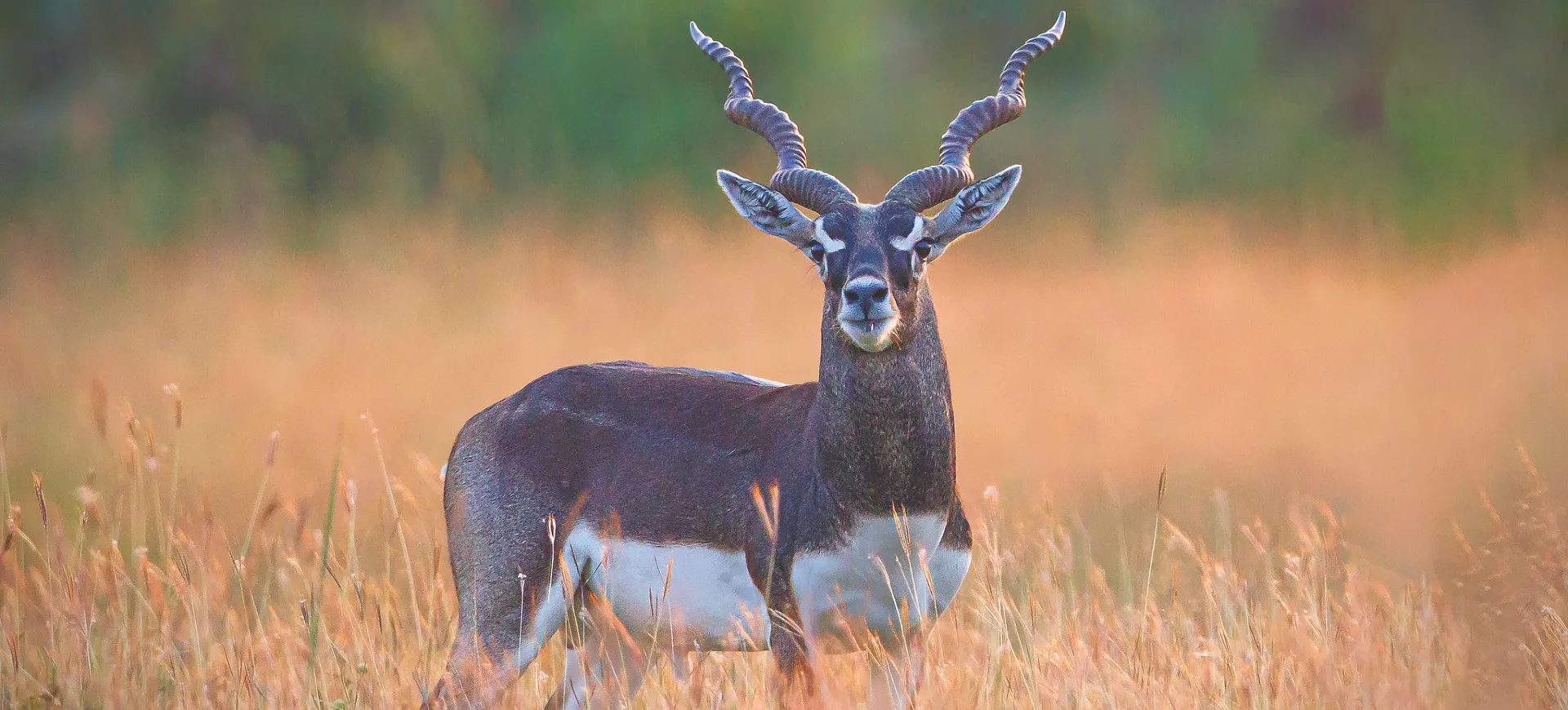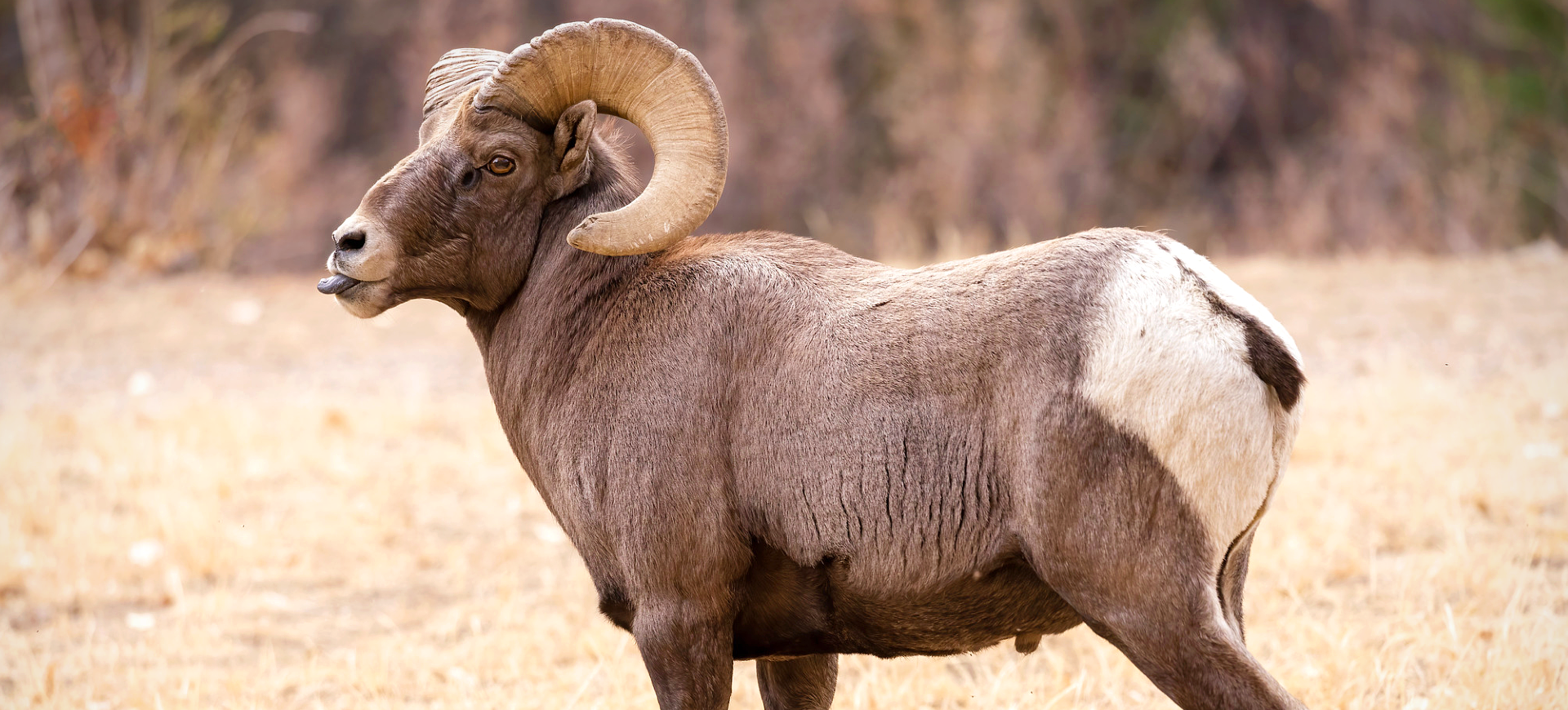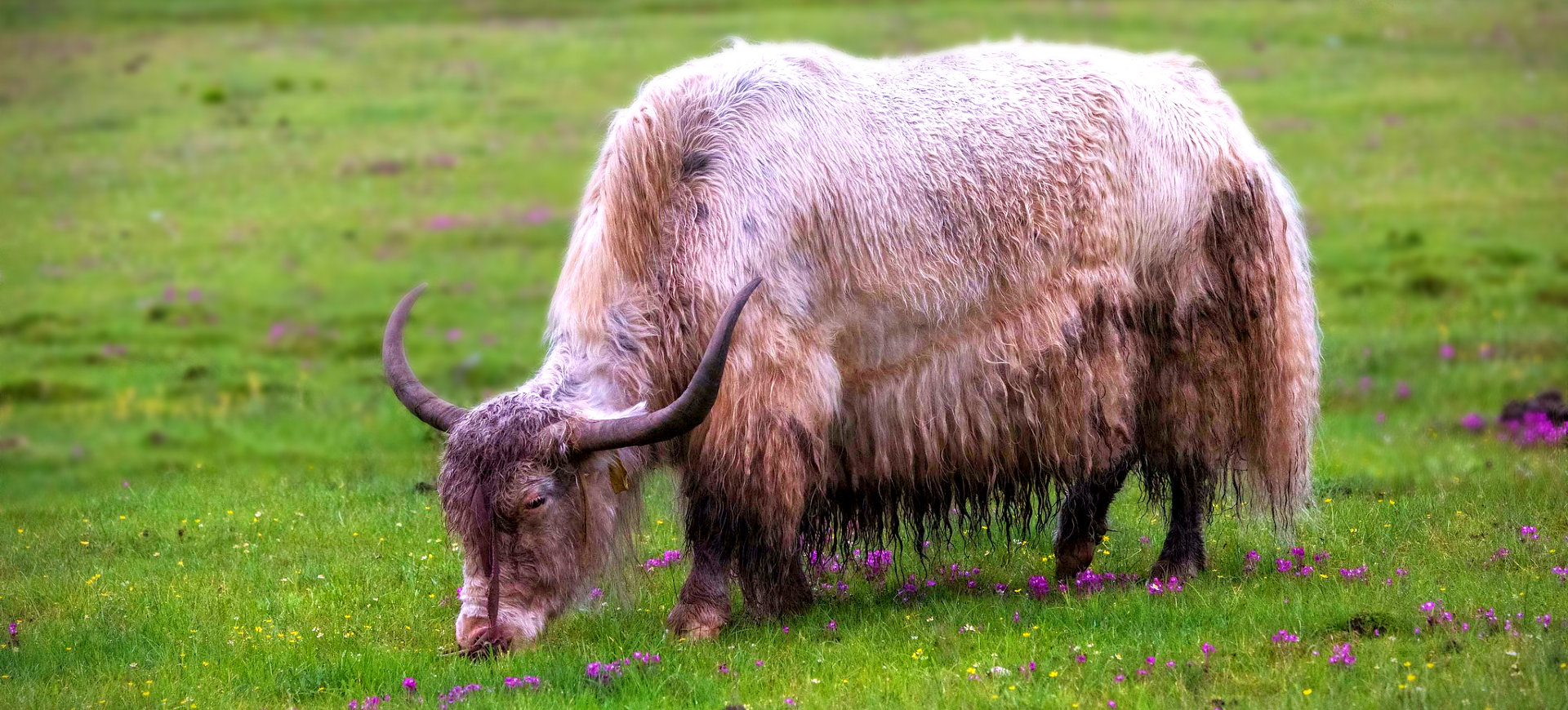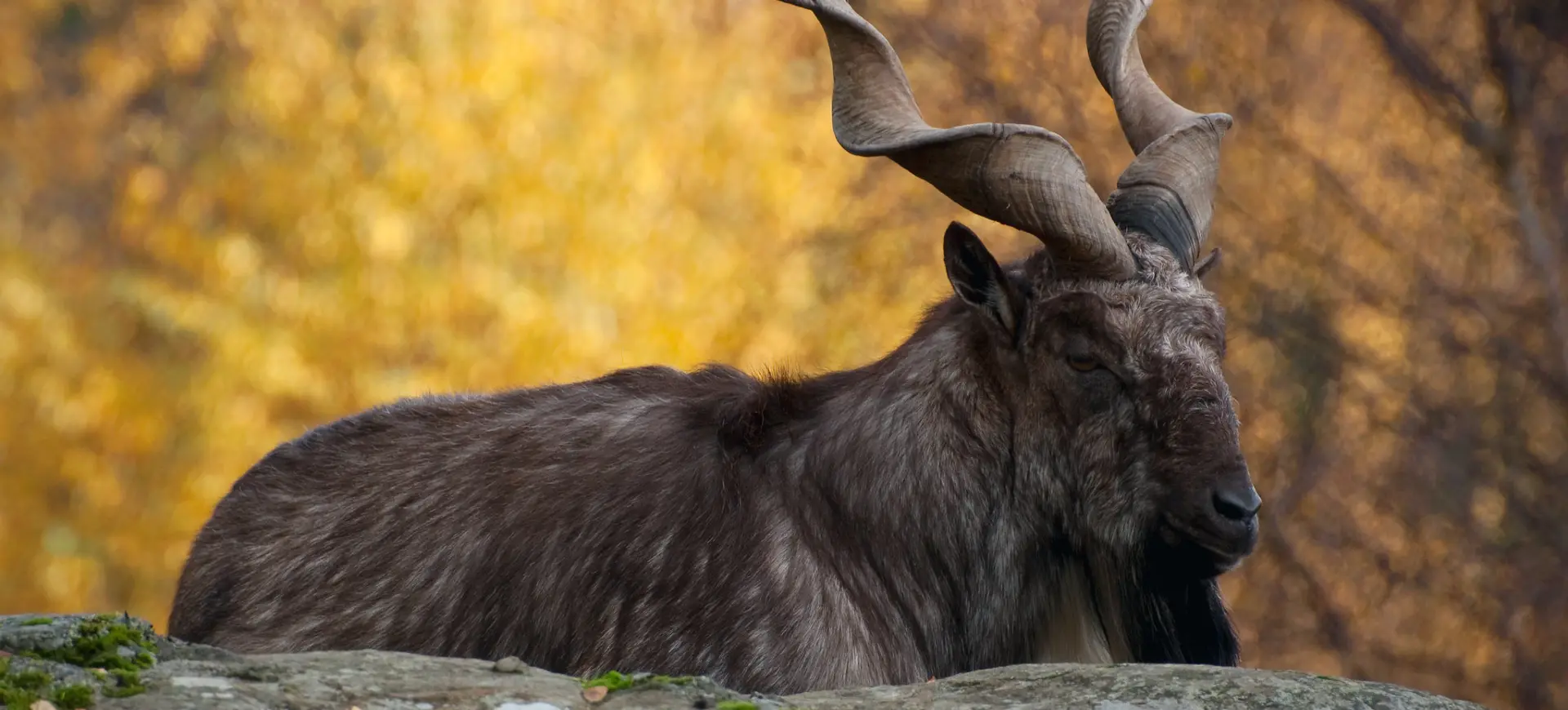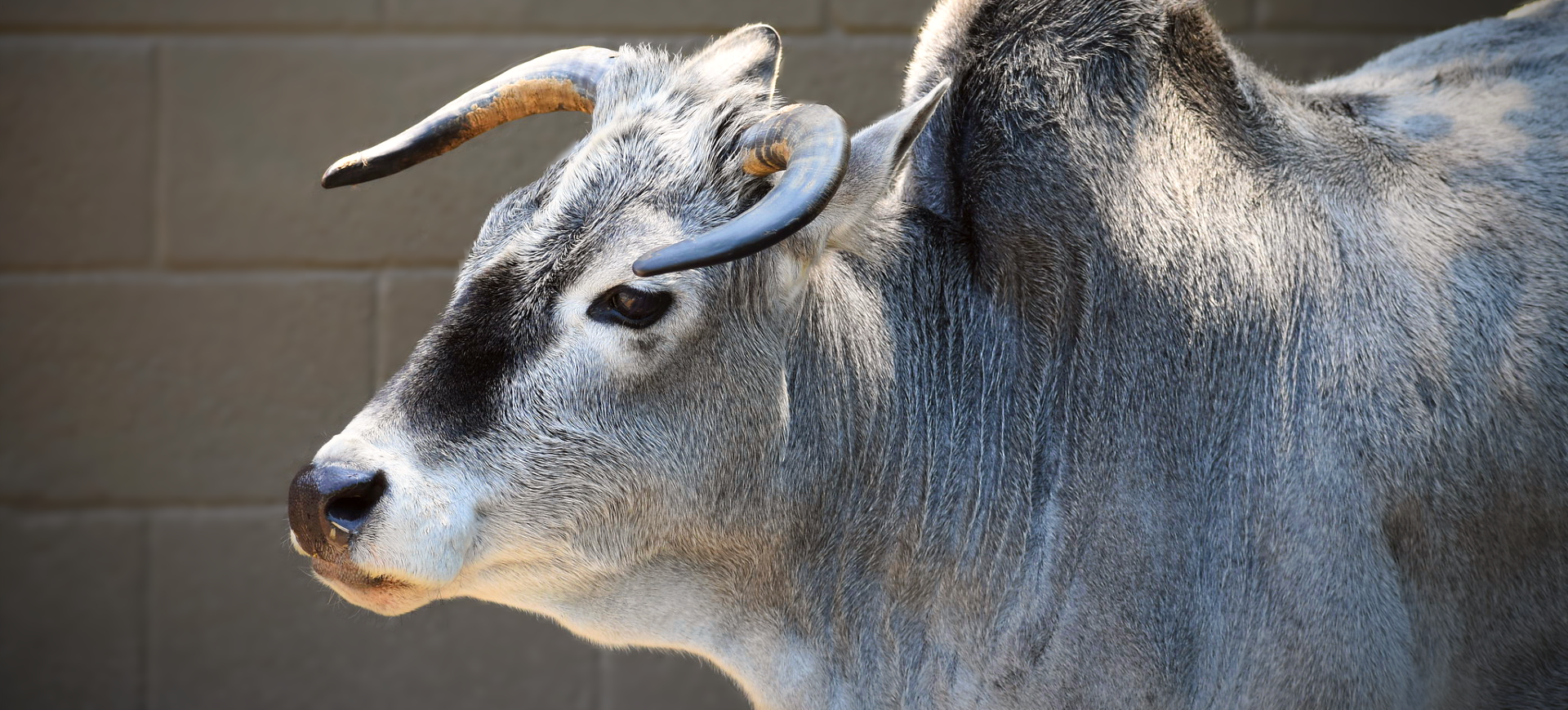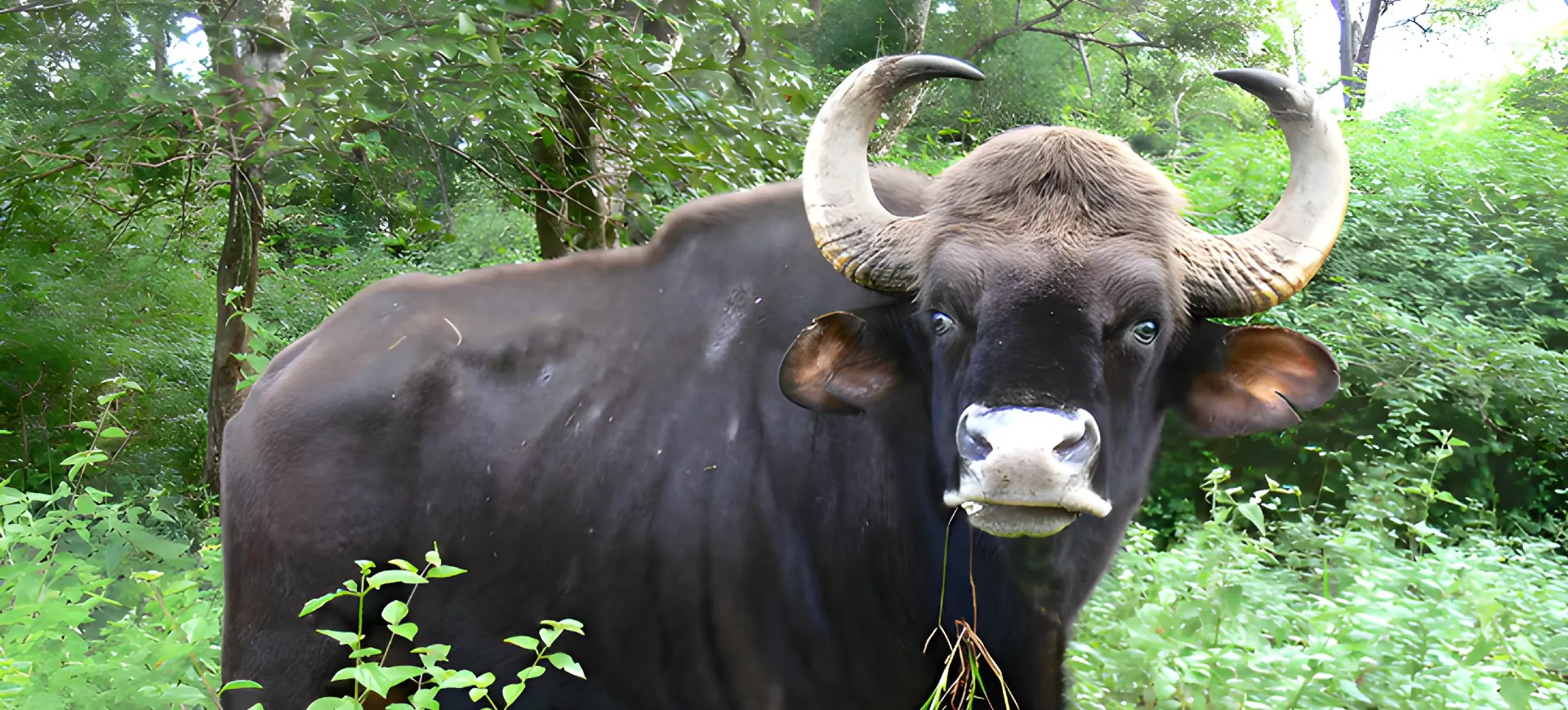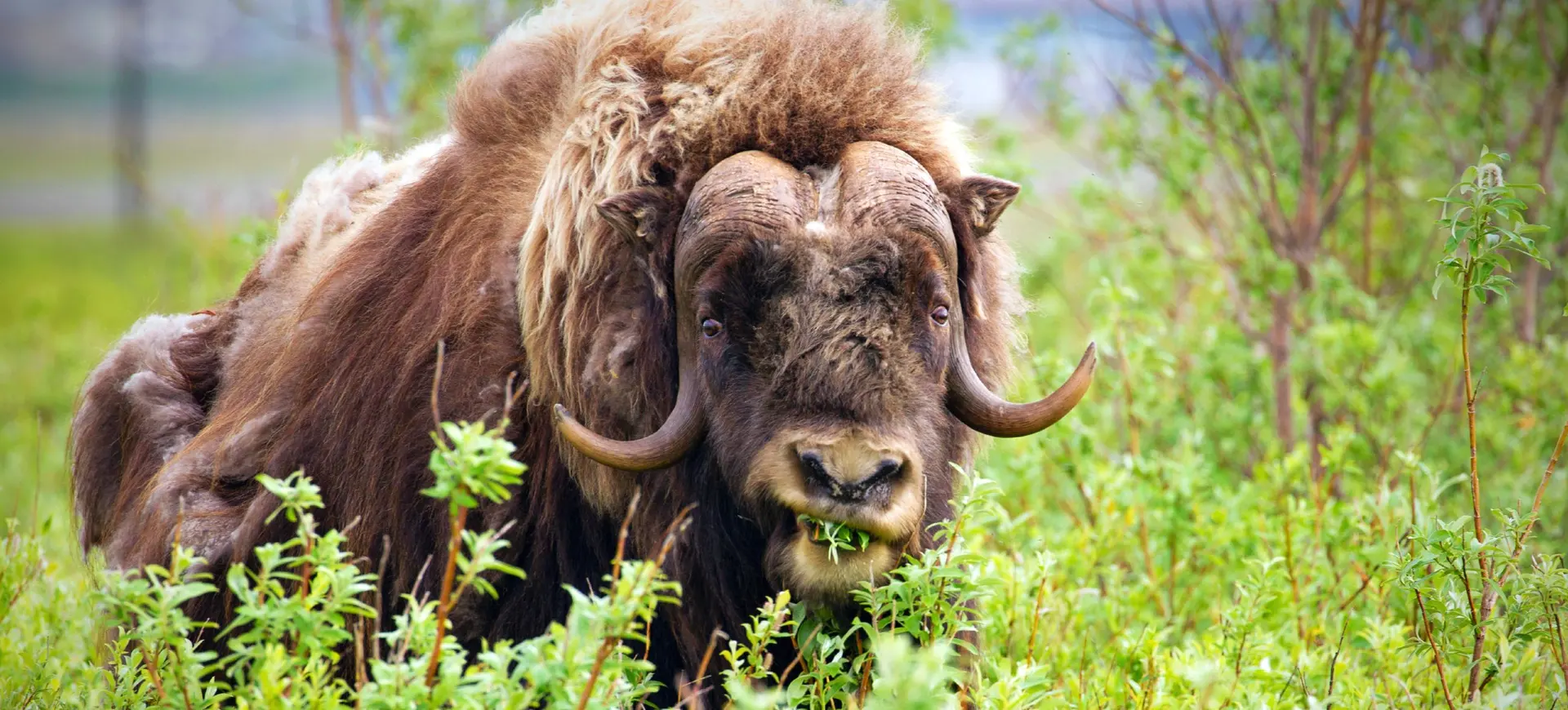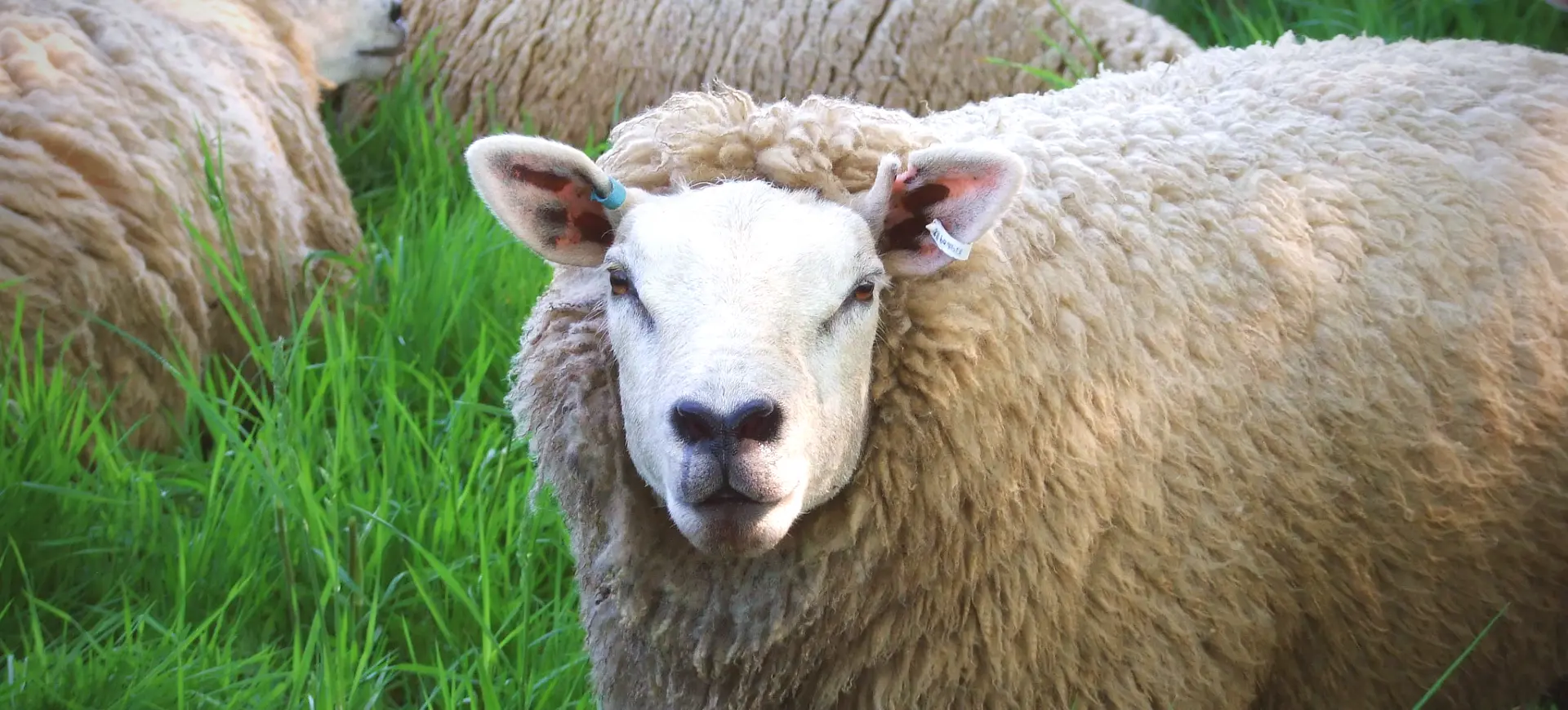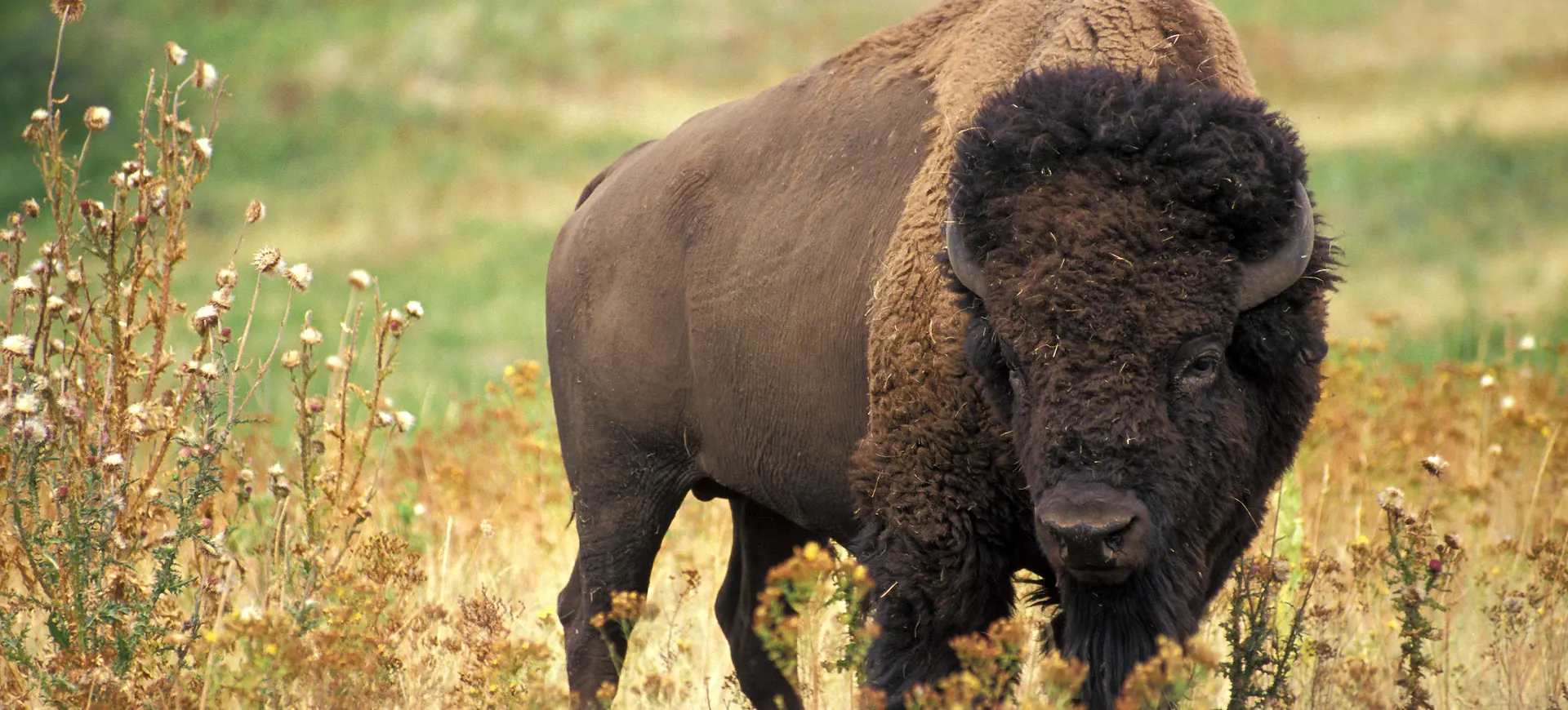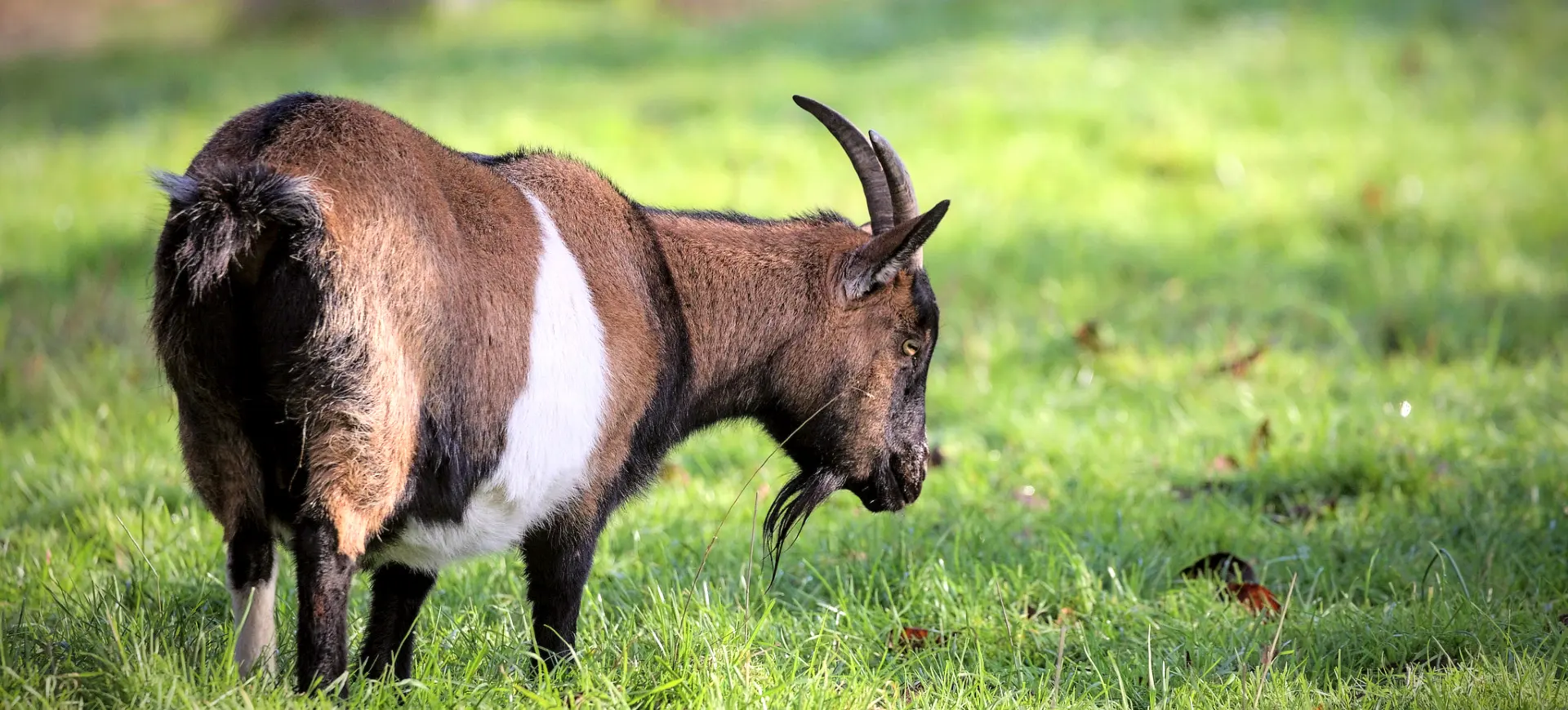Overview
The Yellow-backed Duiker, scientifically known as Cephalophus silviculture, is a notable species within the Duiker family. This medium-sized antelope is distinguished by its prominent yellow patch of fur on its back, which becomes more pronounced when the animal is alarmed or excited. Adapted for a life in dense forests, the Yellow-backed Duiker has a robust and compact body, making it well-suited for navigating underbrush. Its coloration, predominantly brown with a varying degree of darkness, provides excellent camouflage in its natural habitat, aiding in evasion from predators.
The species is known for its shy and elusive nature, often hidden within the forest understory. Yellow-backed Duikers are primarily solitary, although they occasionally form small groups, typically a monogamous pair or a mother with her offspring. Their behavior is crepuscular, being most active during dawn and dusk when they forage for food. The species has a varied diet, feeding on fruits, leaves, flowers, and small animals, making them important seed dispersers in their ecosystem.
As a species found across various African regions, the Yellow-backed Duiker exhibits some geographical variation in size and coloration. These variations, however, do not significantly alter the general appearance and behavior of the species across its range. The species plays a significant ecological role in its habitat, impacting vegetation and small animal populations through its foraging habits.
Taxonomy
Kingdom
Phylum
Class
Order
Family
Genus
Species
Sub Species
Type
Physical Description:
The Yellow-backed Duiker is characterized by a robust and somewhat stocky body, short legs and a rounded back. Adult individuals typically display a rich brown coat, with a distinctive yellow patch on the back varying in intensity among individuals. The head is relatively small compared to the body, with short, pointed horns present in both males and females, although they are more prominent in males. The animal’s face features a white underbelly and cheeks, contrasting with its darker overall coloration.
In terms of size, the Yellow-backed Duiker is one of the largest of the duiker species. Males and females are similar in size, with the males being slightly larger on average. The species’ compact and muscular build is an adaptation for quick movement through dense forest underbrush, aiding in escaping predators. The coat’s coloration provides excellent camouflage in the dappled light of its forest habitat.

Lifespan: Wild: ~10 Years || Captivity: ~17 Years

Weight: Male: 130-176 lbs (59-80 kg) || Female: 121-167 lbs (55-76 kg)

Length: Male: 50-63 inches (127-160 cm) || Female: 48-60 inches (122-152 cm)

Height: Male: 30-35 inches (76-89 cm) || Female: 28-33 inches (71-84 cm)

Top Speed: 30 mph (48 km/h)
Characteristic:
Native Habitat:
Yellow-backed Duikers inhabit the dense rainforests of Central and Western Africa. They are well-adapted to life in these environments, where thick underbrush and a multilayered canopy create a complex habitat. The species is also found in gallery forests and forest-savanna mosaics, showcasing its adaptability to various forested environments. The dense vegetation provides essential cover and food resources for the Yellow-backed Duiker.
The availability of water sources and food influences the species’ distribution in these habitats. Yellow-backed Duikers are generally found near streams or other water bodies, crucial for the hydration and growth of the vegetation they feed on. The duiker’s preference for forest habitats means that it is rarely found in open areas, and its presence is often an indicator of healthy forest ecosystems.
Climate Zones:
Biomes:
Biogeographical Realms:
Continents:
Countries:
Diet:
Diet & Feeding Habits:
The Yellow-backed Duiker is an omnivorous species exhibiting a highly varied diet that includes fruits, leaves, flowers, and fungi. They are known to consume over 100 different plant species, making them key players in seed dispersal and forest regeneration. Additionally, these duikers supplement their diet with small animals such as insects, rodents, and birds, showcasing their opportunistic feeding behavior.
Yellow-backed Duikers play a crucial ecological role in their natural habitat through their feeding habits. Their preference for fallen fruits and their ability to digest seeds without destroying them contribute to seed dispersal, aiding forest growth and diversity. Their foraging behavior, which often involves digging and overturning soil, also helps nutrient cycling within the forest ecosystem. The species’ diet changes seasonally, depending on the availability of different food sources.
Mating Description:
The Yellow-backed Duiker has a polygynous mating system, where a male may mate with multiple females. However, monogamous pairings are common, with pairs forming strong bonds often seen together. Mating behavior in this species is not well-documented due to their secretive nature and the dense habitats they inhabit. Courtship and mating usually occur discreetly within the dense forest underbrush.
Females typically give birth to a single offspring after a gestation period of about seven to eight months. The newborn is hidden in dense vegetation for several weeks, with the mother returning regularly to nurse it. This strategy reduces the risk of predation on the vulnerable young. The offspring are weaned at around six months but may stay with the mother for up to two years, learning essential survival skills.
Reproduction Season:
Birth Type:
Pregnancy Duration:
Female Name:
Male Name:
Baby Name:
Social Structure Description:
The Yellow-backed Duiker is a solitary animal, occasionally seen in pairs or small family groups. Their social structure is not well understood, but like other duikers, they are believed to be territorial. They use scent markings to communicate and maintain territories.
Their solitary nature is likely an adaptation to living in dense forests, where visibility is low and resources are scattered. Interactions between individuals are mostly observed during mating or between mothers and their offspring. The species’ elusive behavior makes it difficult to study their social interactions in detail.
Groups:
Conservation Status:
Population Trend:
The Yellow-backed Duiker’s population is not precisely quantified due to their elusive nature and dense forest habitats, which make accurate surveys challenging. However, they are considered one of their range’s most widespread duiker species. Despite this, the species is experiencing a decline in certain areas, primarily due to habitat loss and hunting.
In regions where hunting is prevalent, particularly for bushmeat, the Yellow-backed Duiker’s numbers have significantly decreased. This hunting pressure is compounded by habitat destruction due to logging, agricultural expansion, and human settlement. These factors vary in intensity across the species’ range, with some populations being more affected than others.
Population Threats:
The primary threats to the Yellow-backed Duiker include habitat loss and hunting. Deforestation for timber, agriculture, and the expansion of human settlements have reduced their natural habitat, fragmenting populations and limiting their range. In addition, the species is heavily hunted for bushmeat, a practice that has increased with improved access to forests through logging roads.
Another significant threat is the illegal wildlife trade, where duikers are captured for pets or use in traditional medicine. This practice reduces wild populations and leads to a high mortality rate among captured individuals. Climate change is also a concern, as it can alter the composition and structure of forests, impacting the duiker’s food sources and habitat.
Conservation Efforts:
Conservation efforts for the Yellow-backed Duiker include habitat protection and anti-poaching measures. Many of their habitats fall within protected areas, such as national parks and wildlife reserves, where hunting is controlled or prohibited. These protected areas are crucial for the species’ survival, providing safe havens where populations can thrive.
In addition to protected areas, community-based conservation initiatives are being implemented. These involve local communities in conservation efforts, promoting sustainable practices that benefit wildlife and people. Education and awareness campaigns aimed at reducing bushmeat hunting and the illegal wildlife trade are also important.
Additional Resources:
Fun Facts
- When alarmed, the Yellow-backed Duiker can jump up to 6 feet in the air.
- They have prehensile lips, which help them grasp leaves and fruits.
- This species is the largest of all the duikers, a diverse group of African antelopes.
- They are known to occasionally consume charcoal from burned trees, a behavior thought to aid digestion.
- The distinctive yellow patch on their back becomes more pronounced when excited or alarmed.
- Yellow-backed Duikers have a unique way of resting, similar to dogs, by sitting on their haunches.
- They are capable of making a variety of sounds, including whistles and snorts, to communicate.
- Despite their size, they can move silently through dense forest underbrush.
- Infants are born with a reddish-brown coat, which darkens as they mature.
- These duikers are known to live up to 17 years in captivity, which is longer than their average lifespan in the wild.







